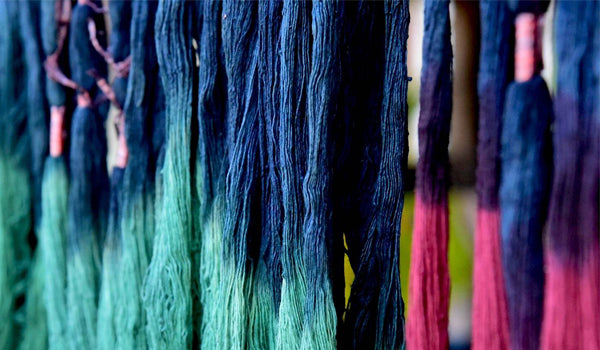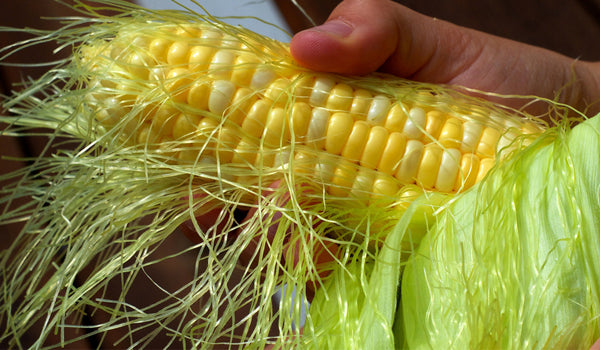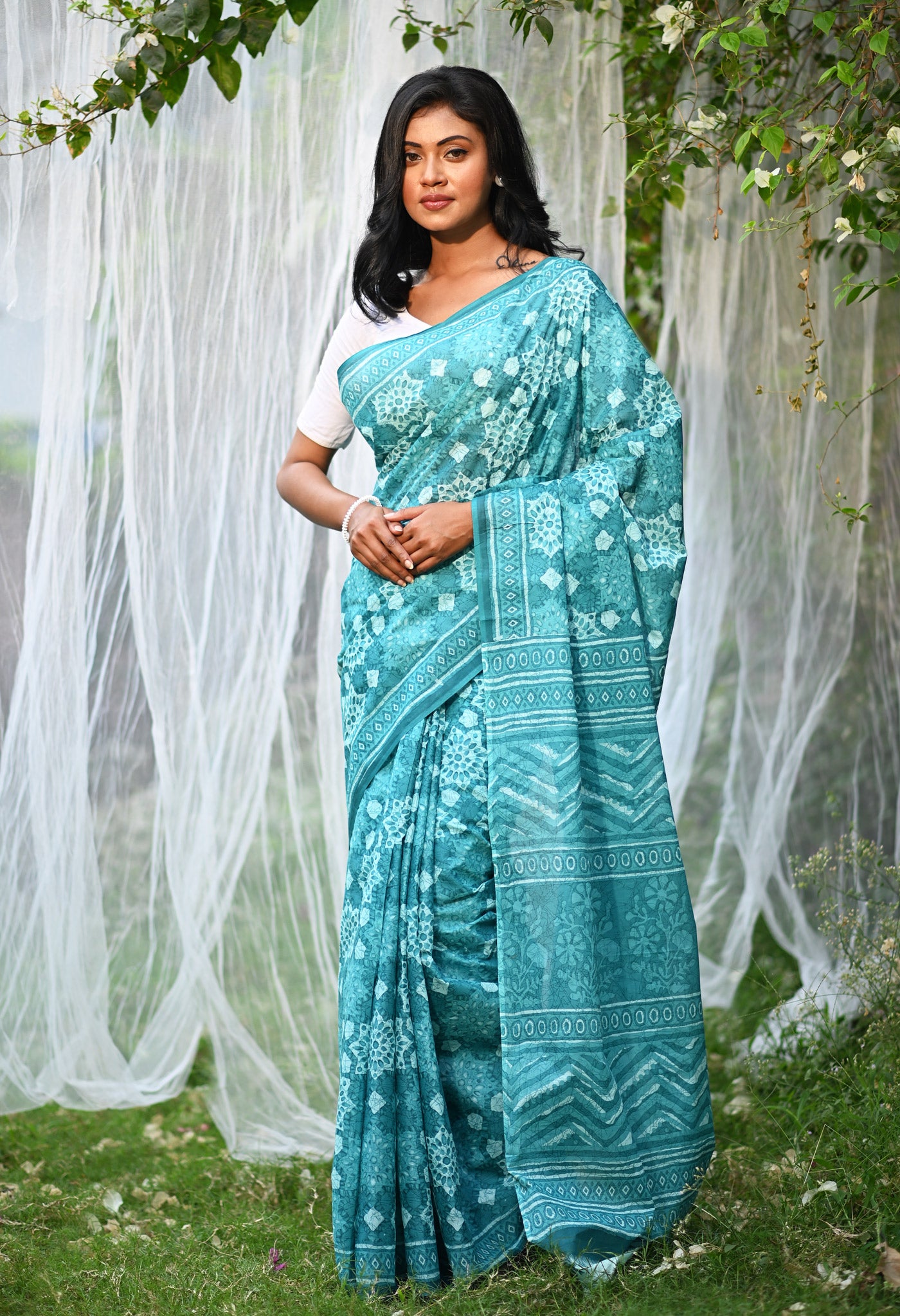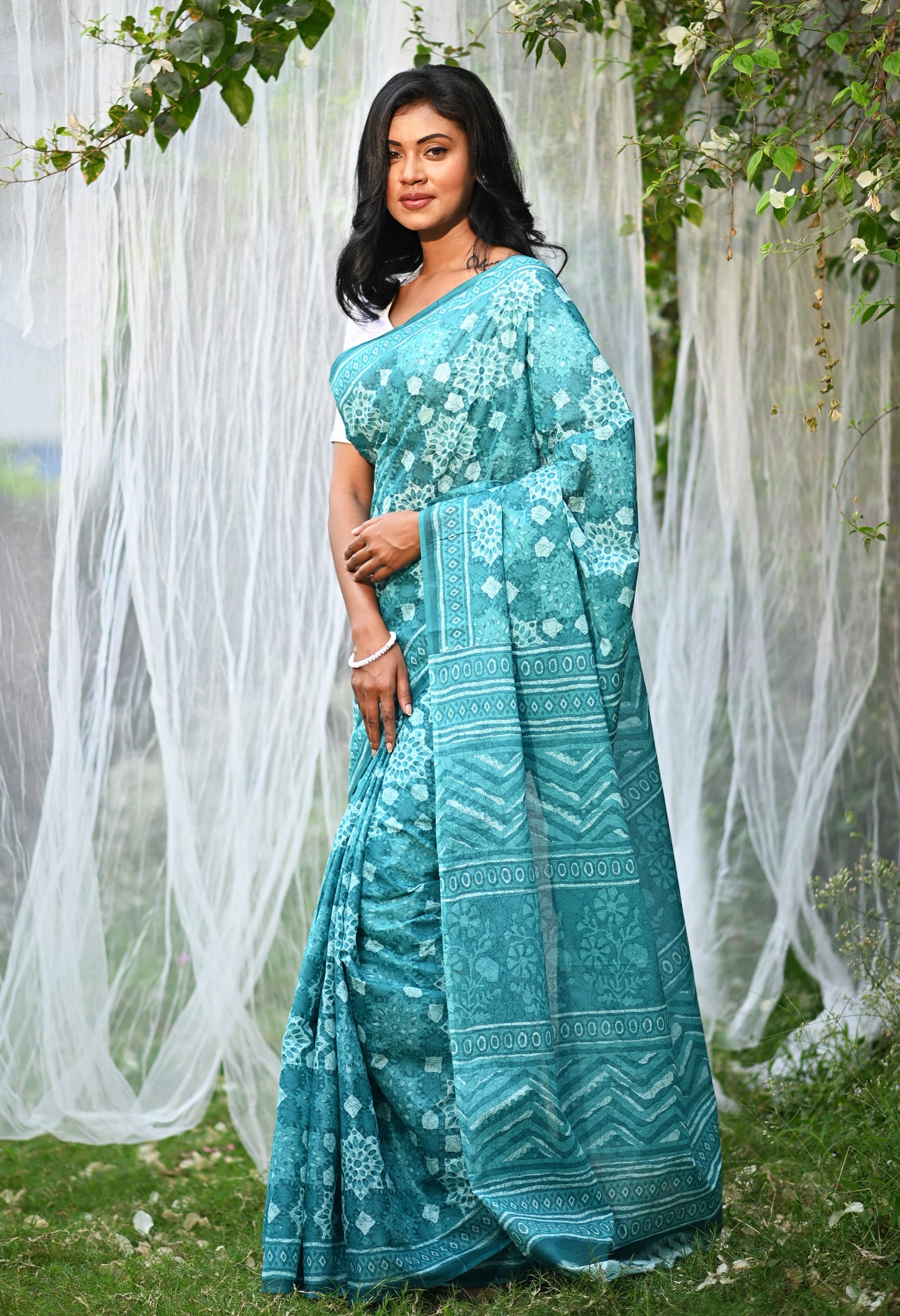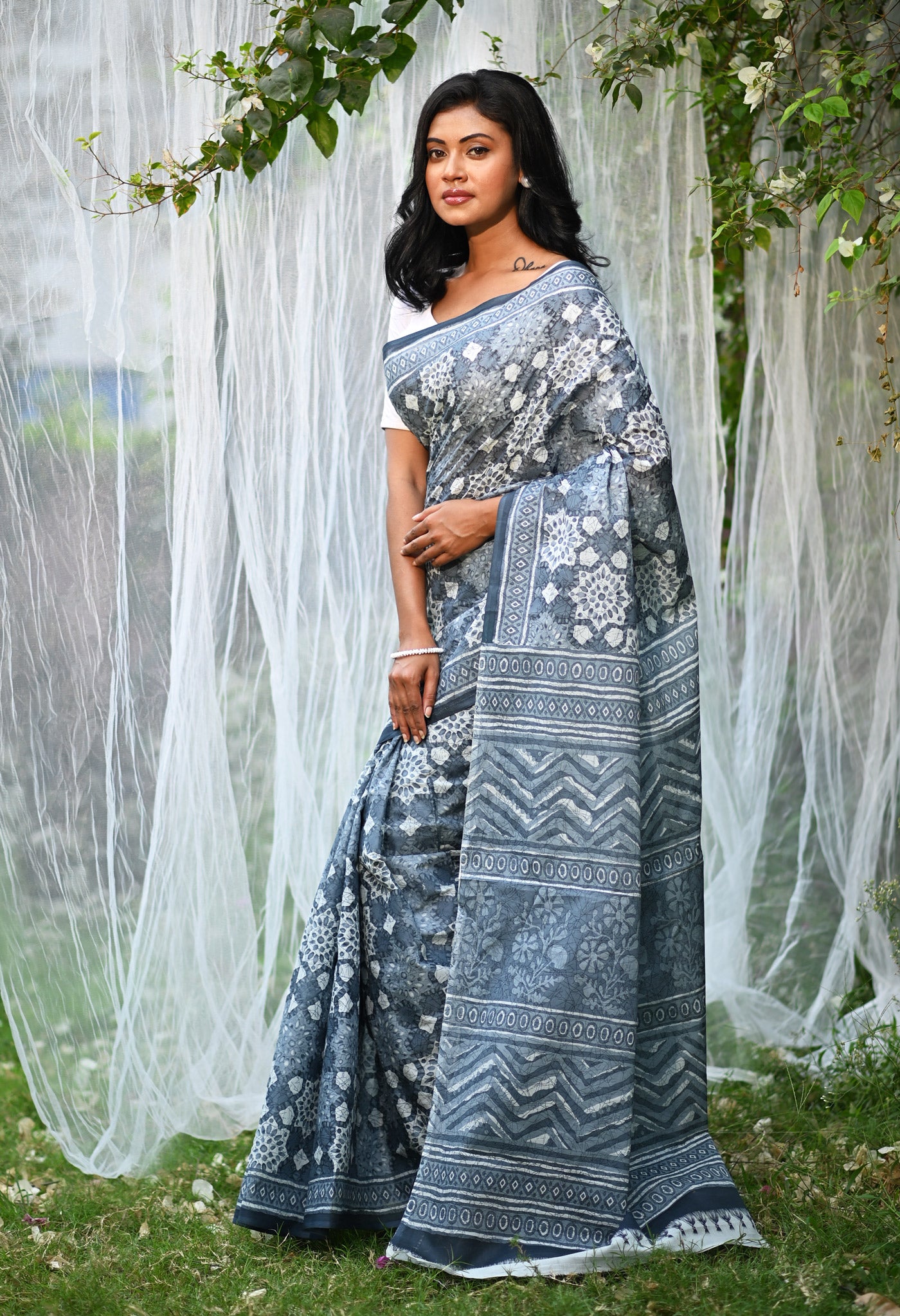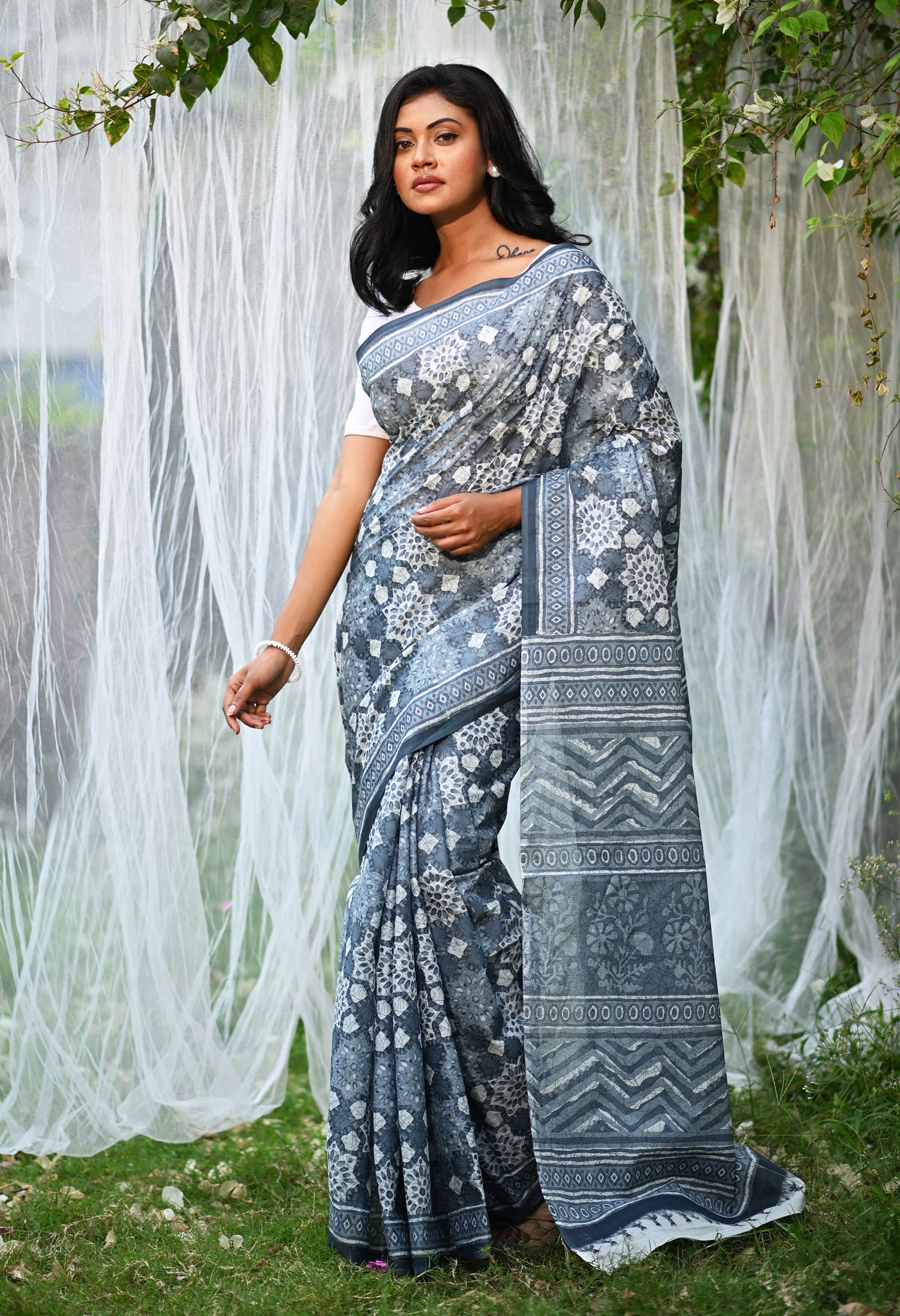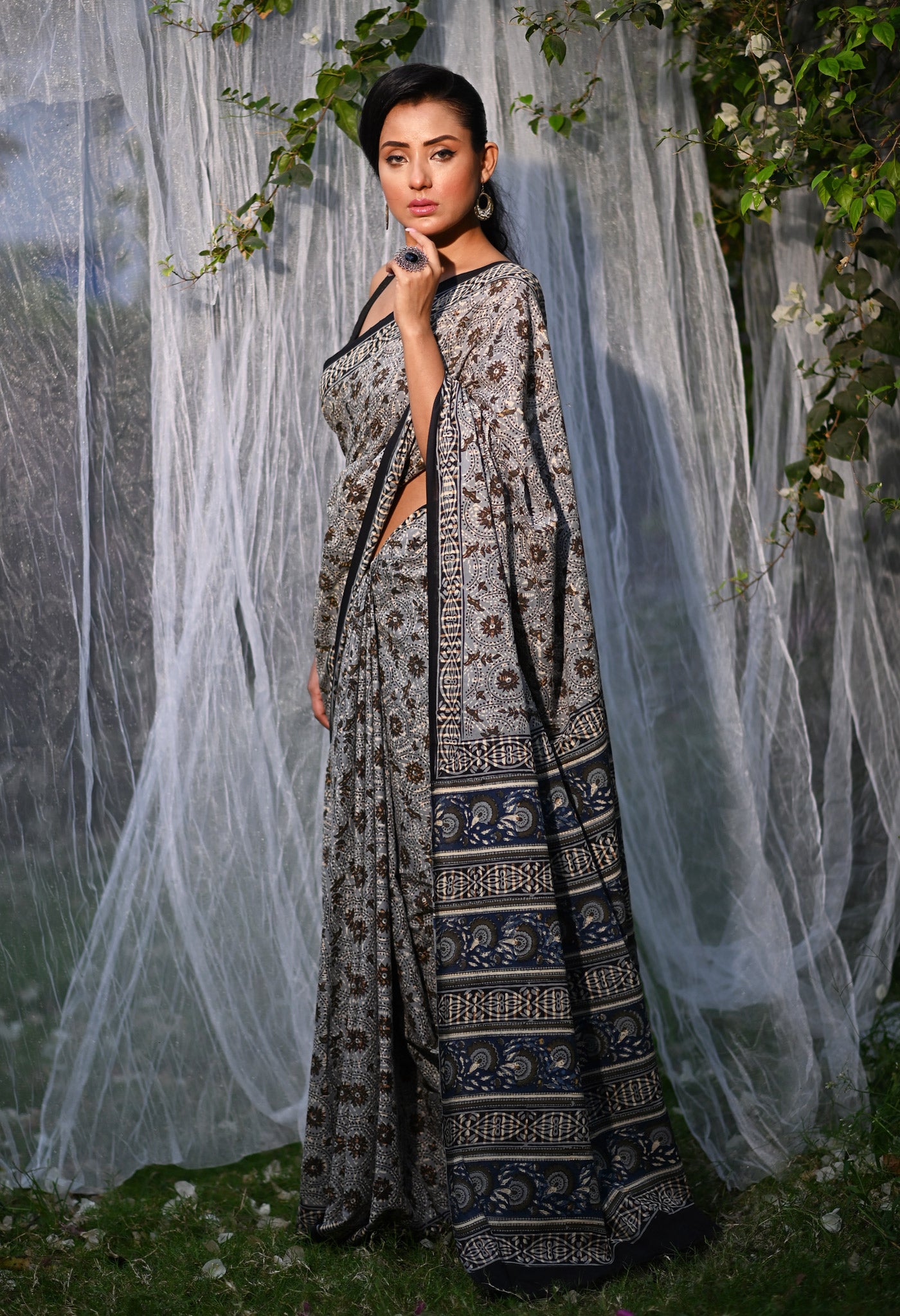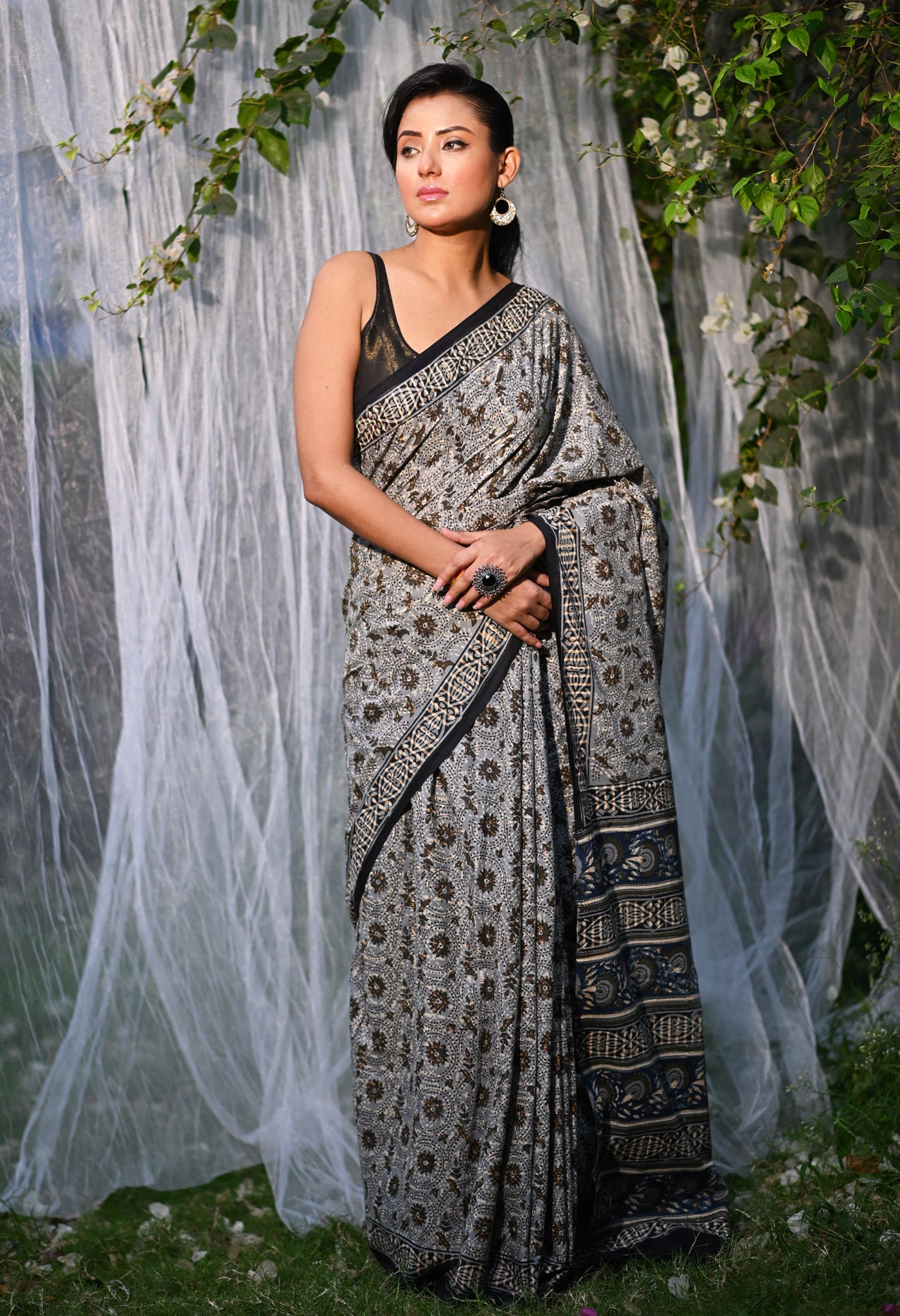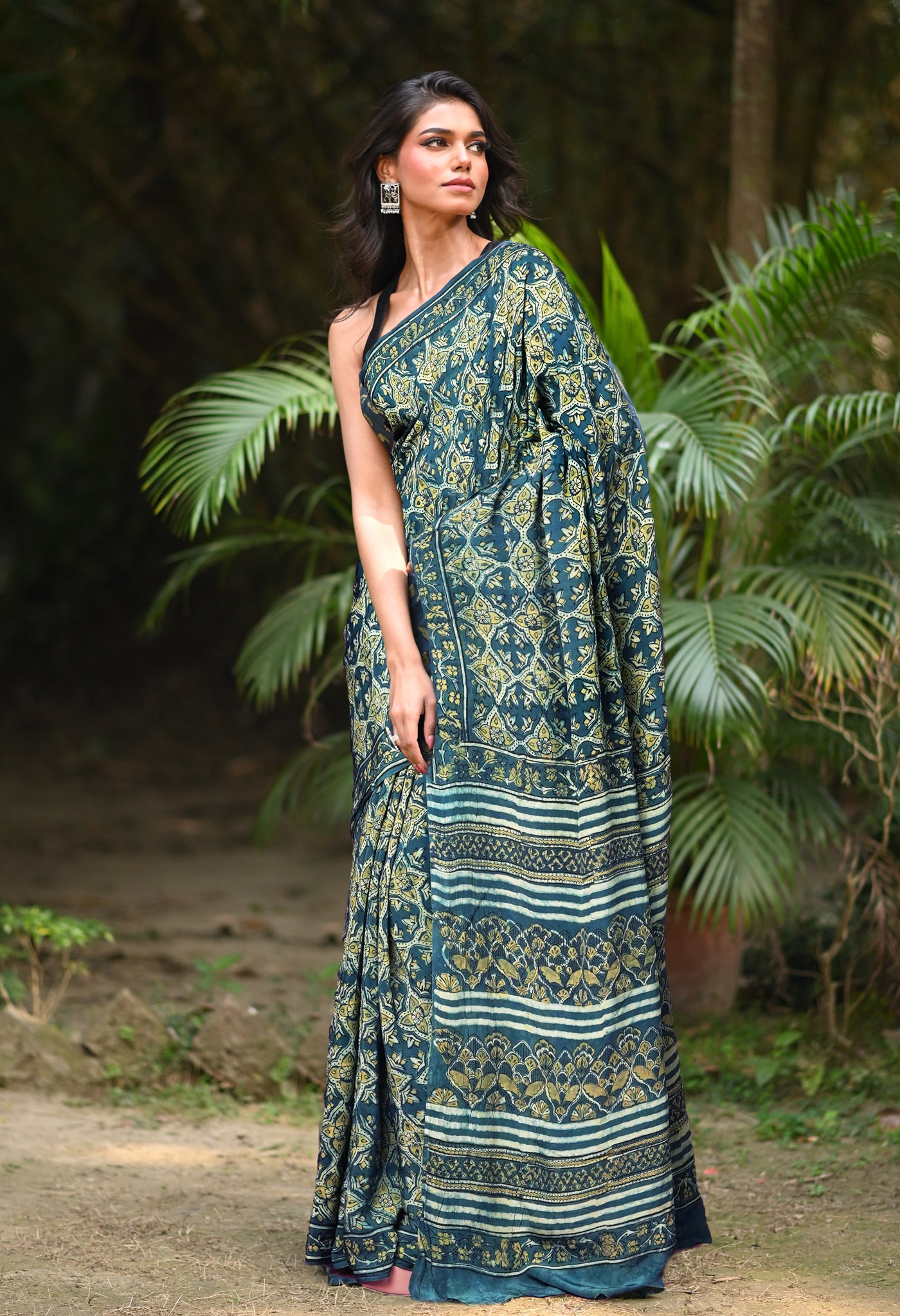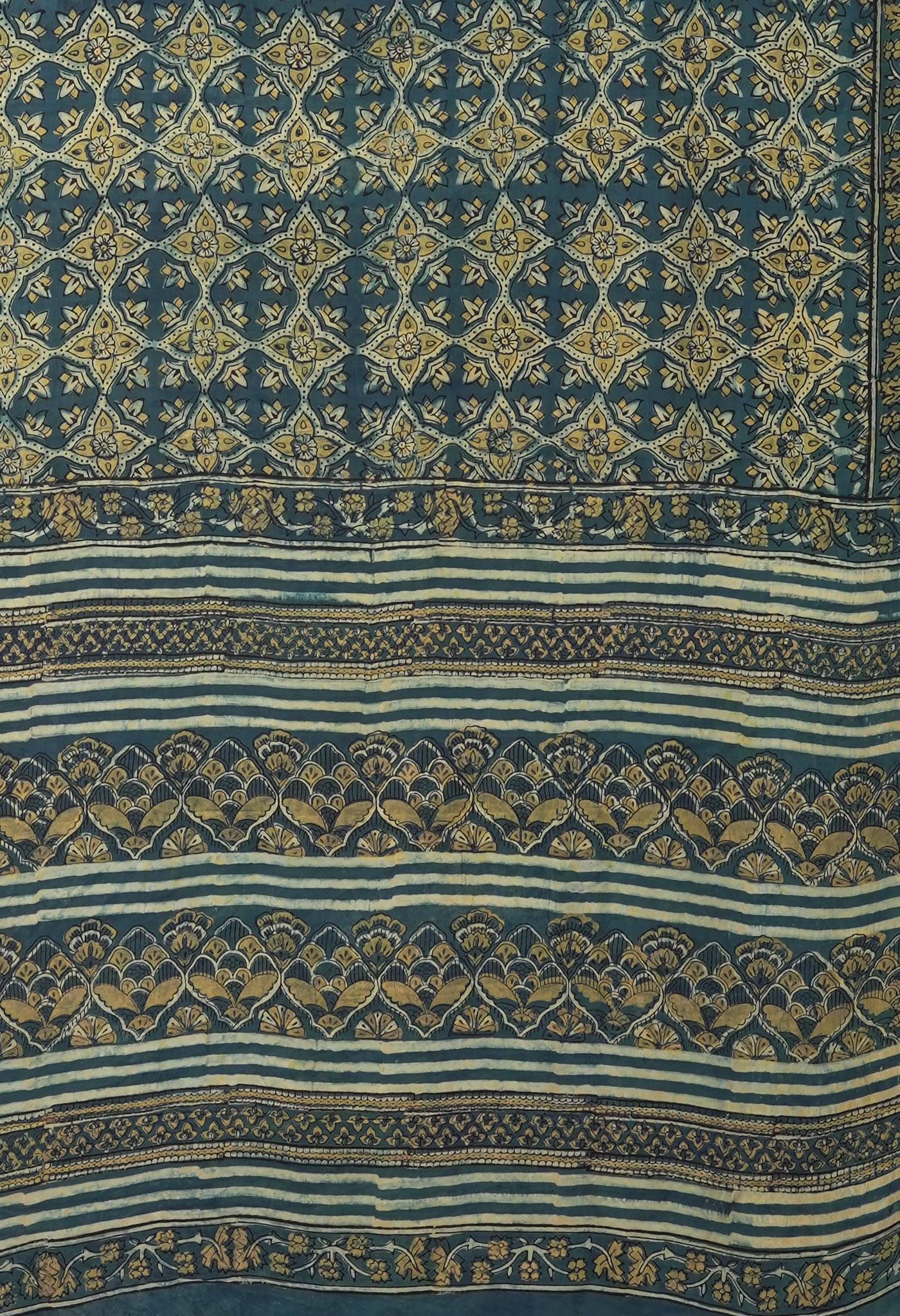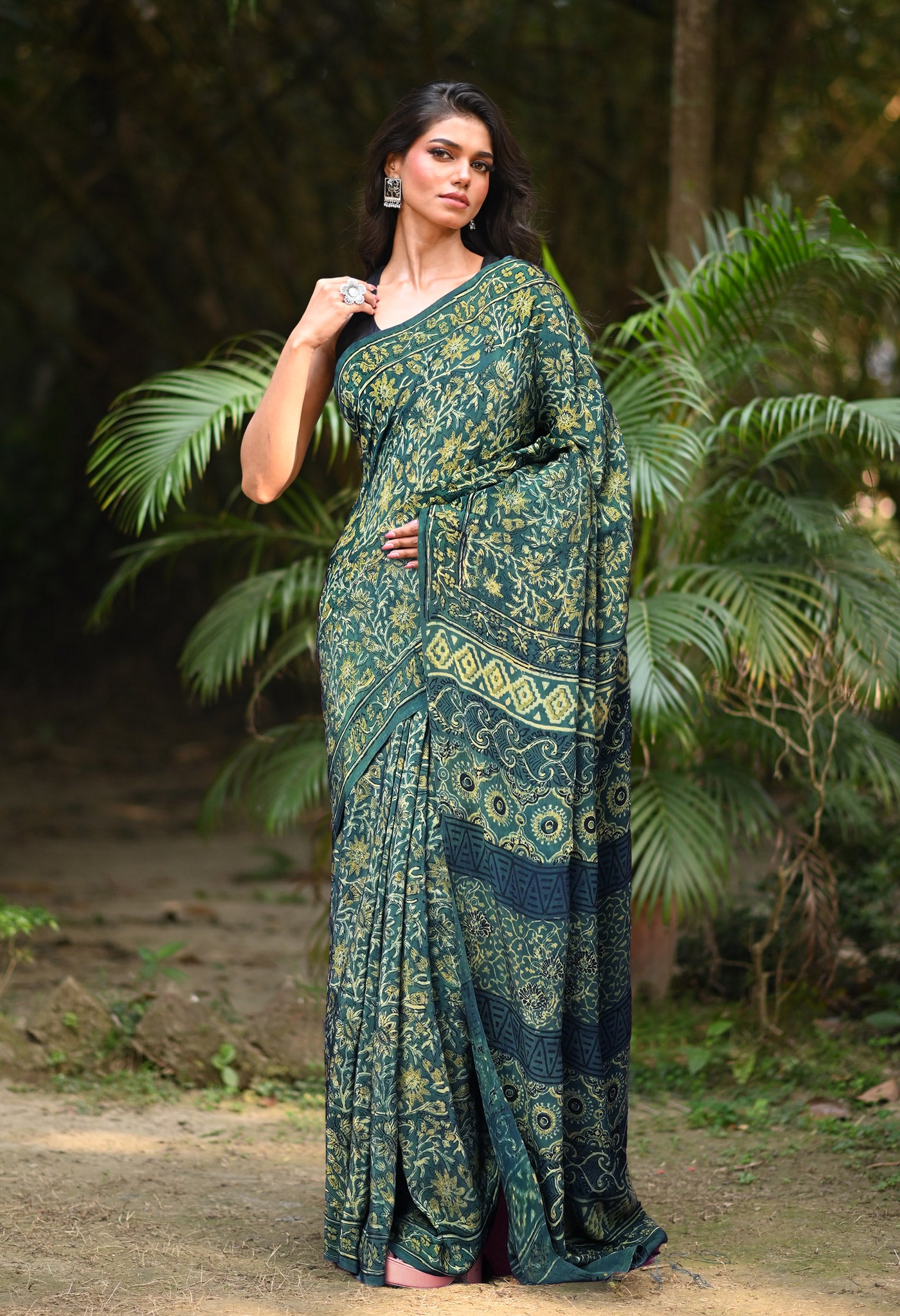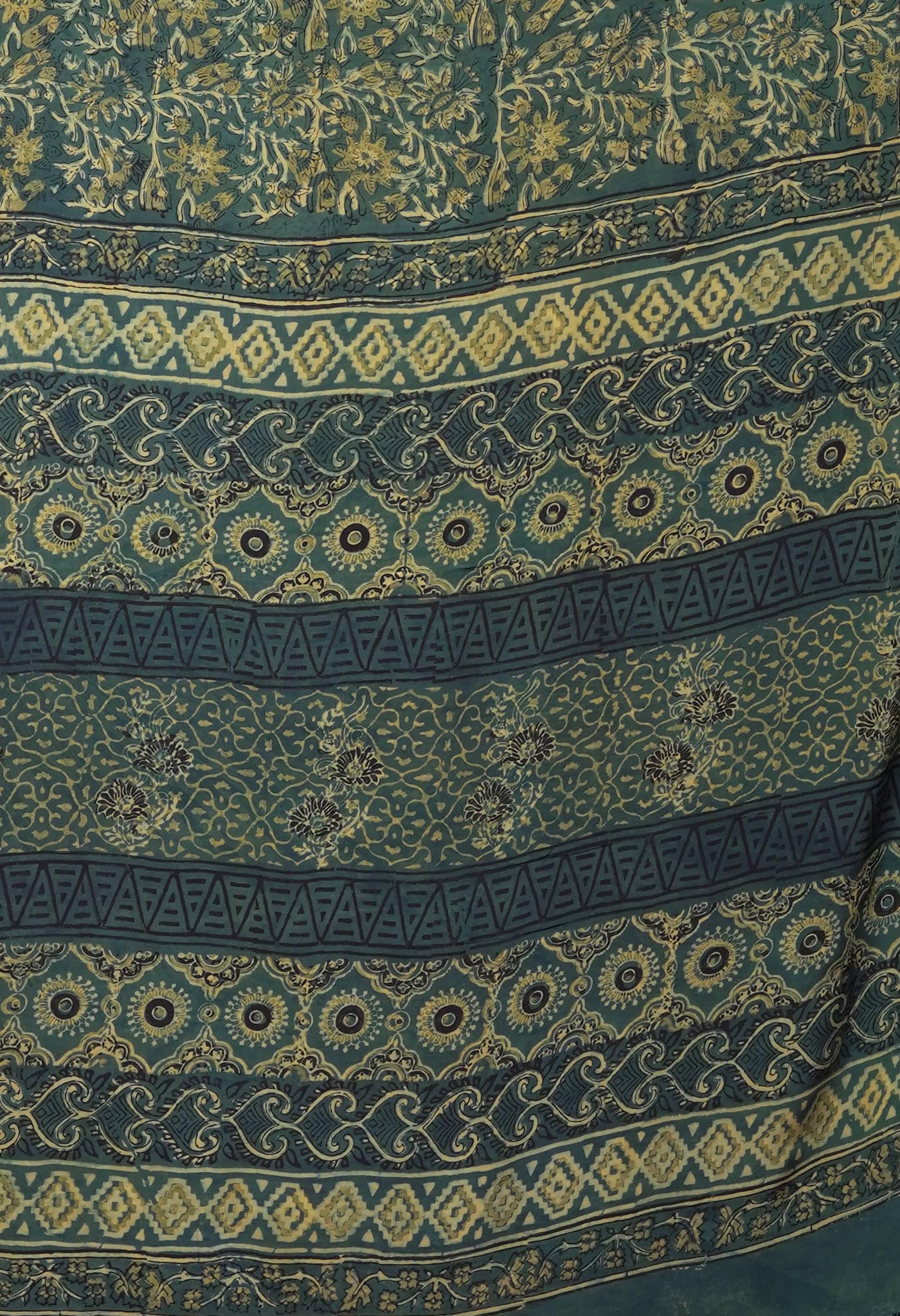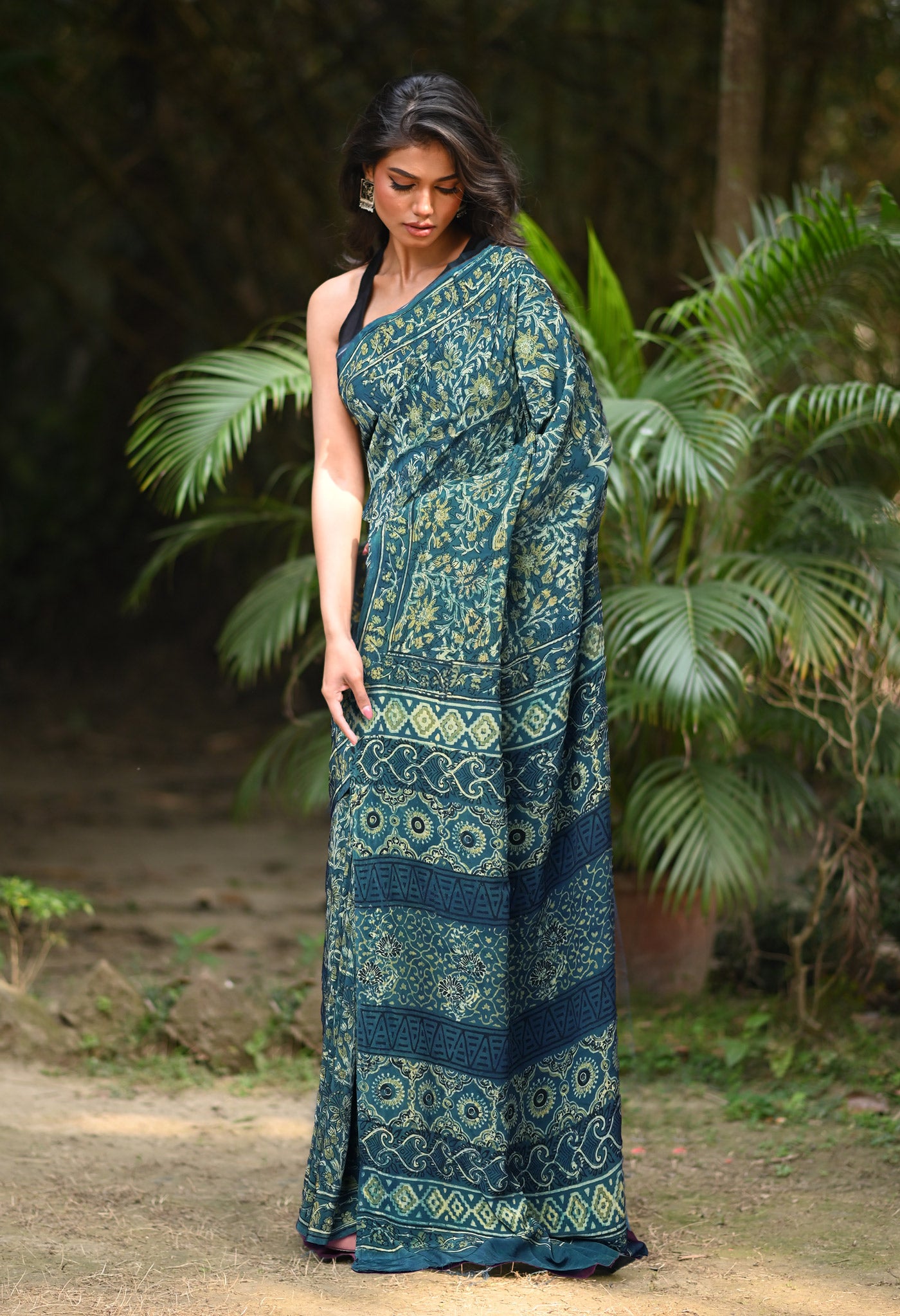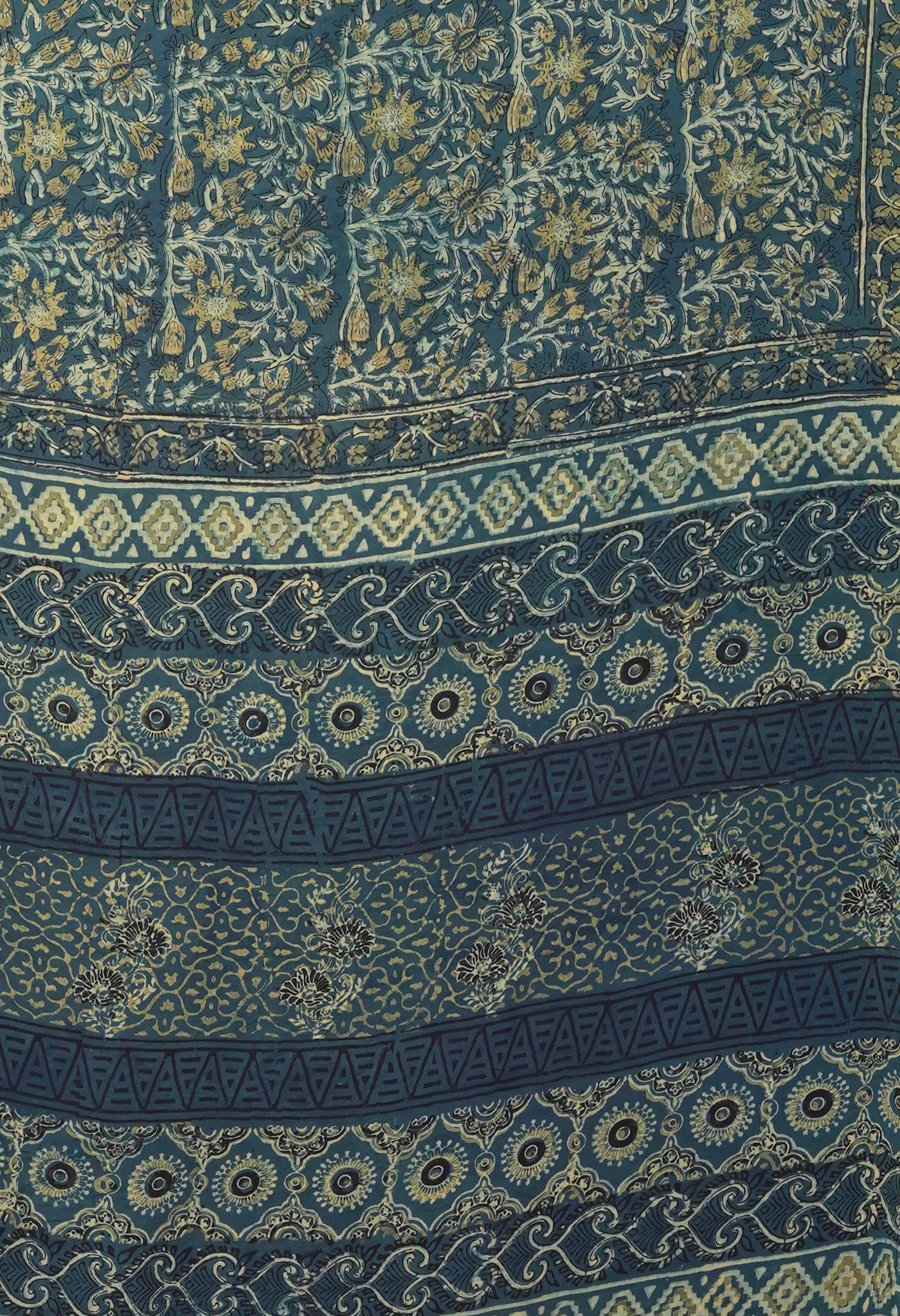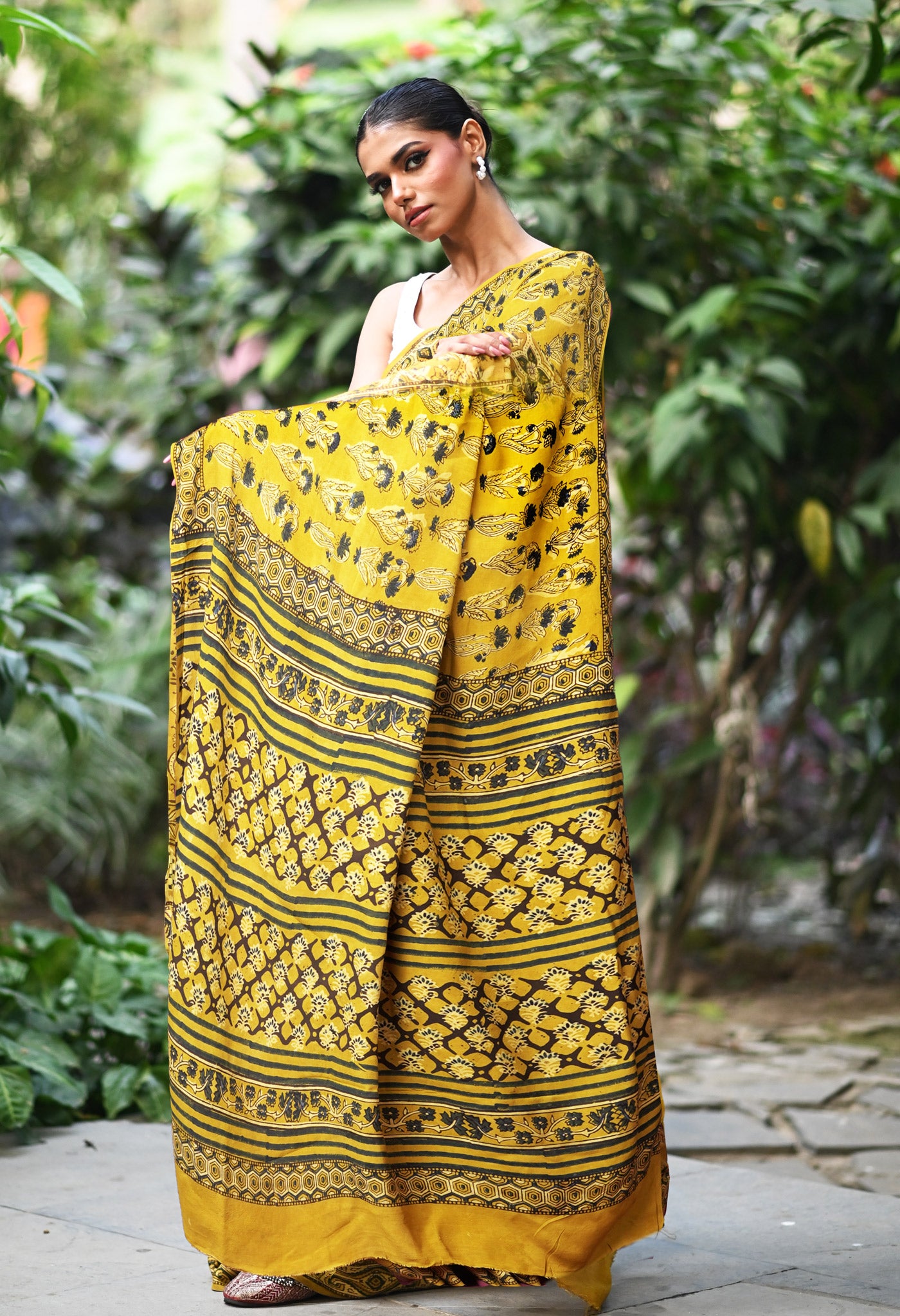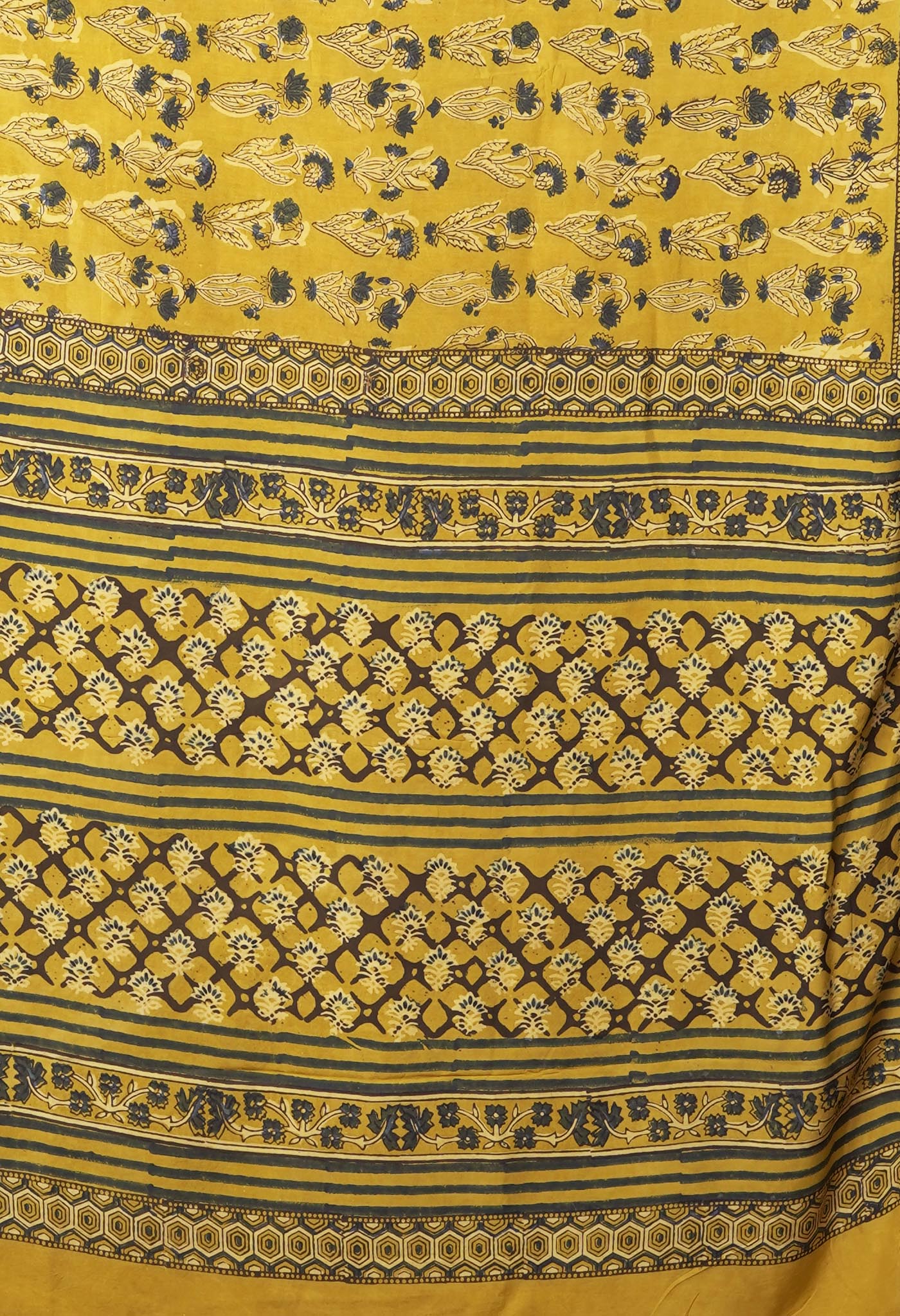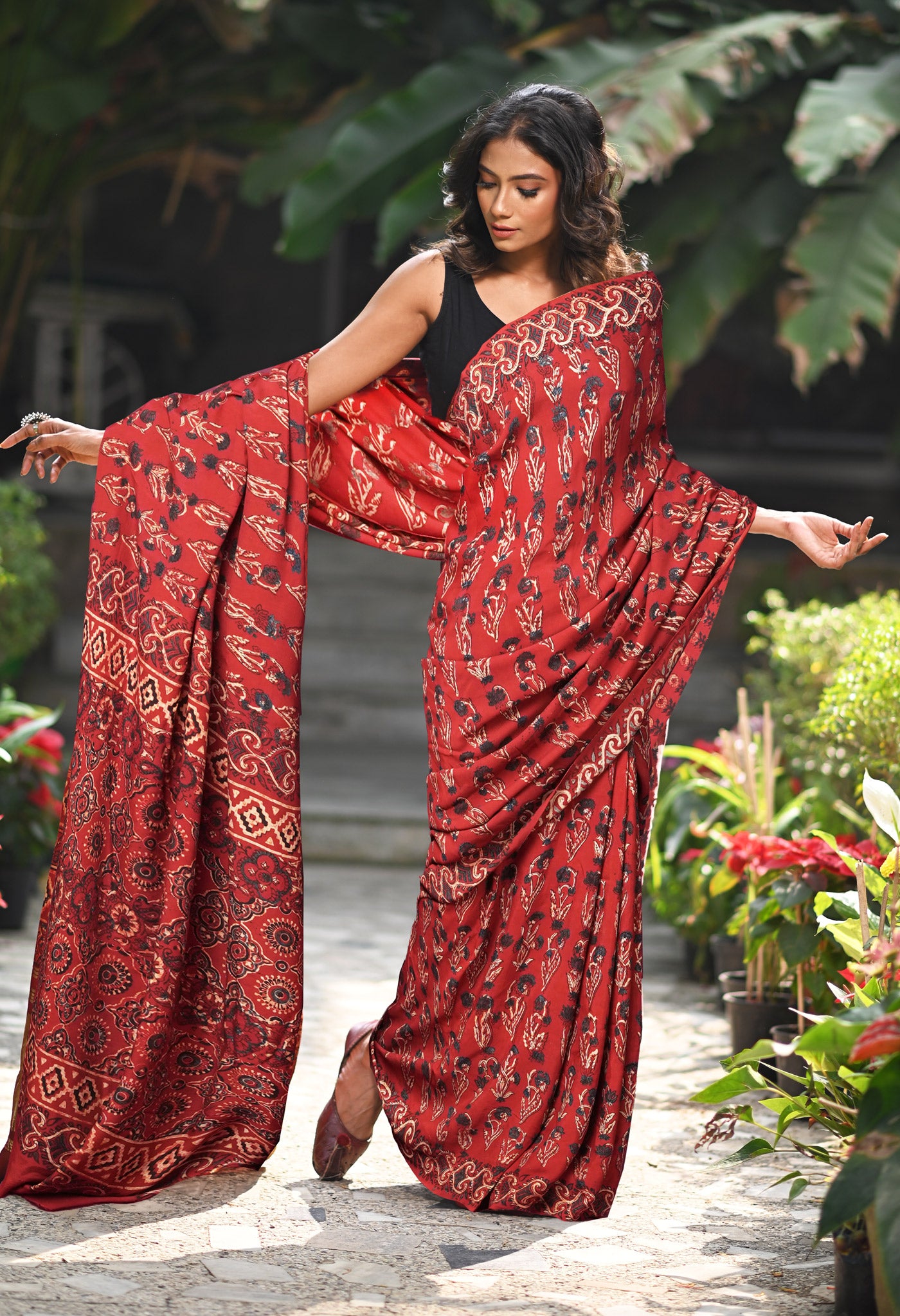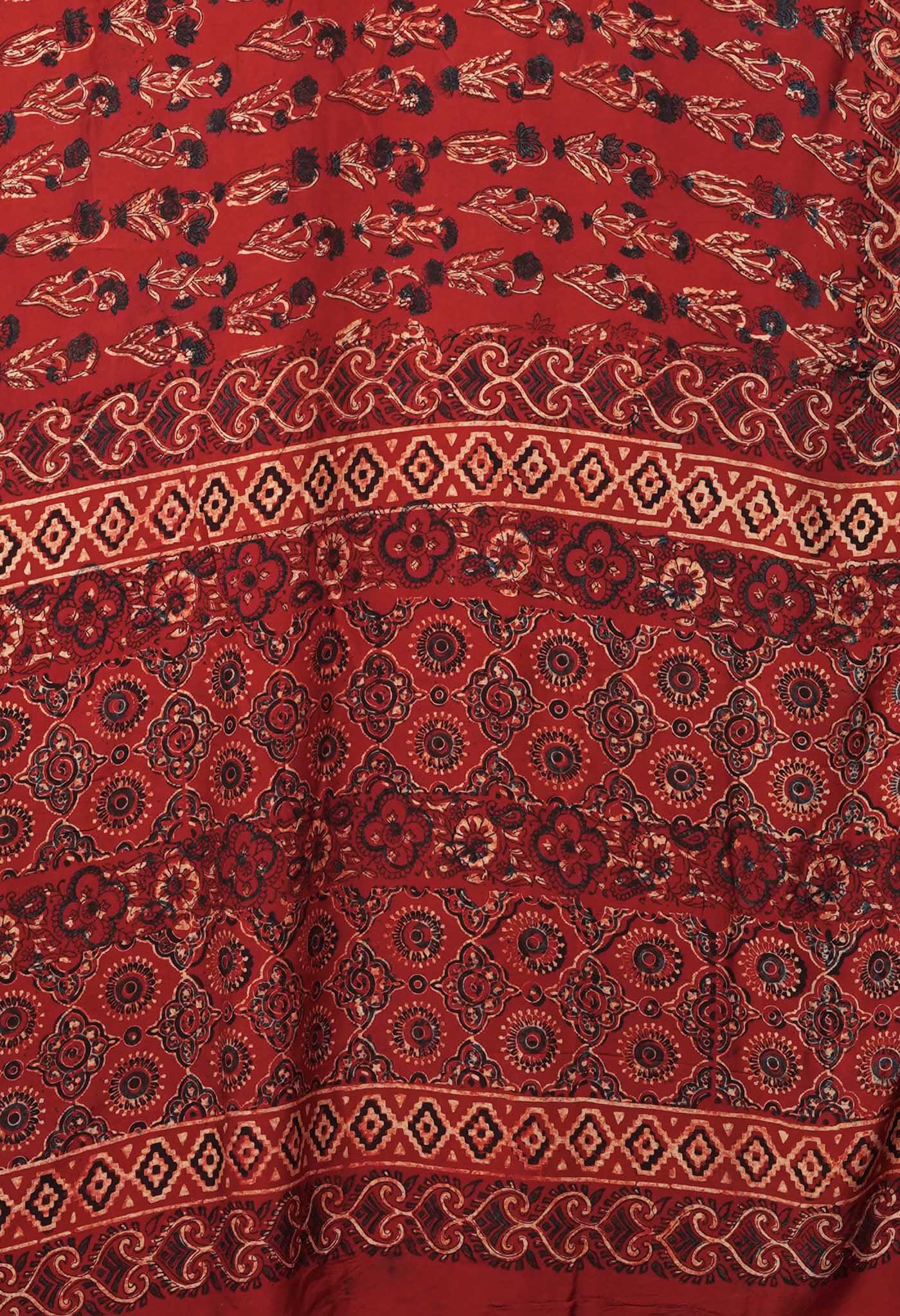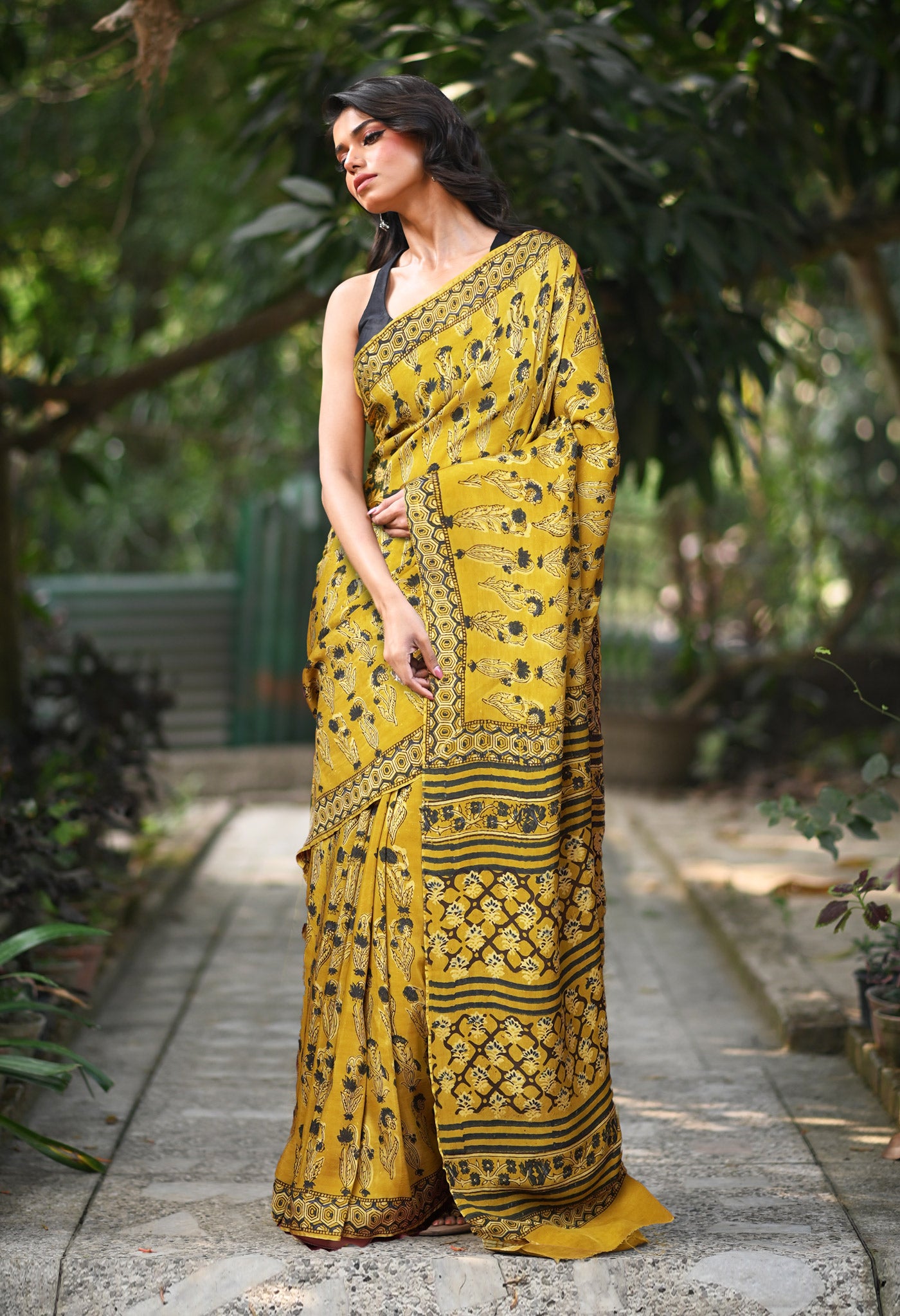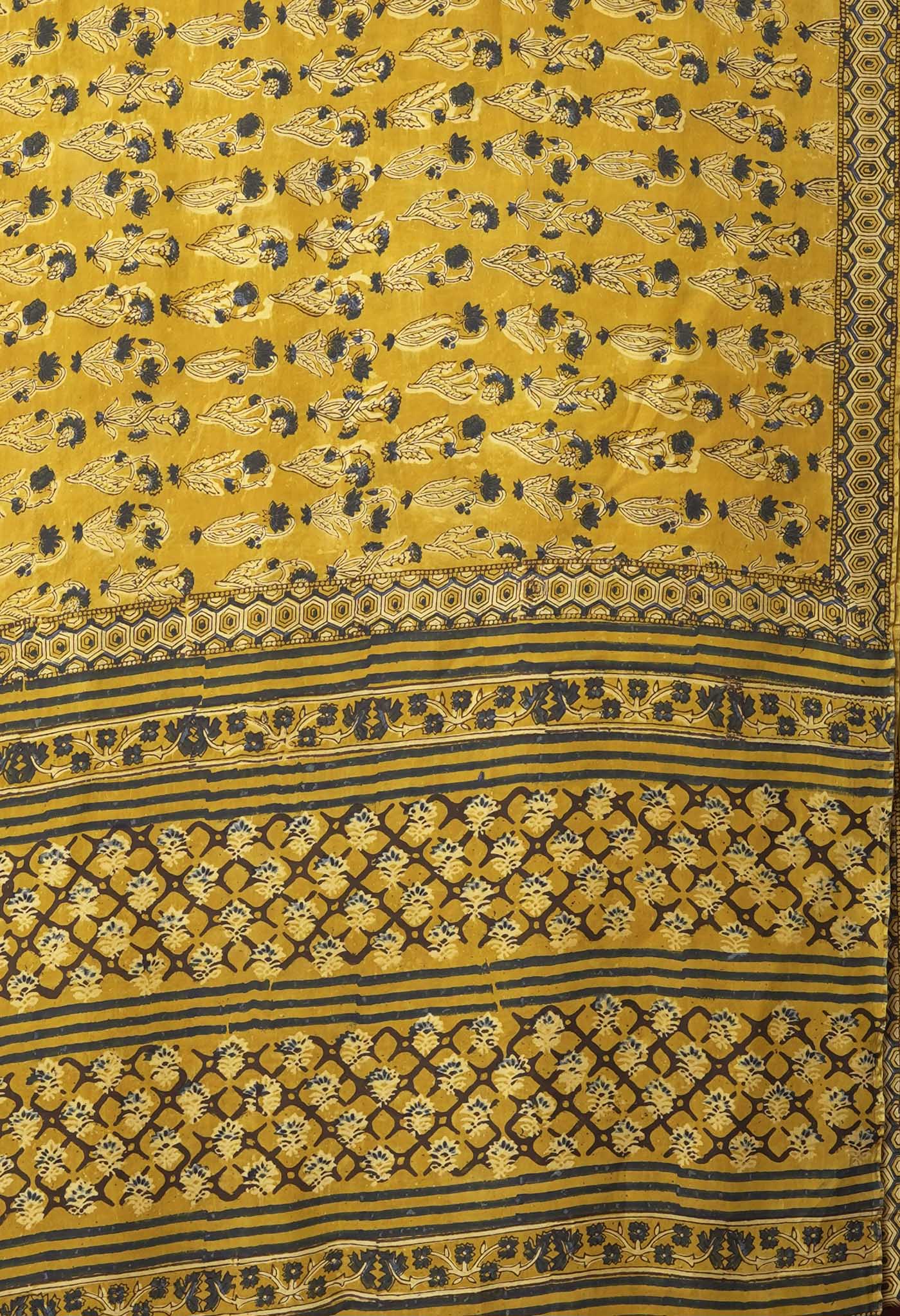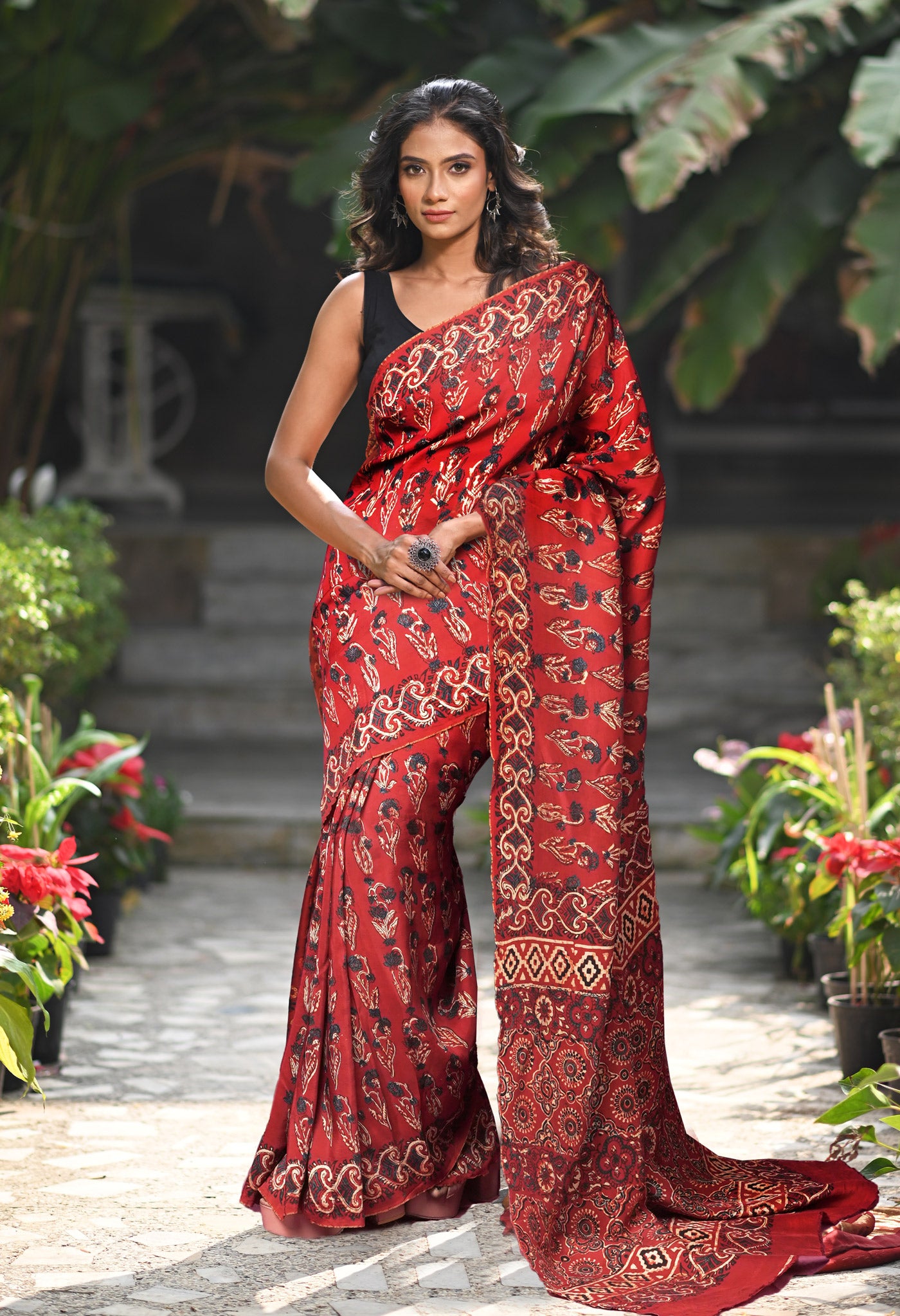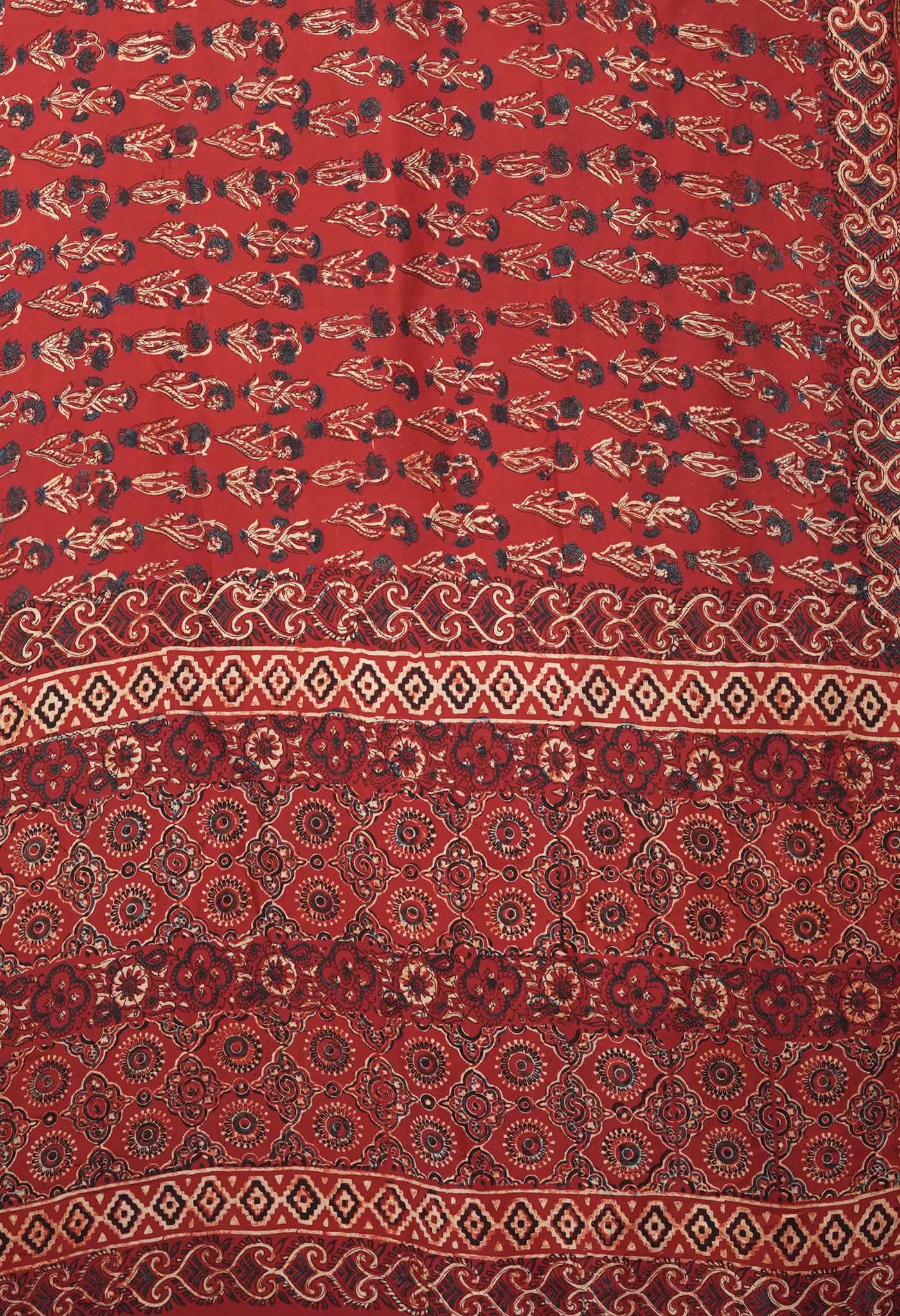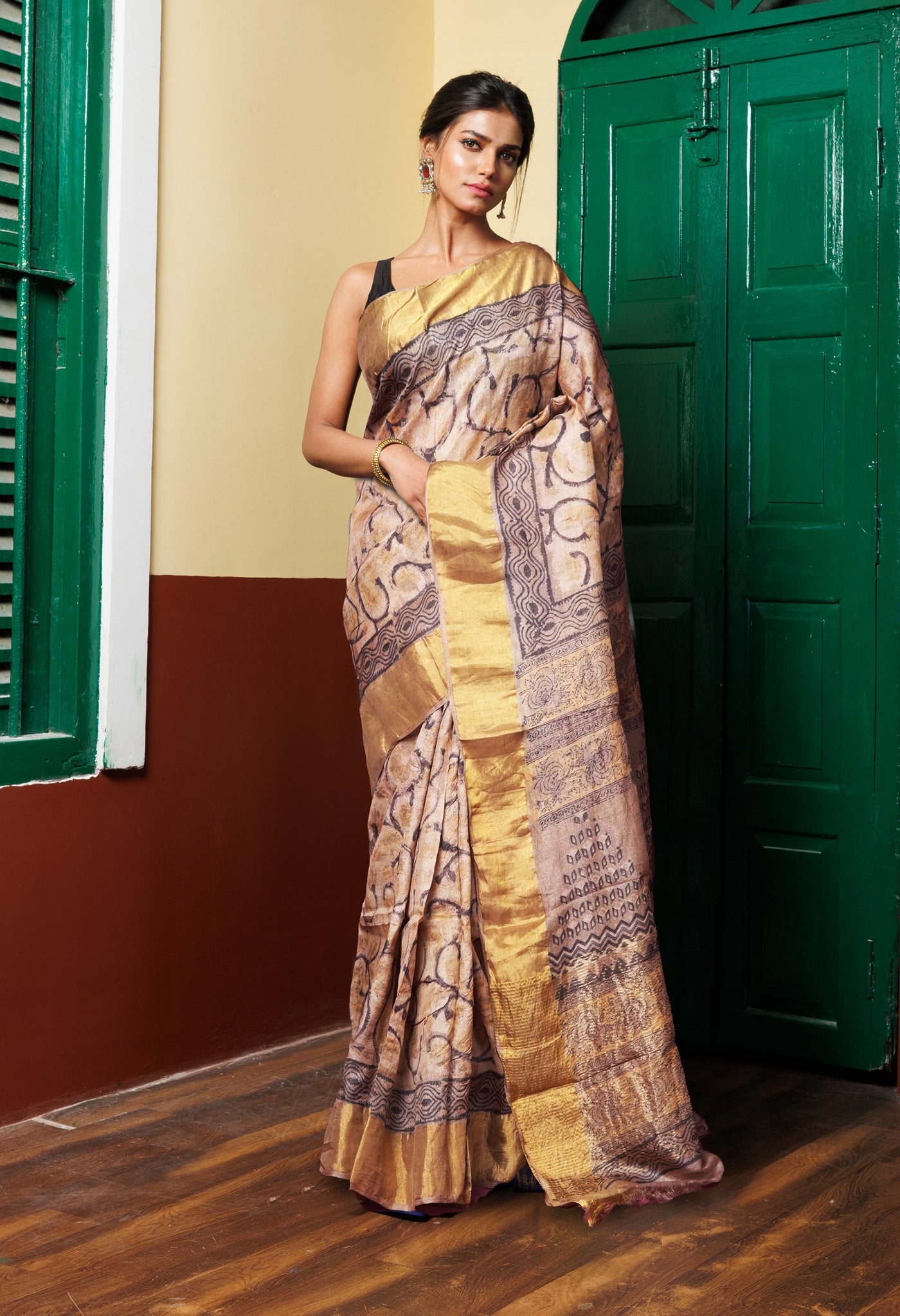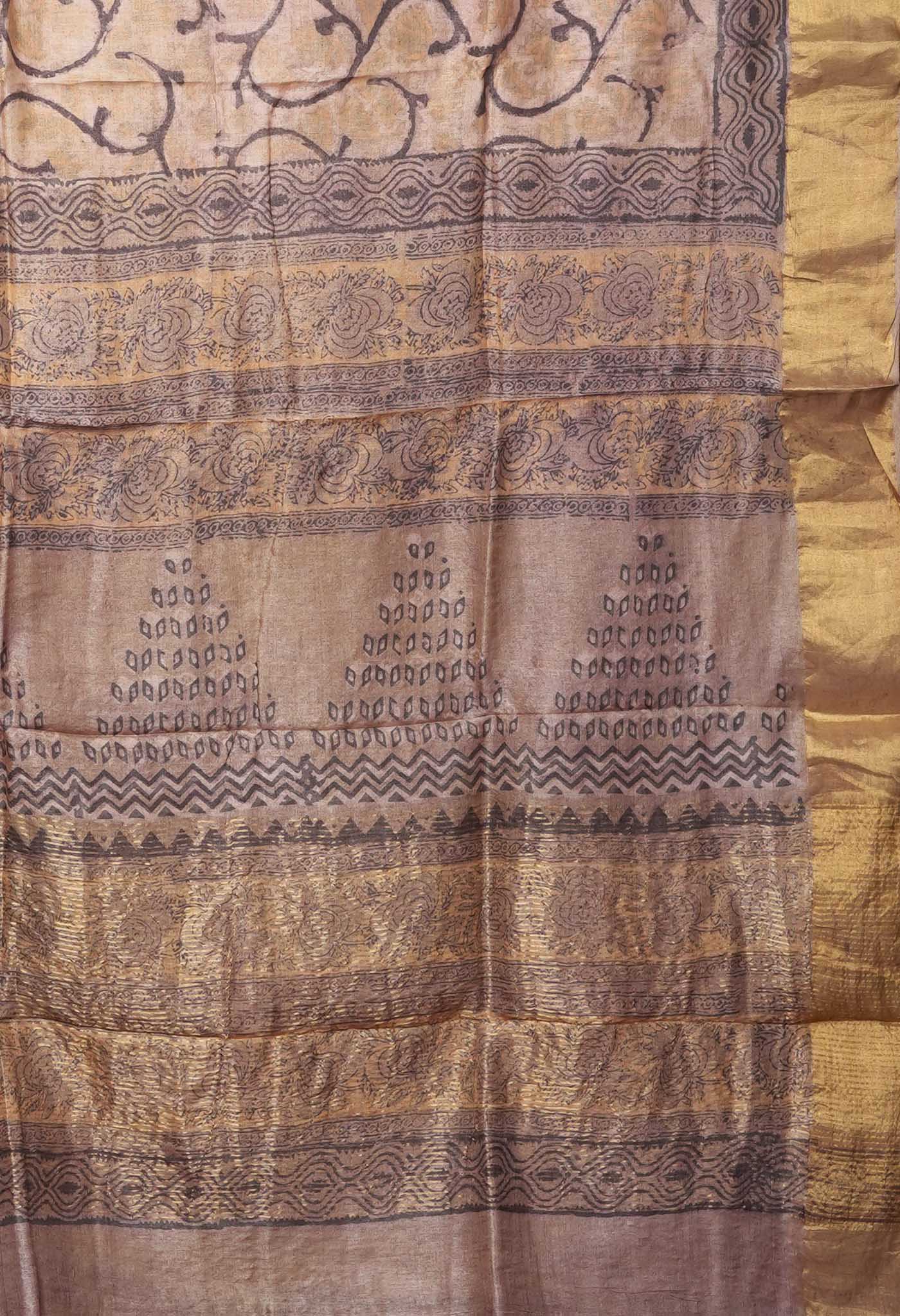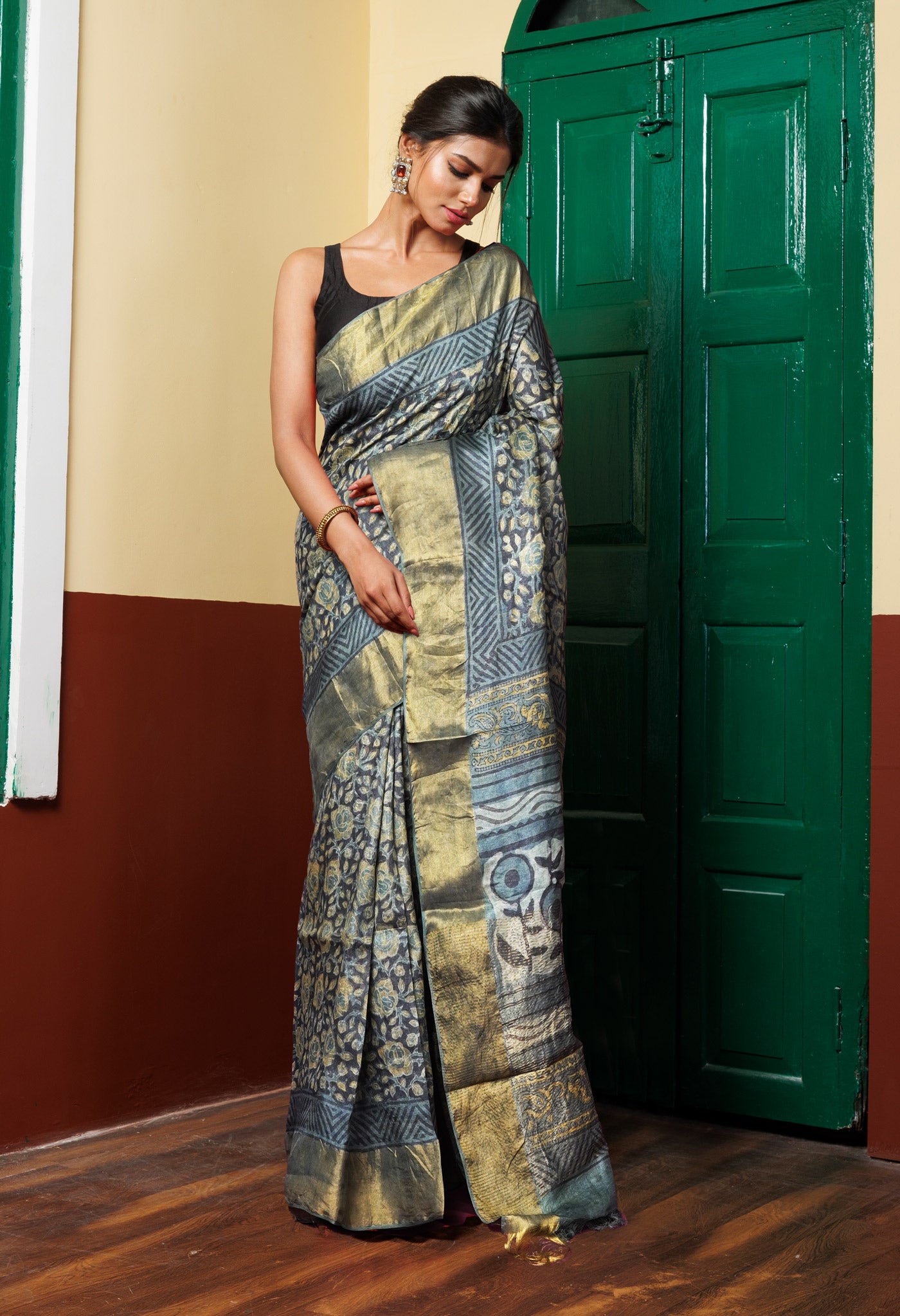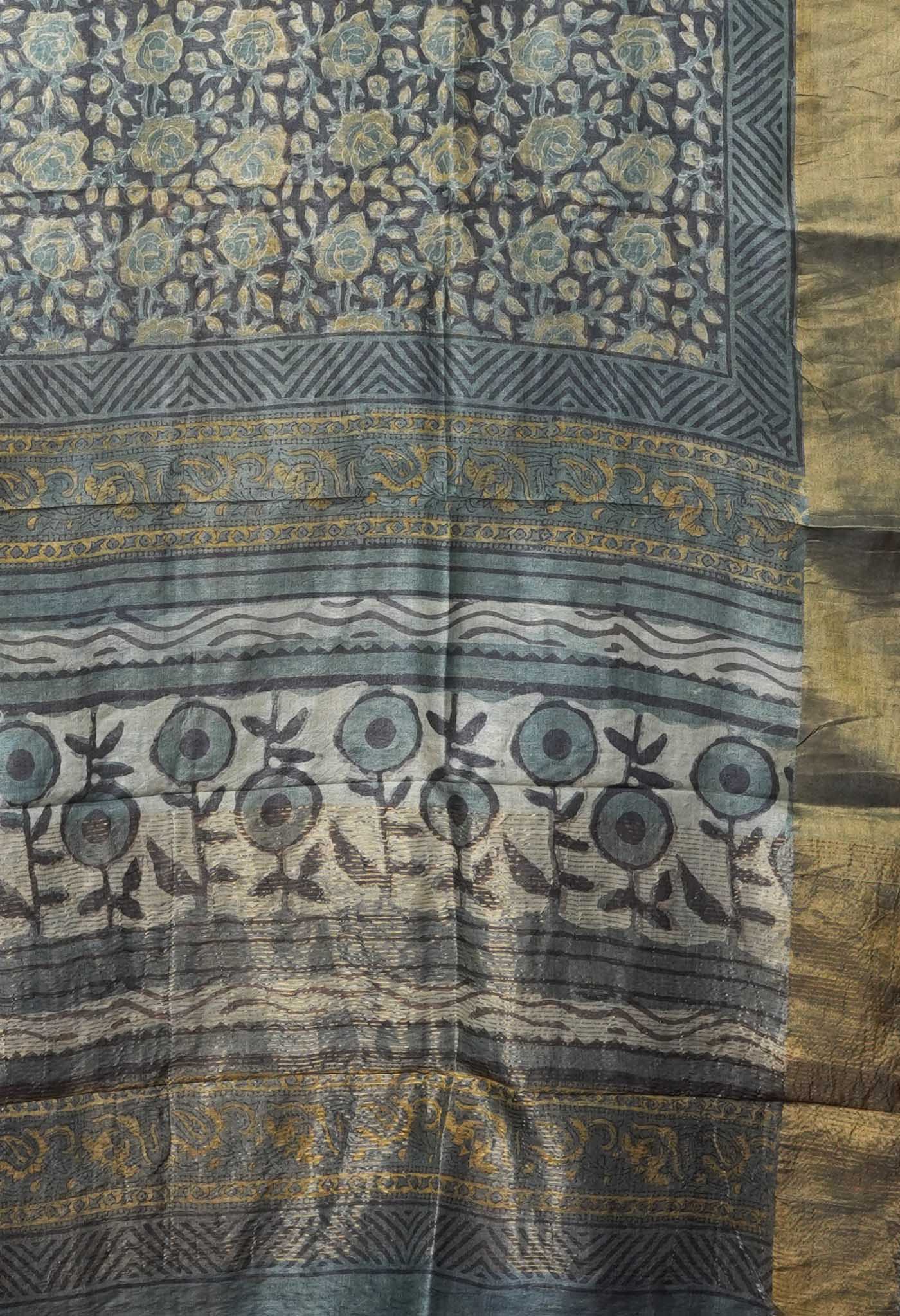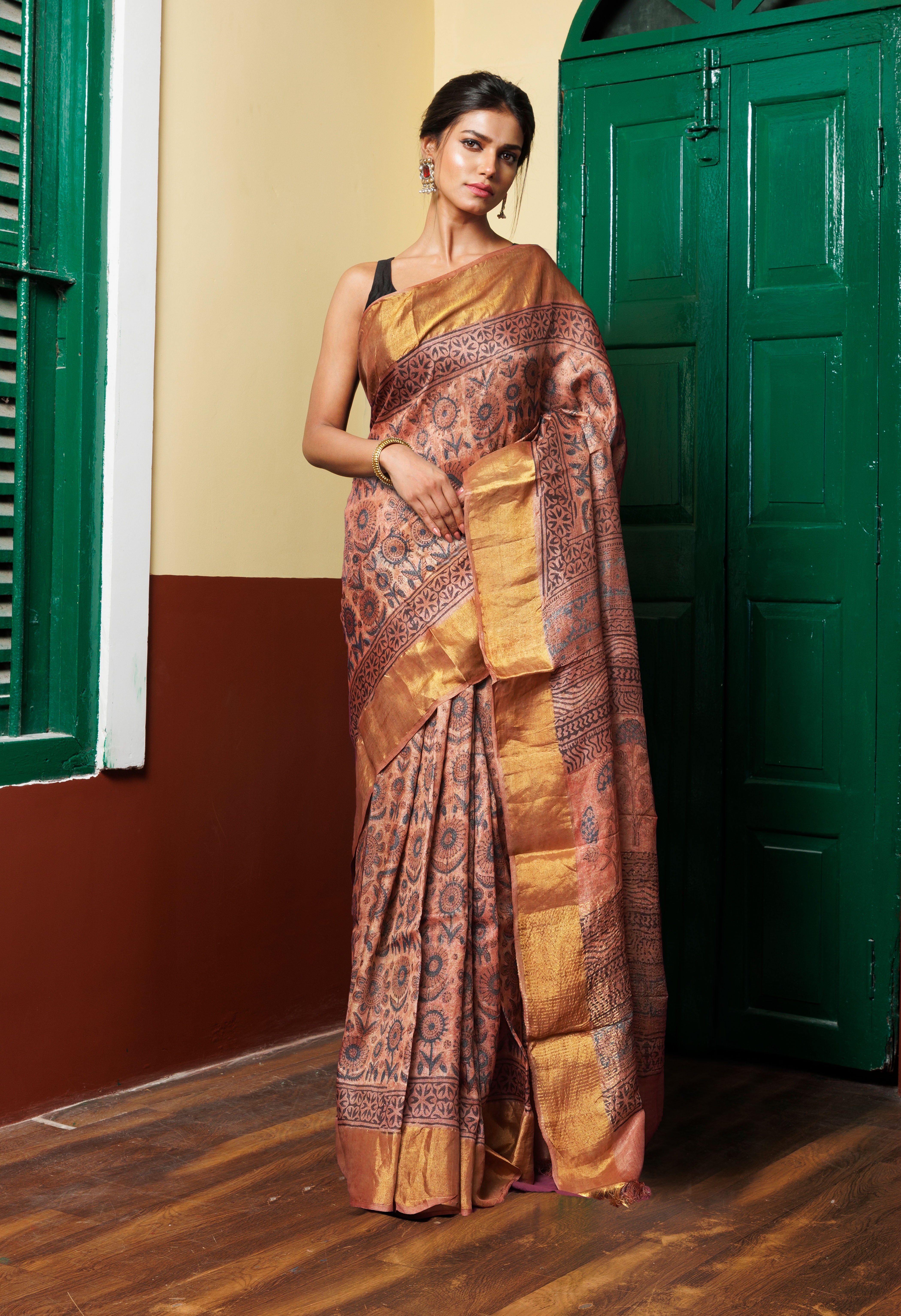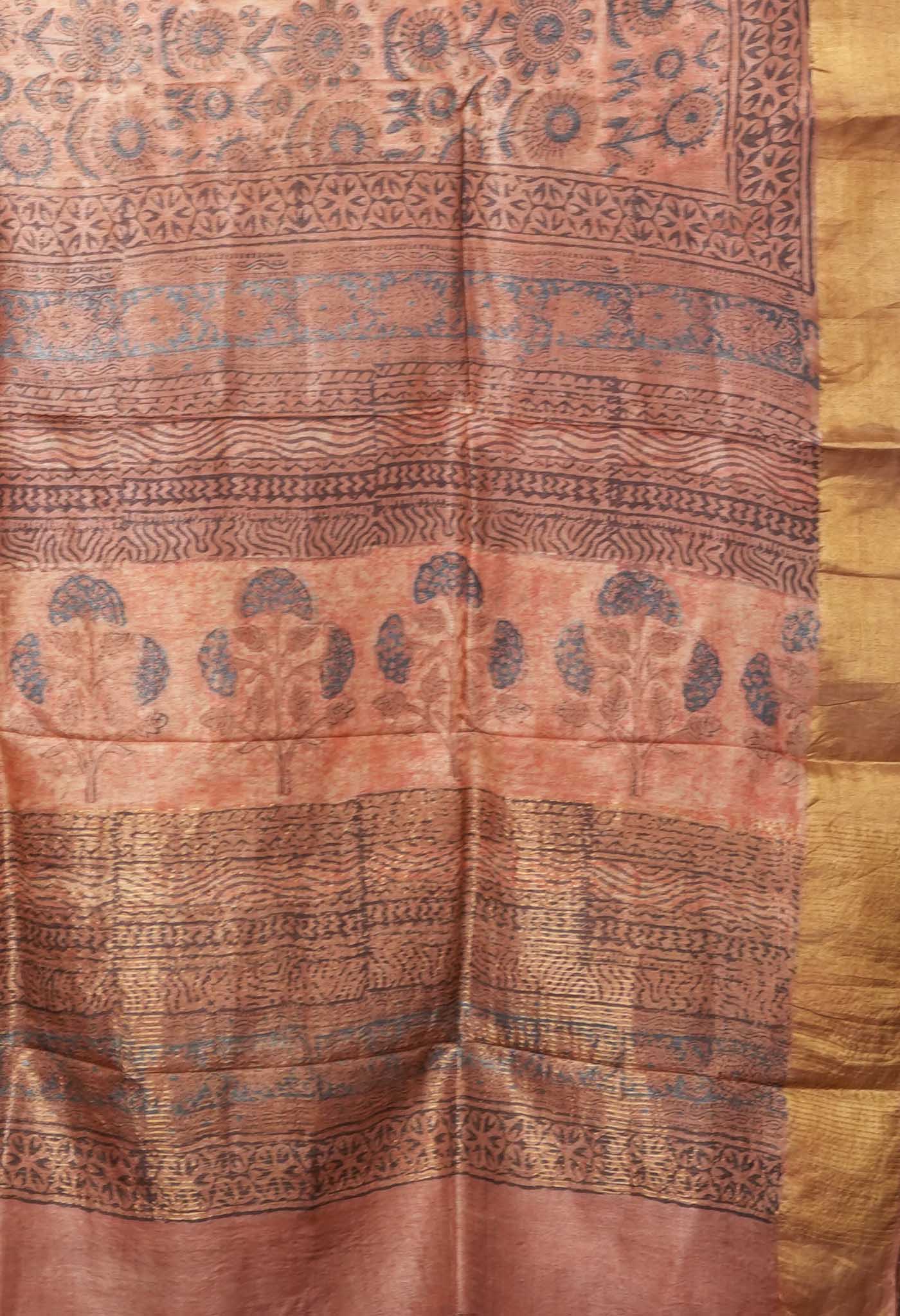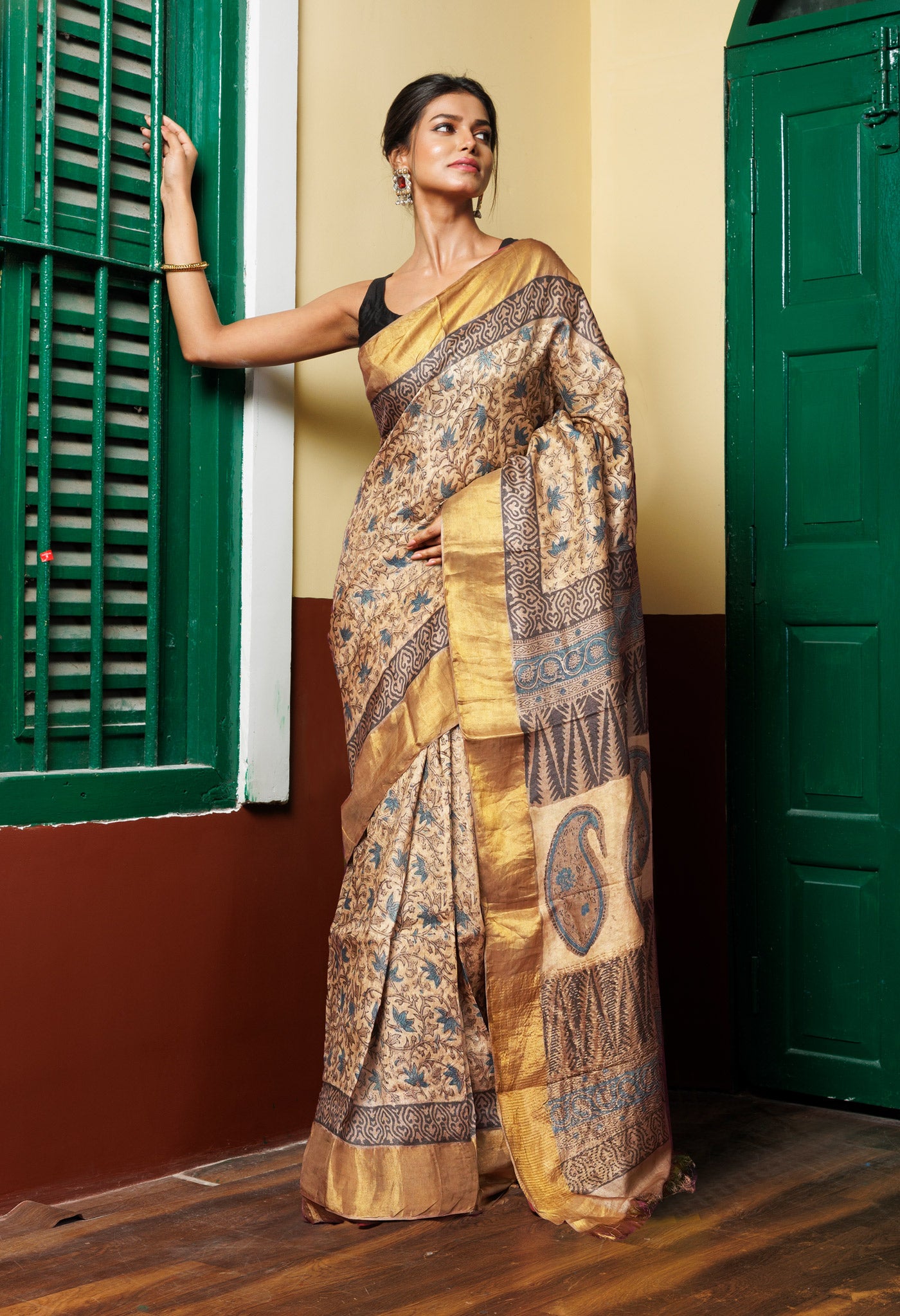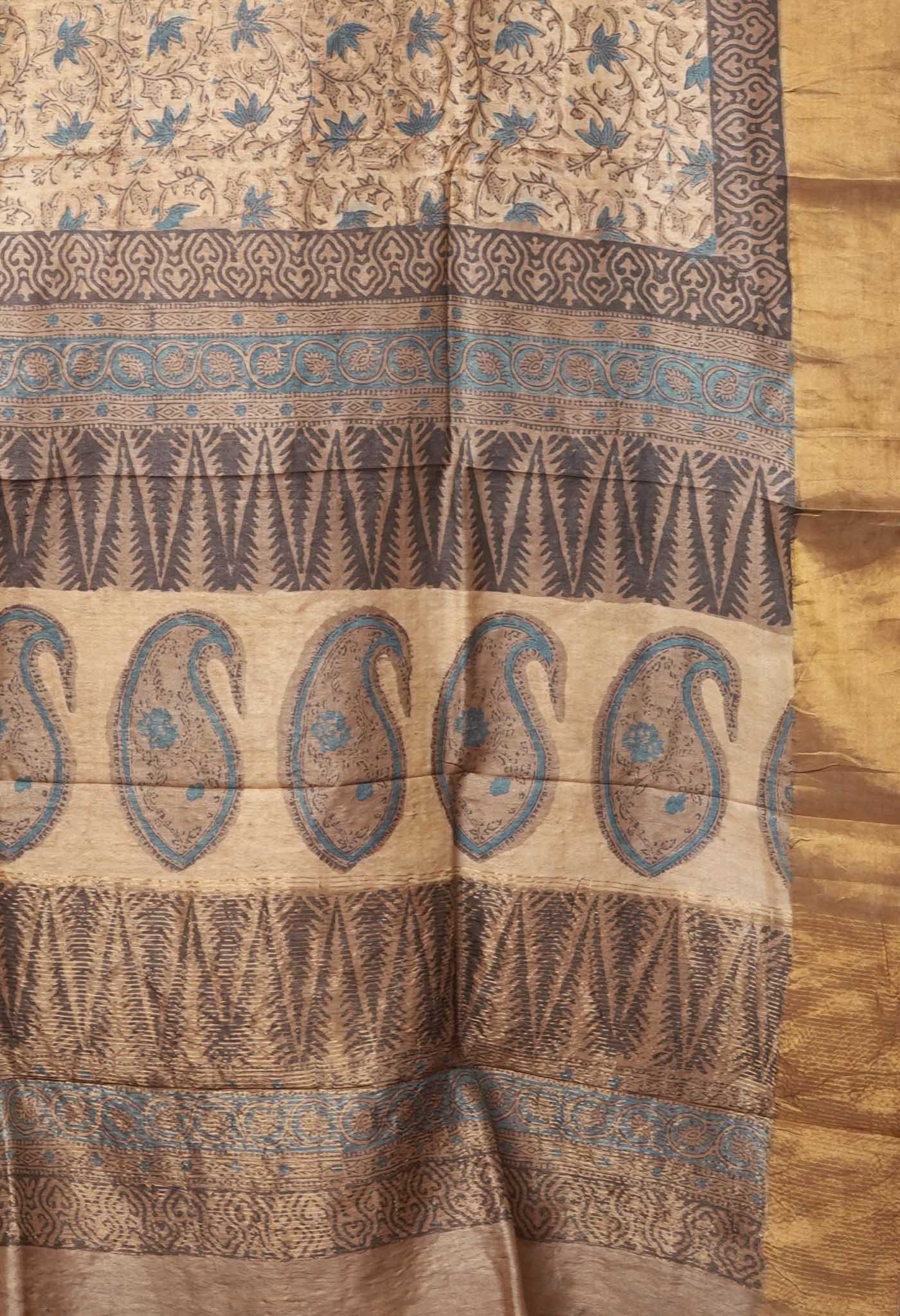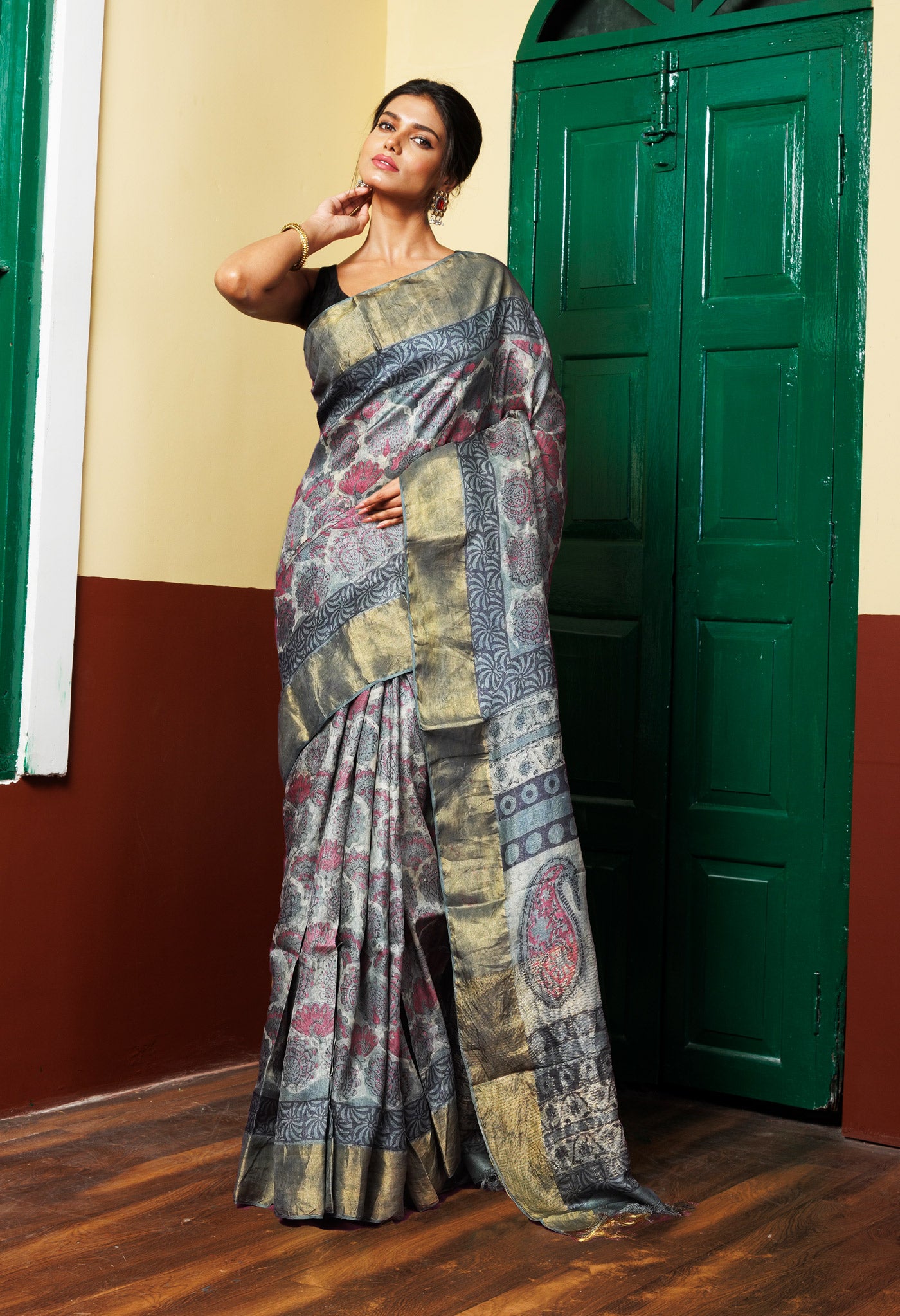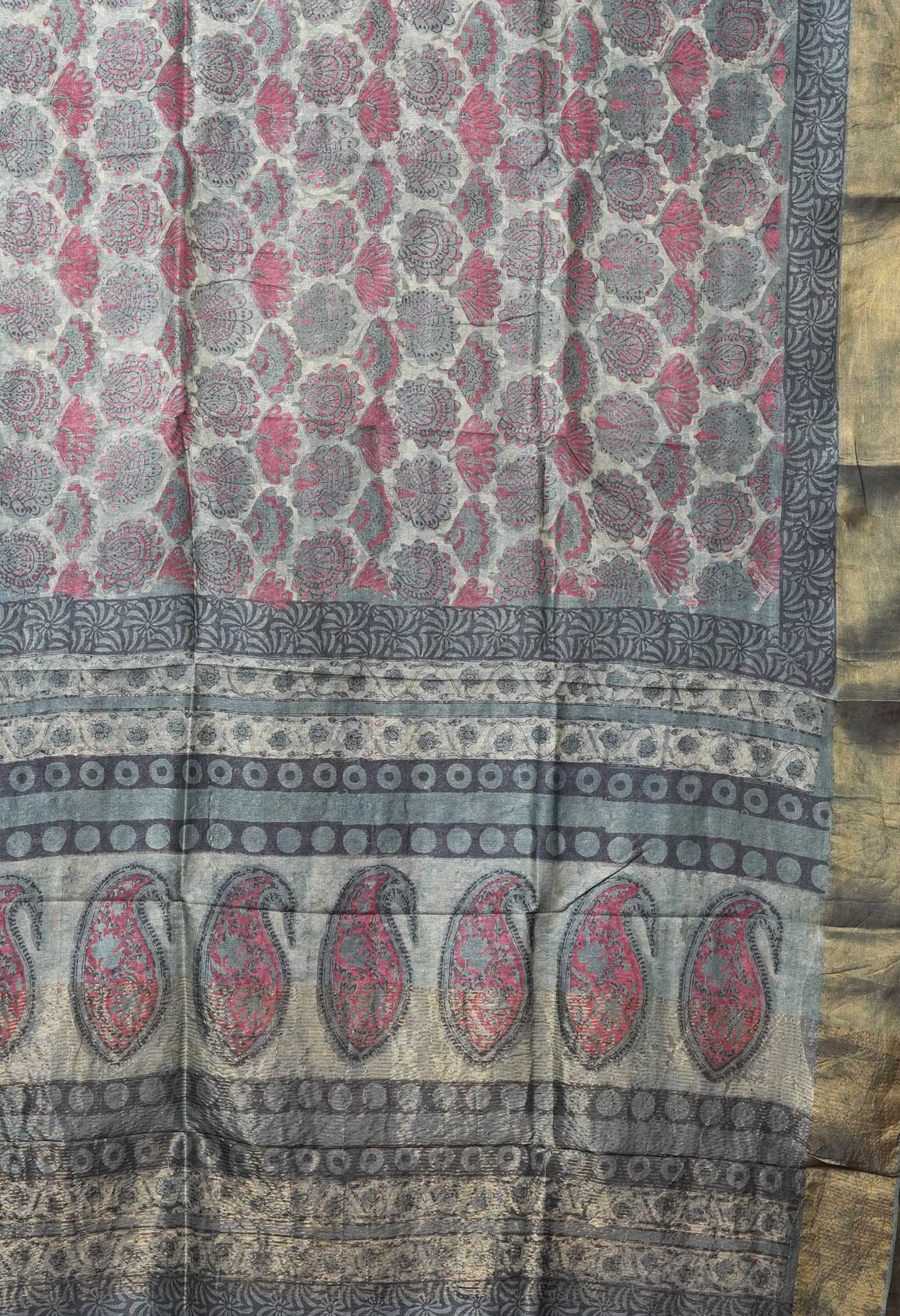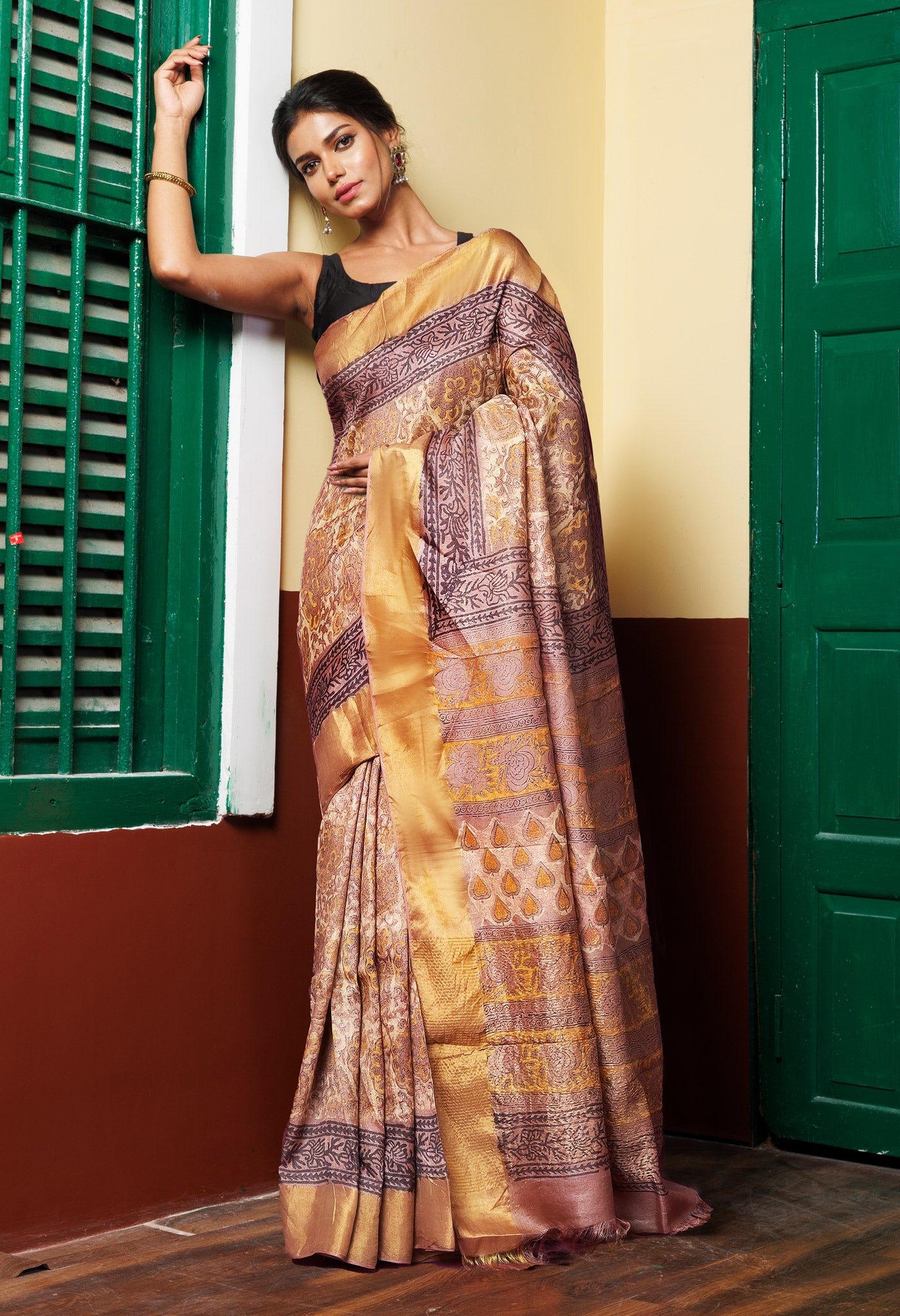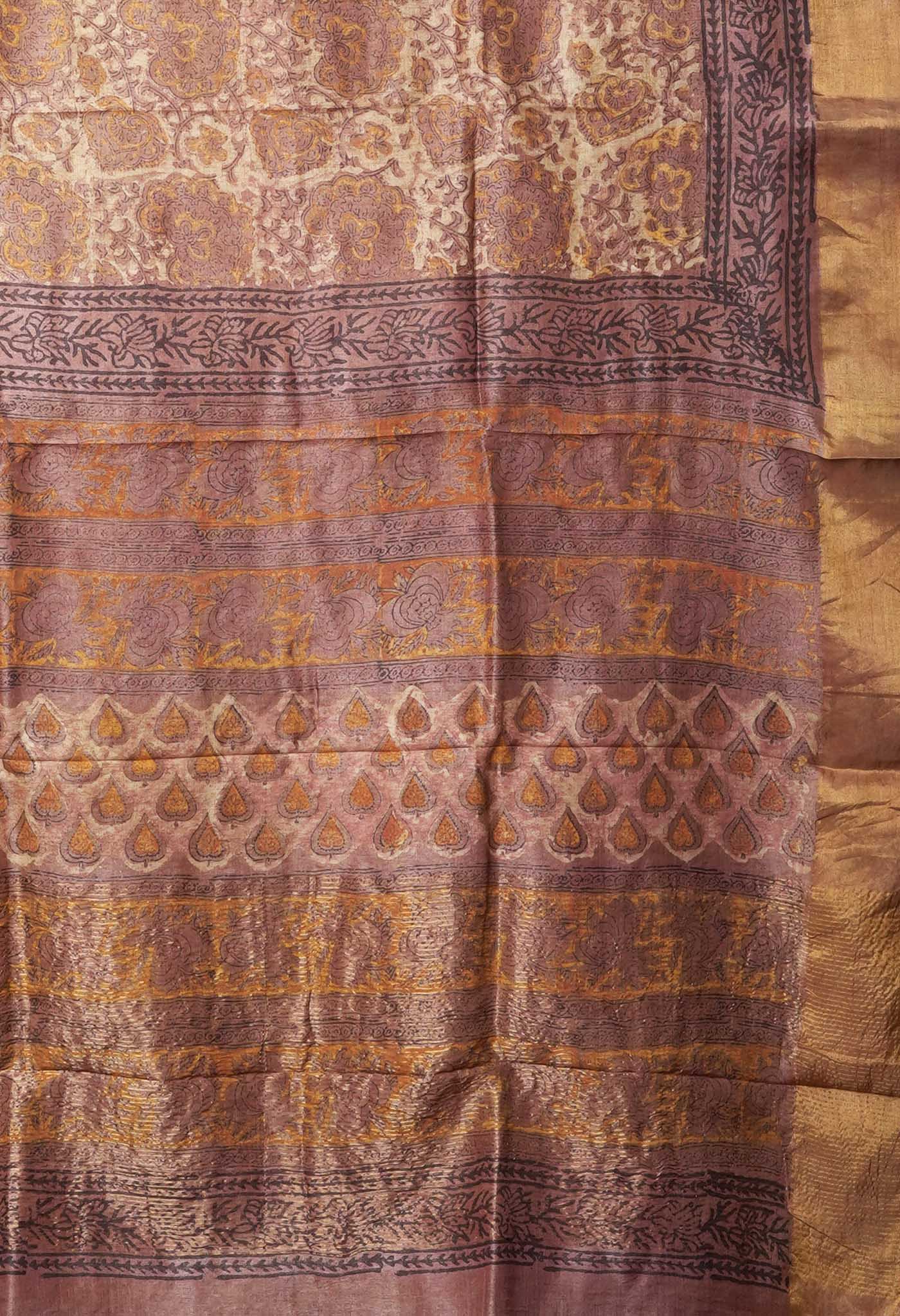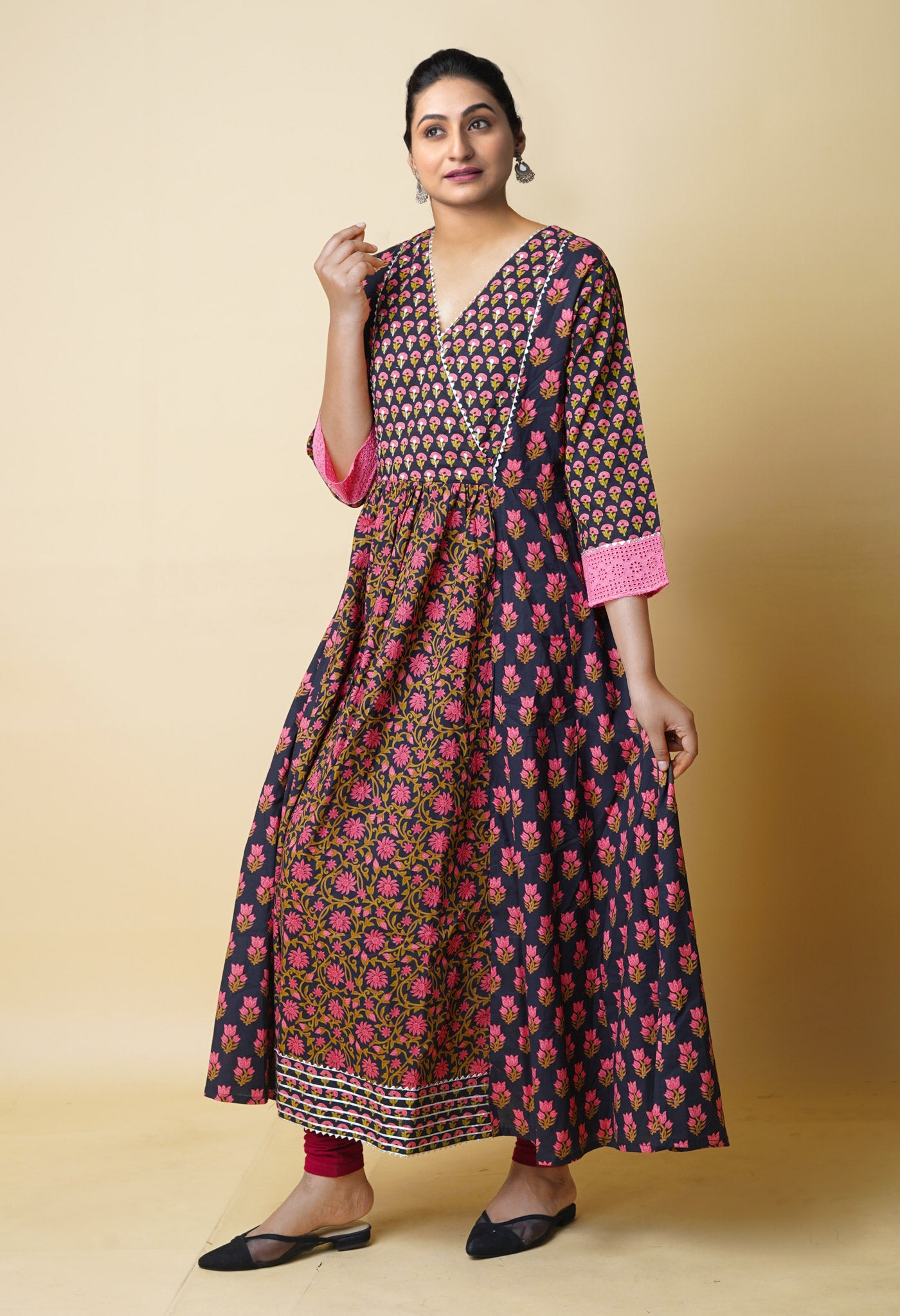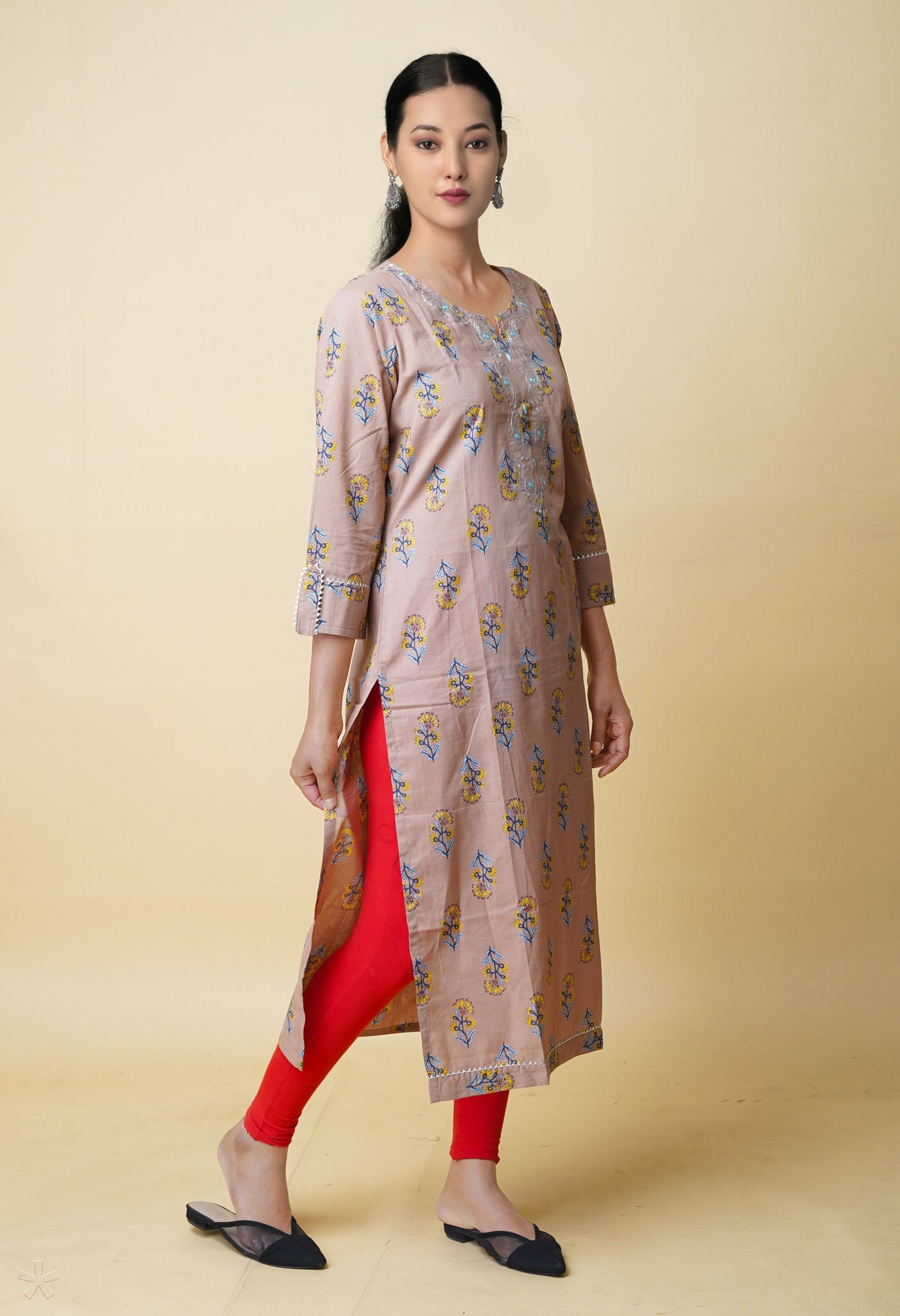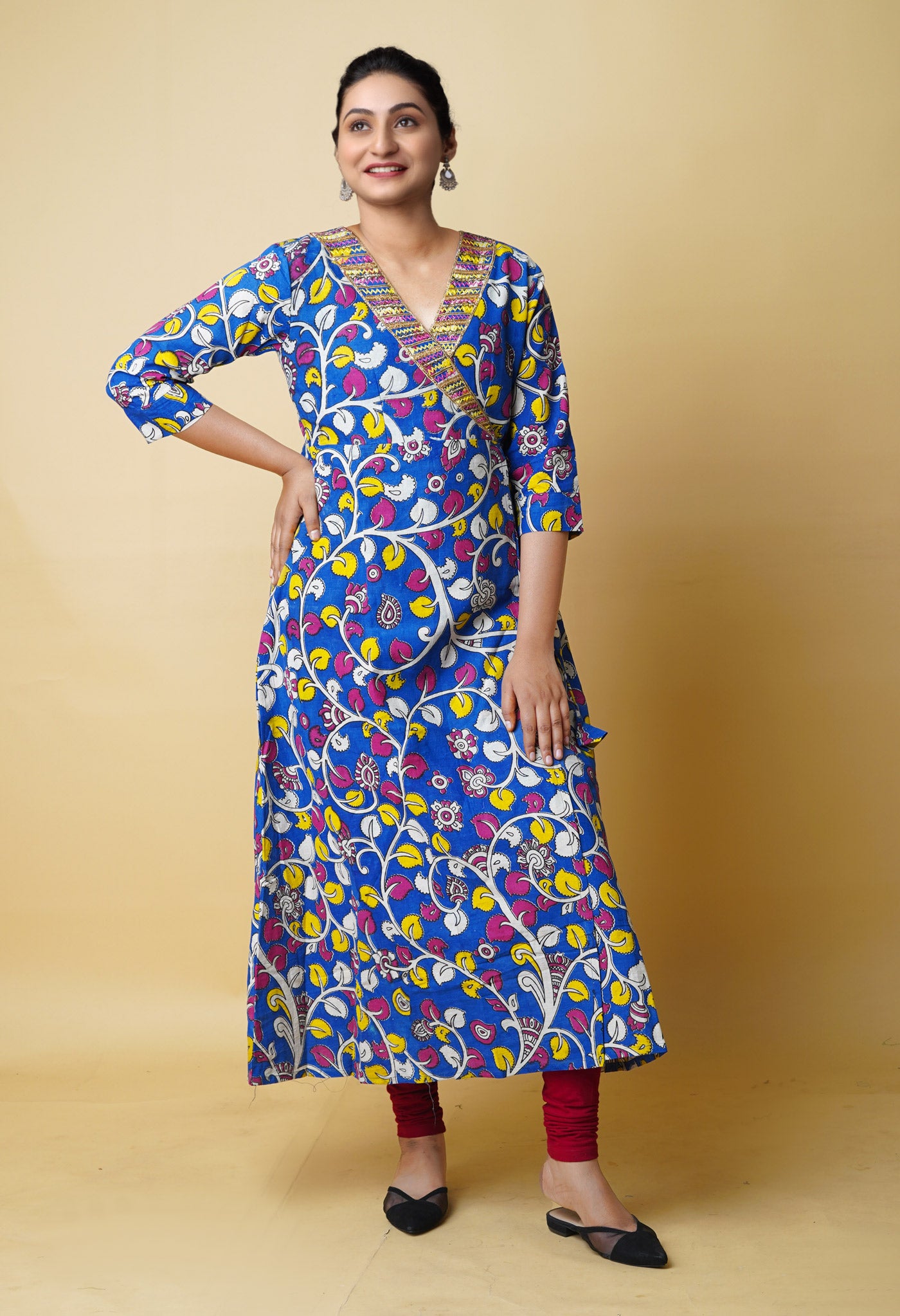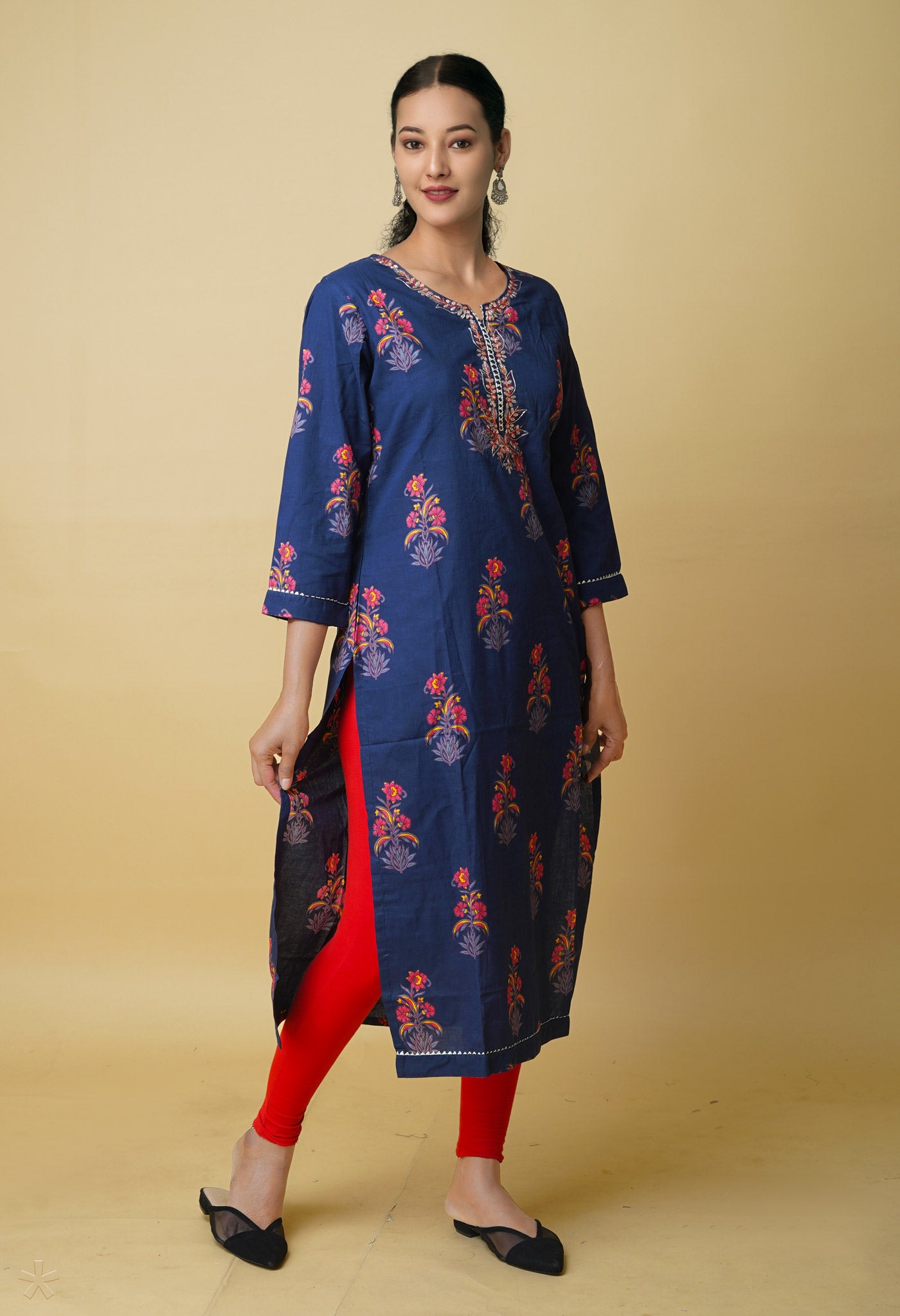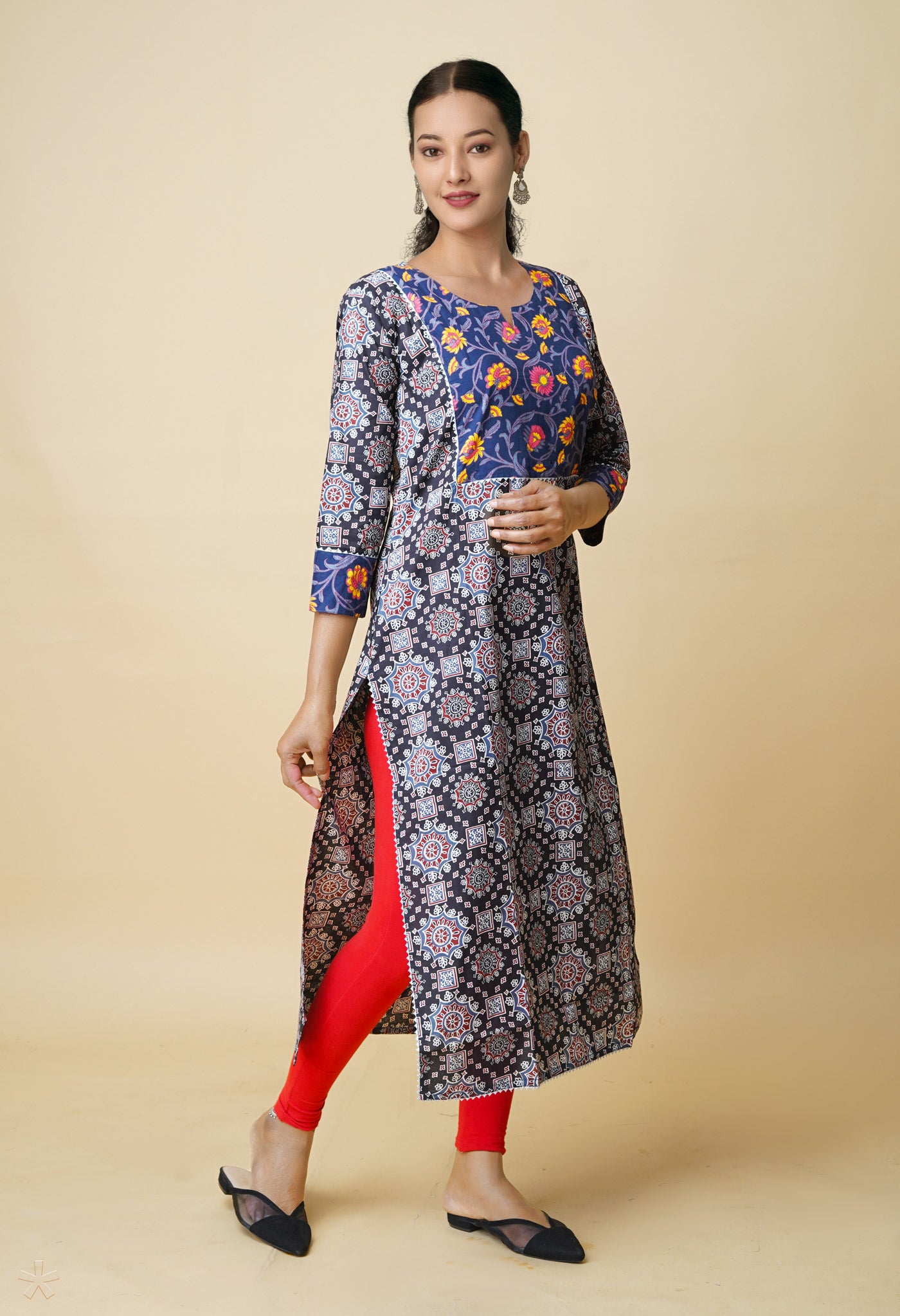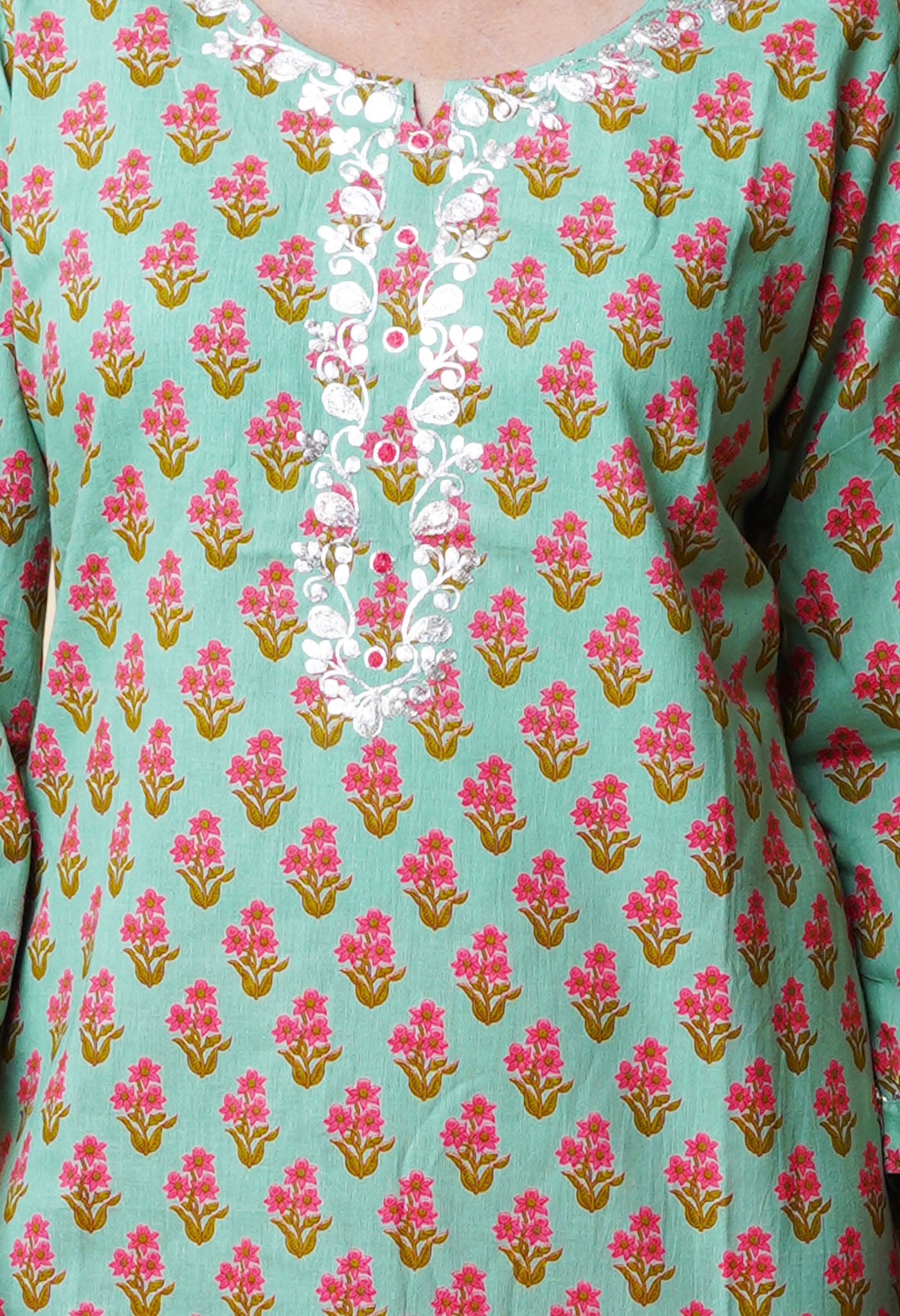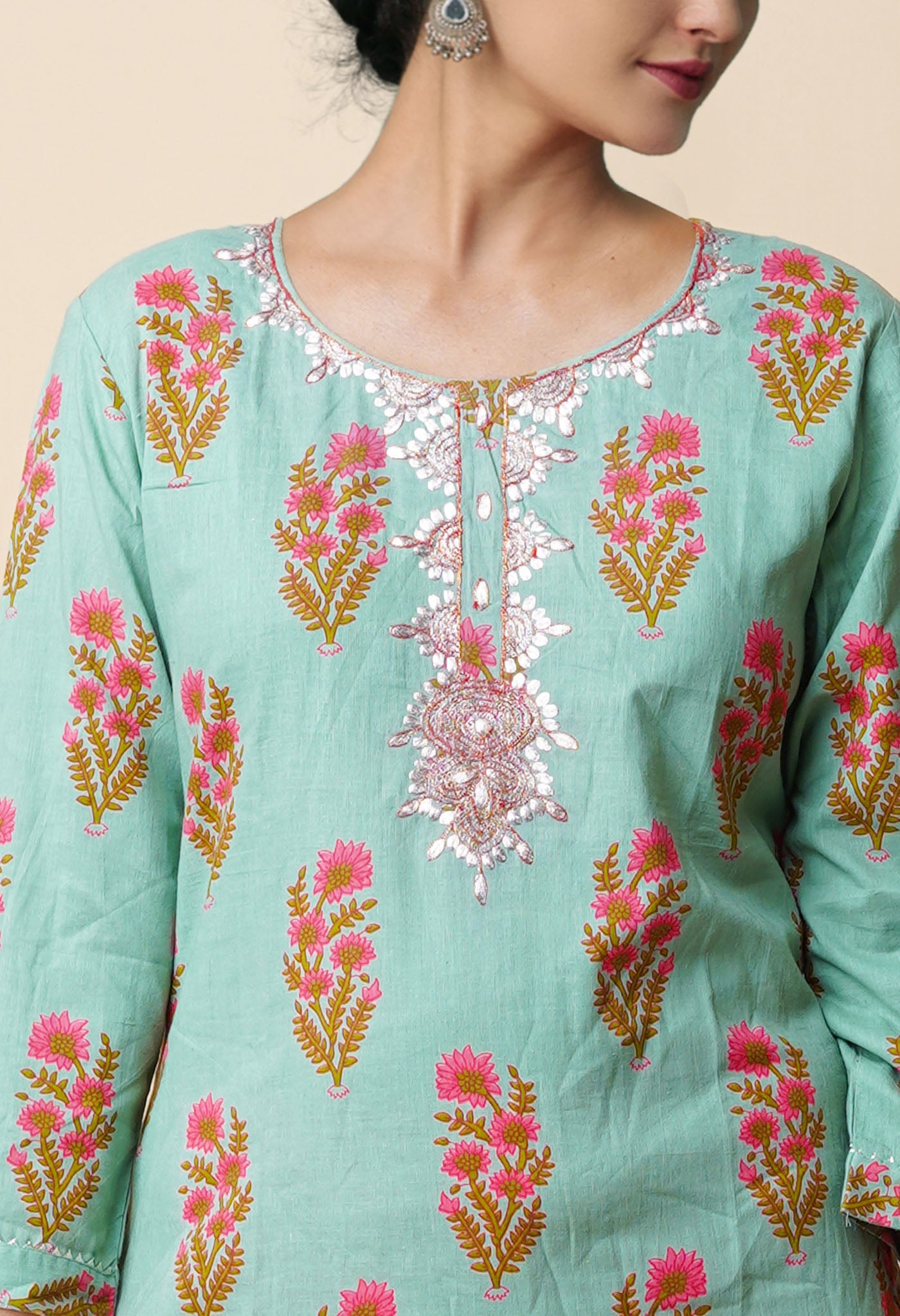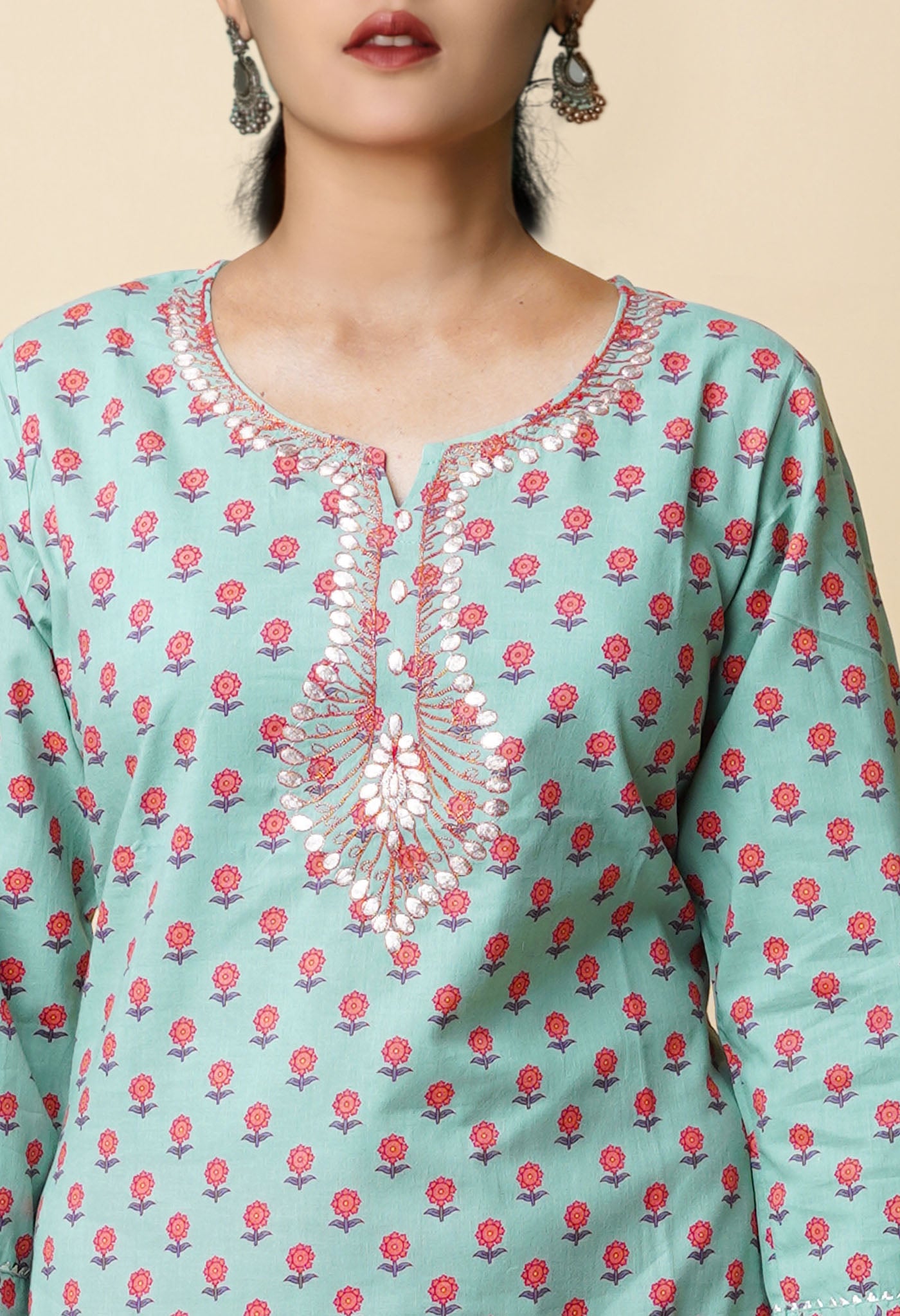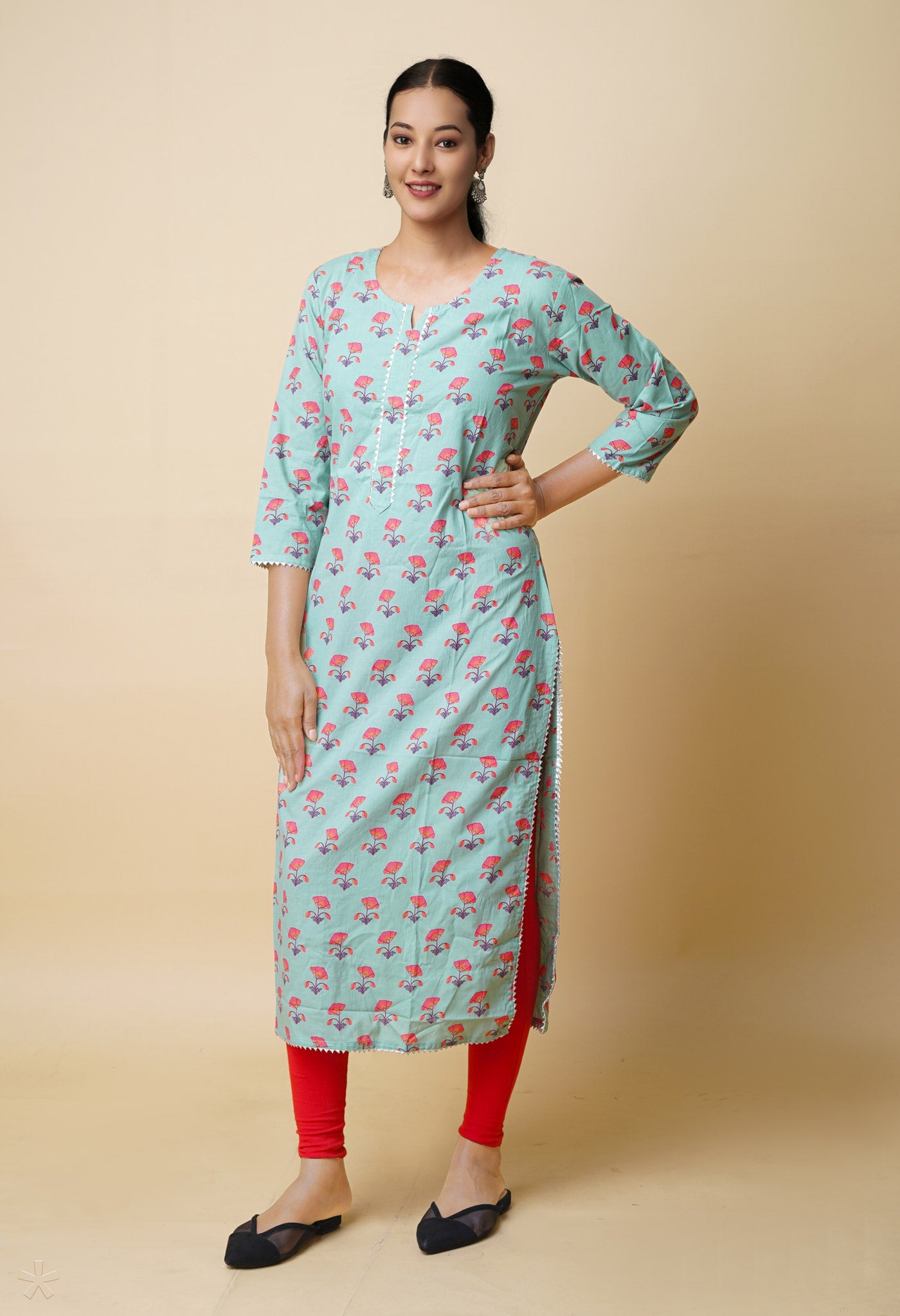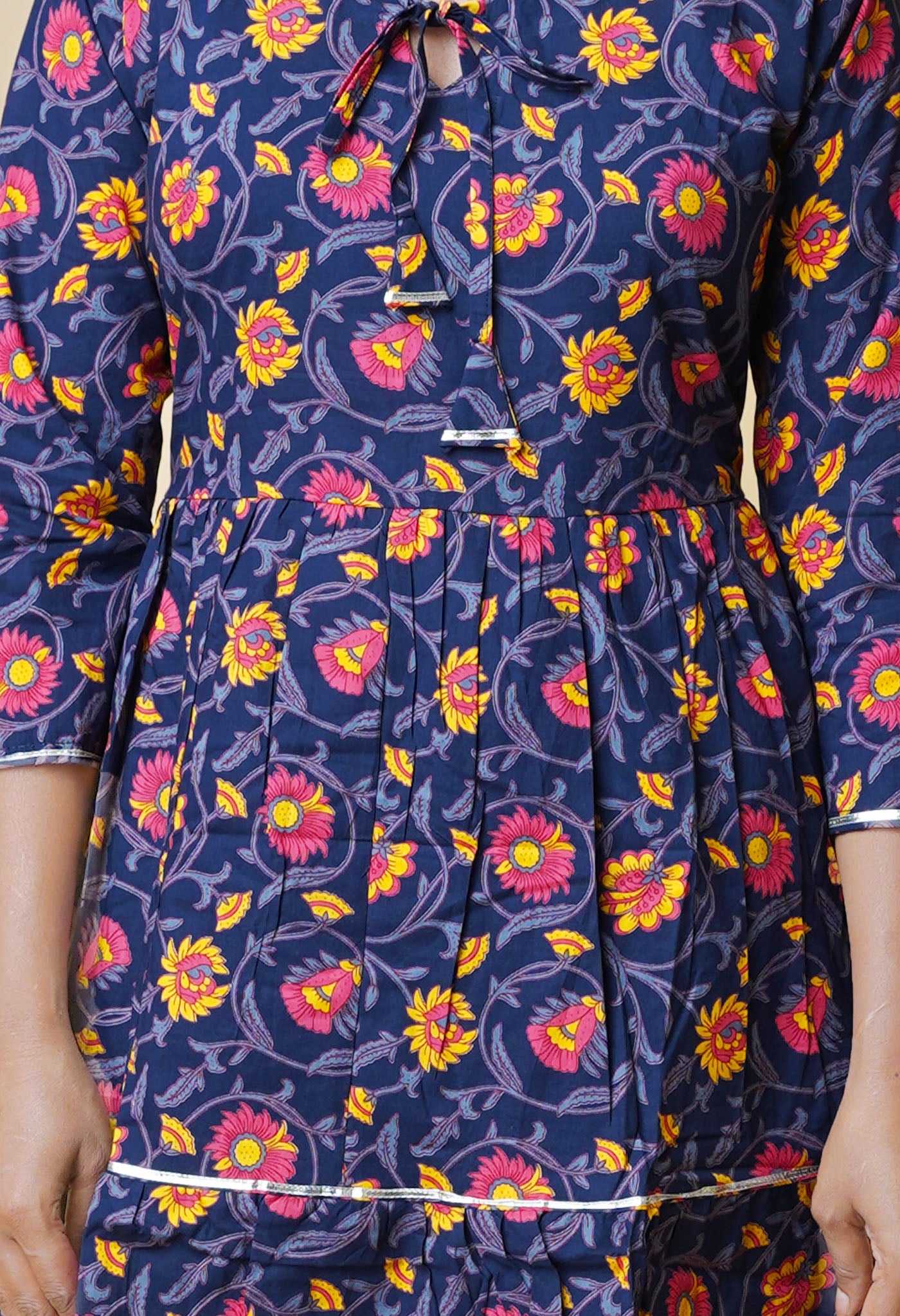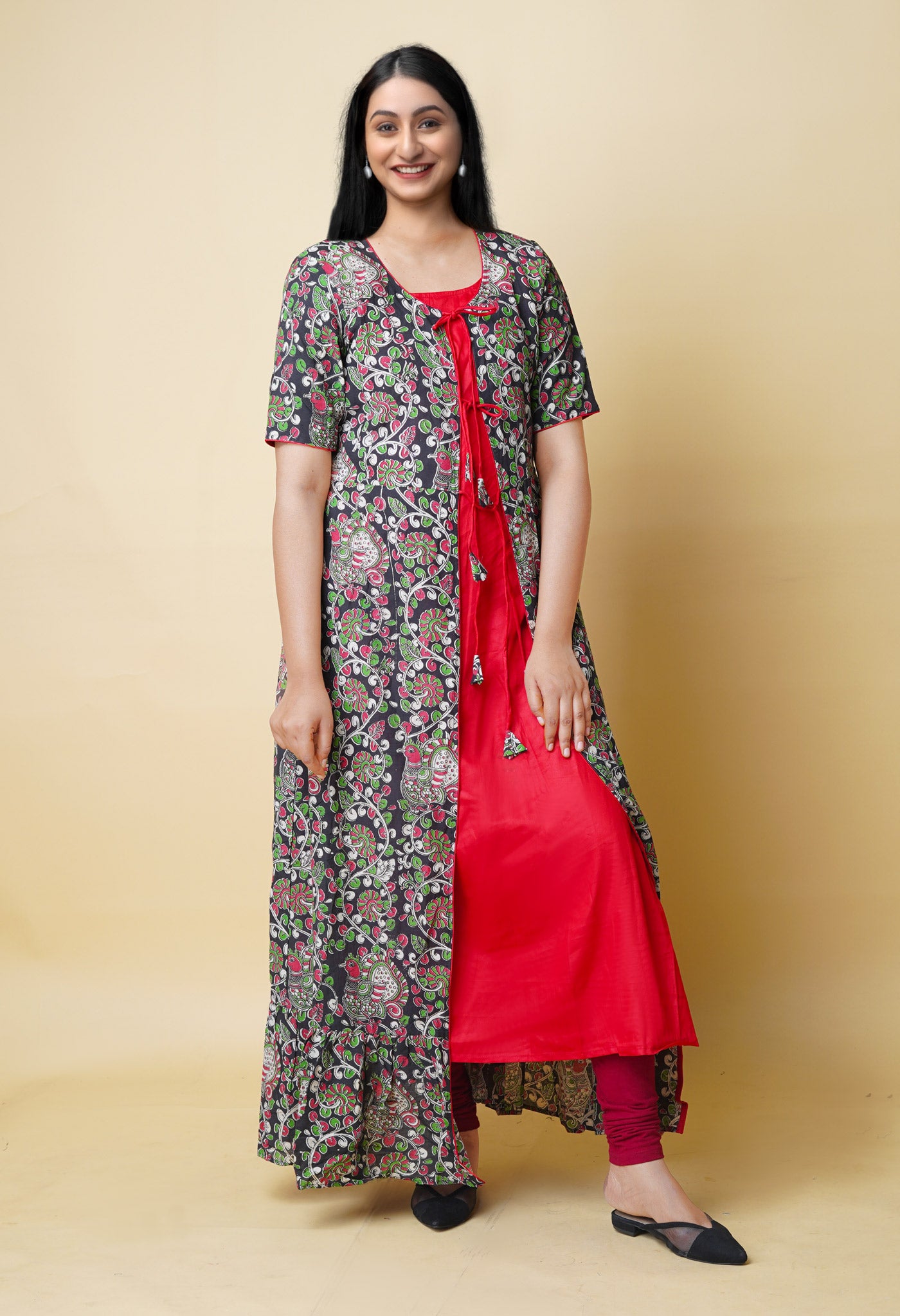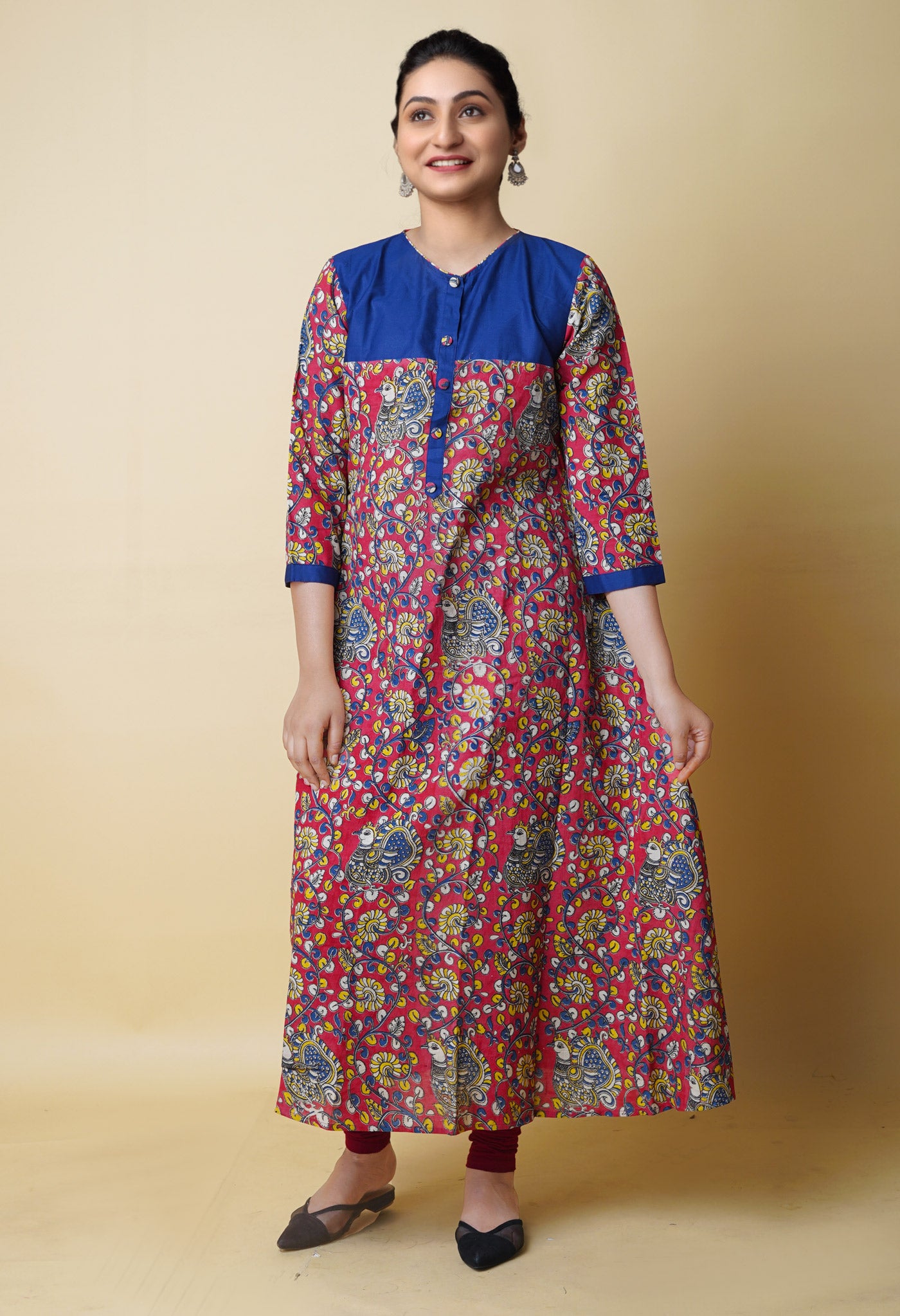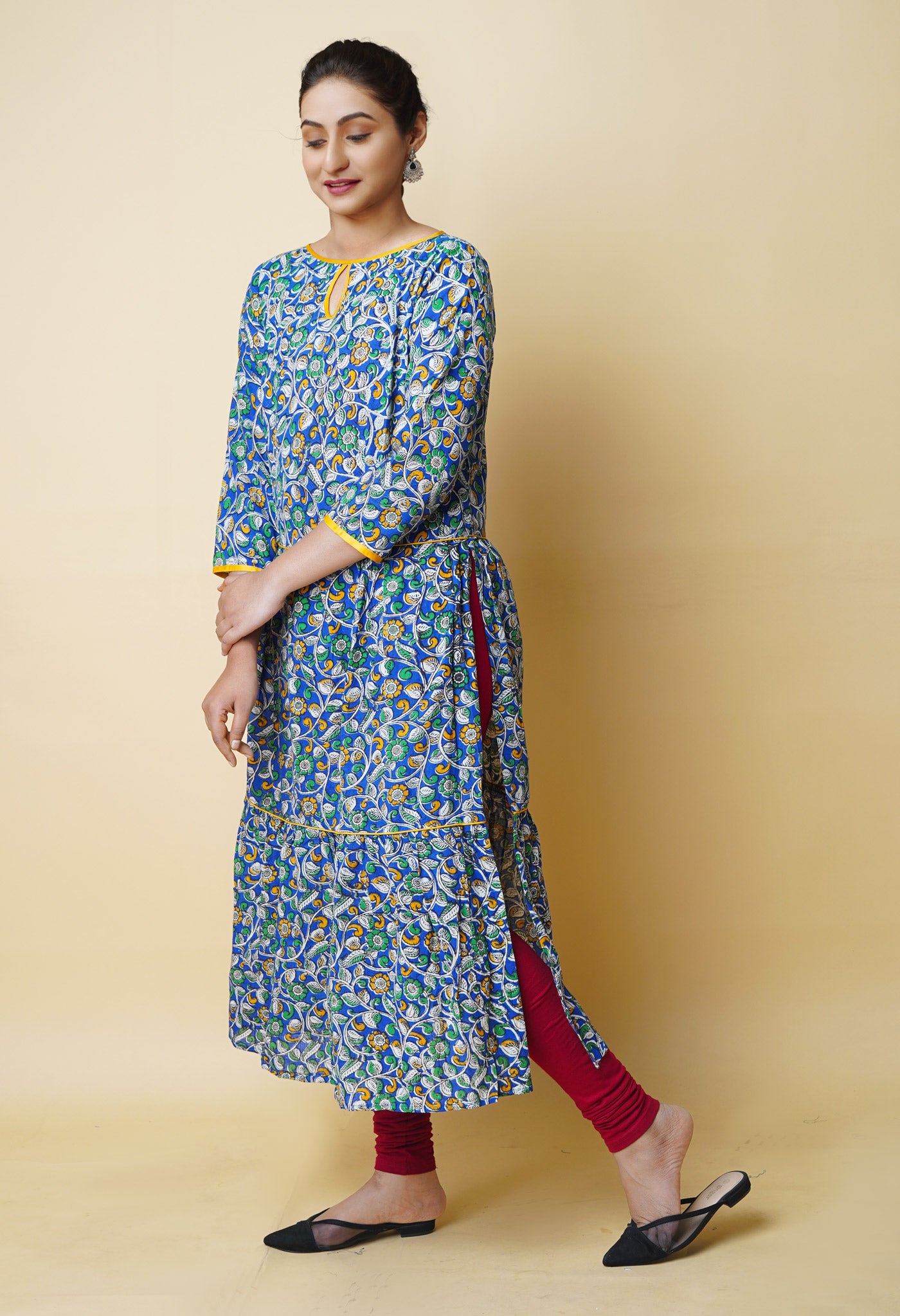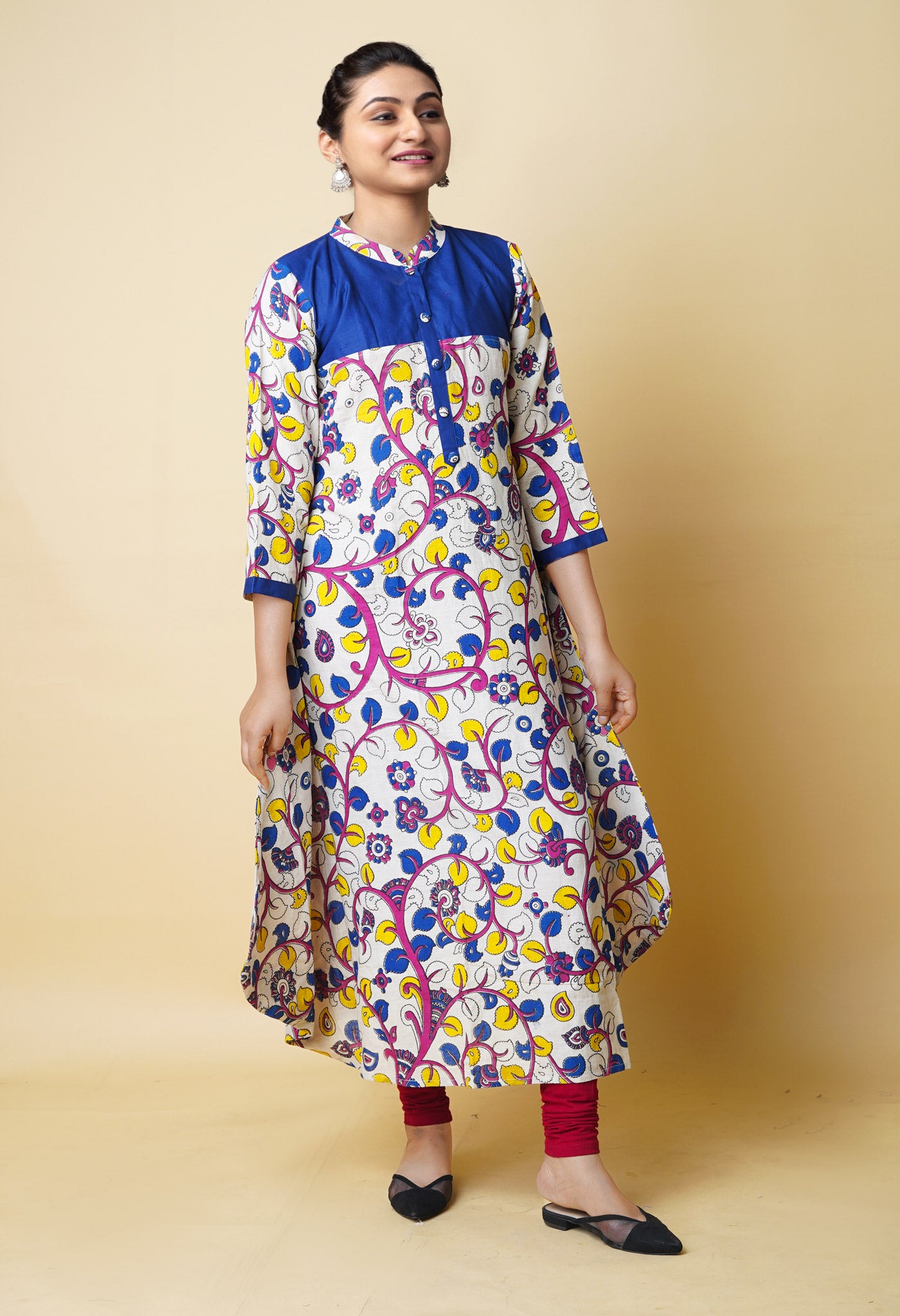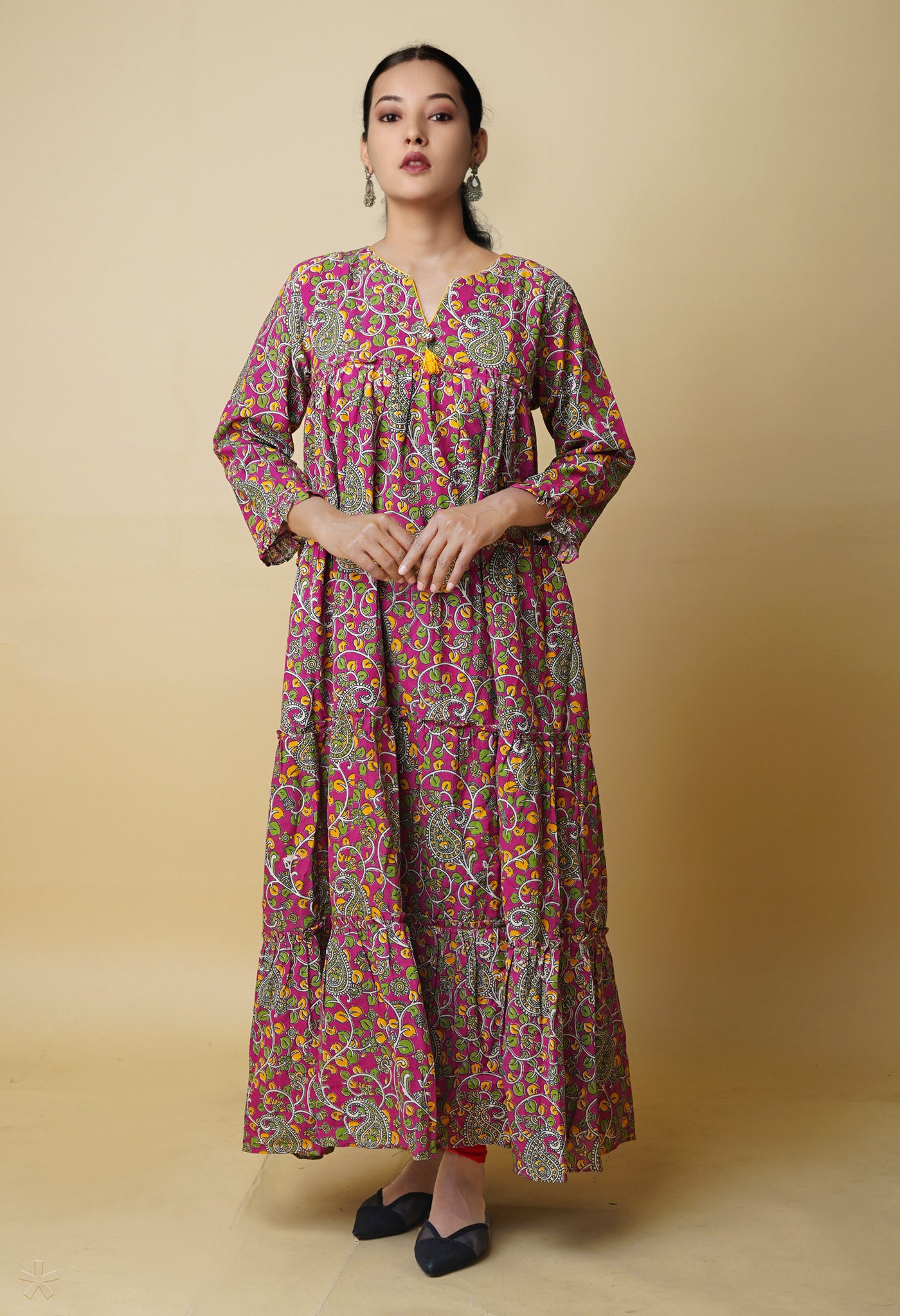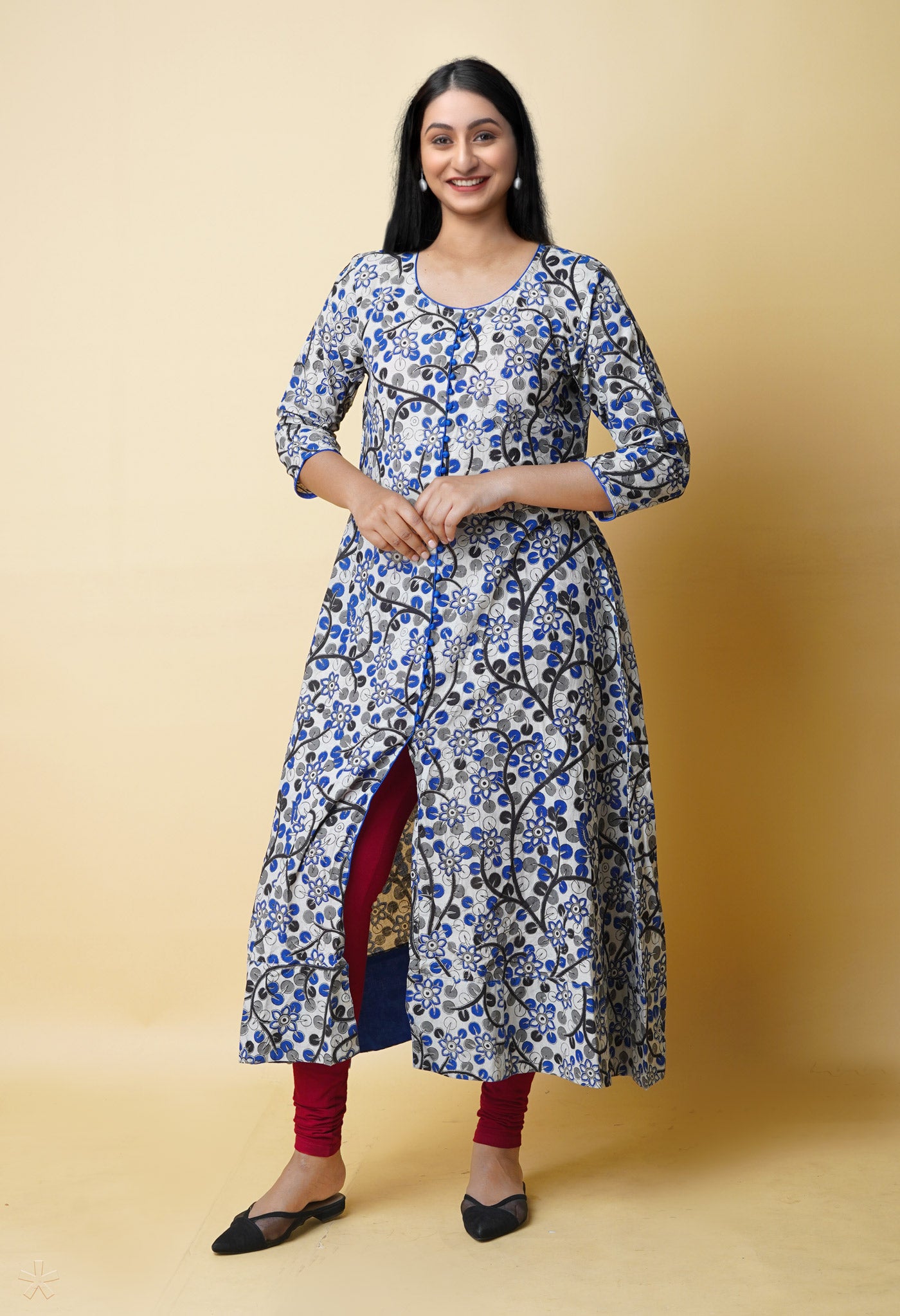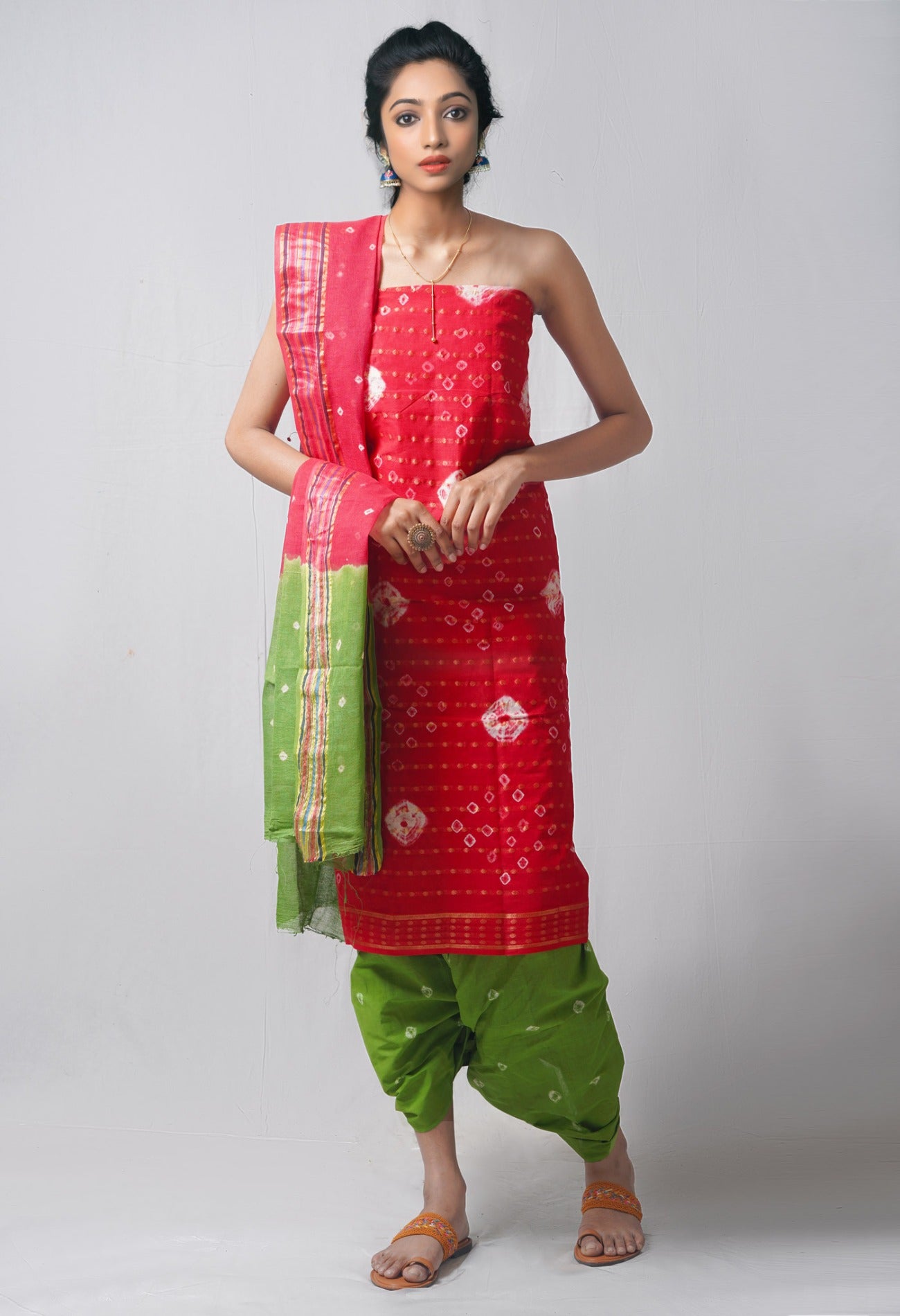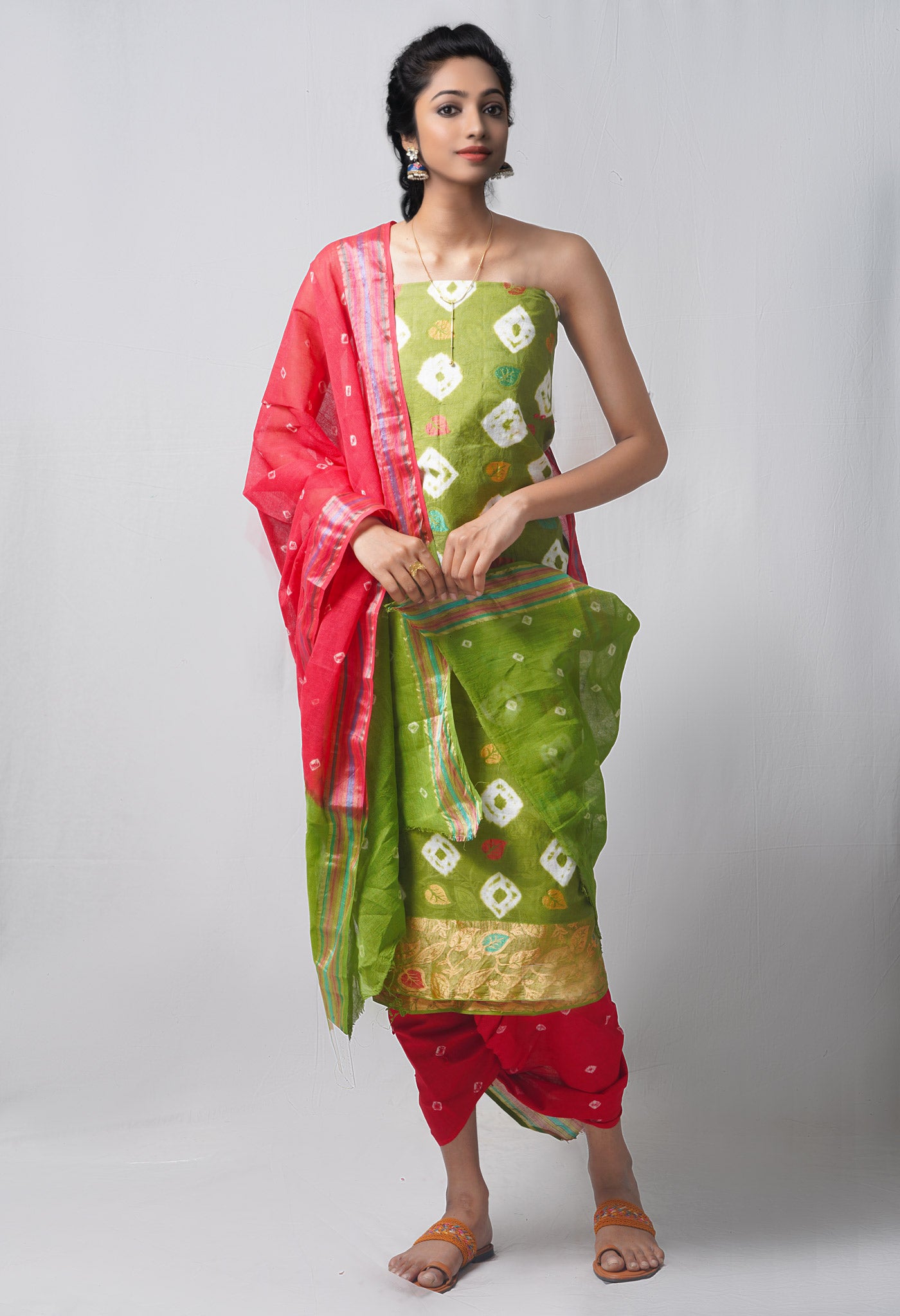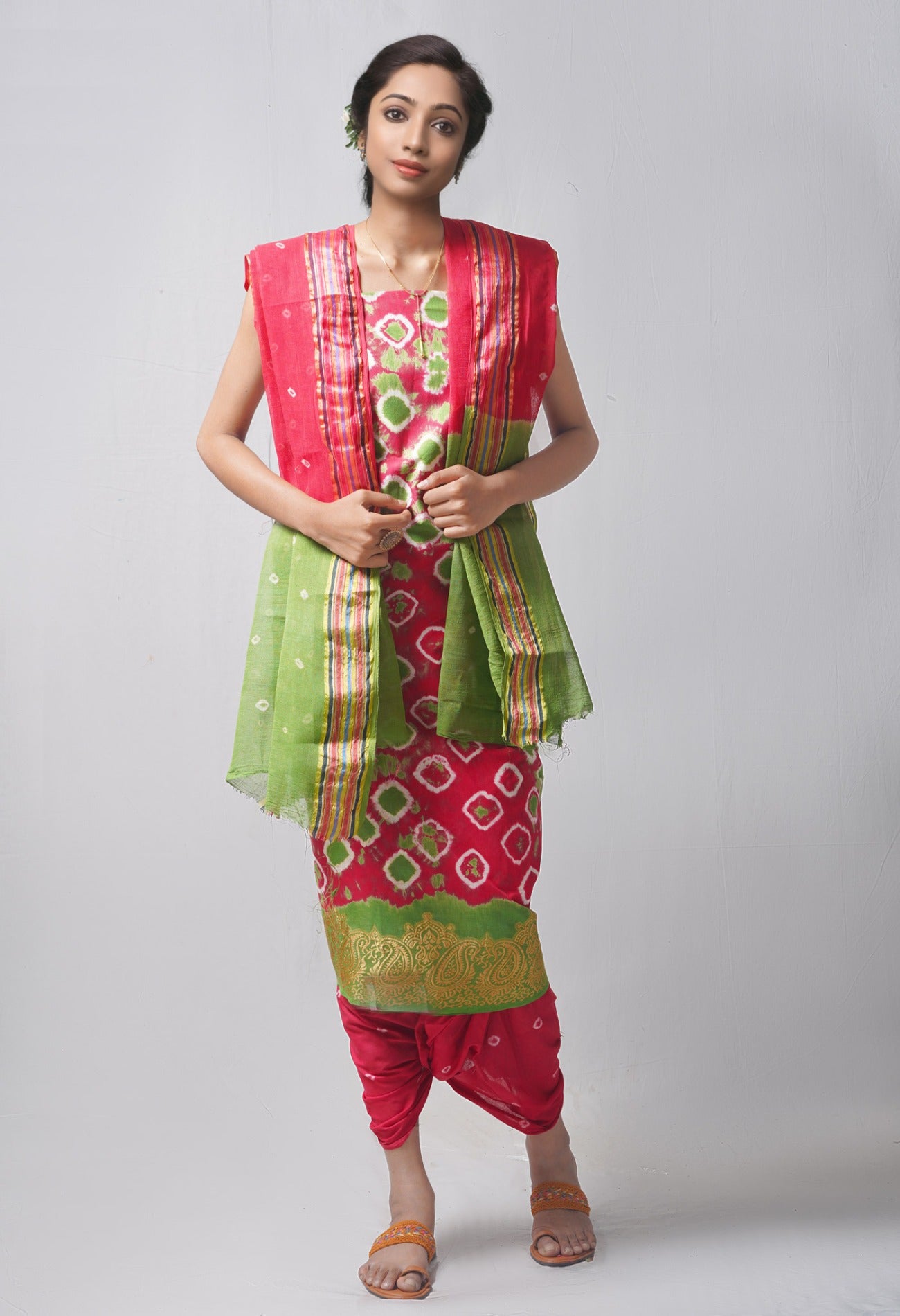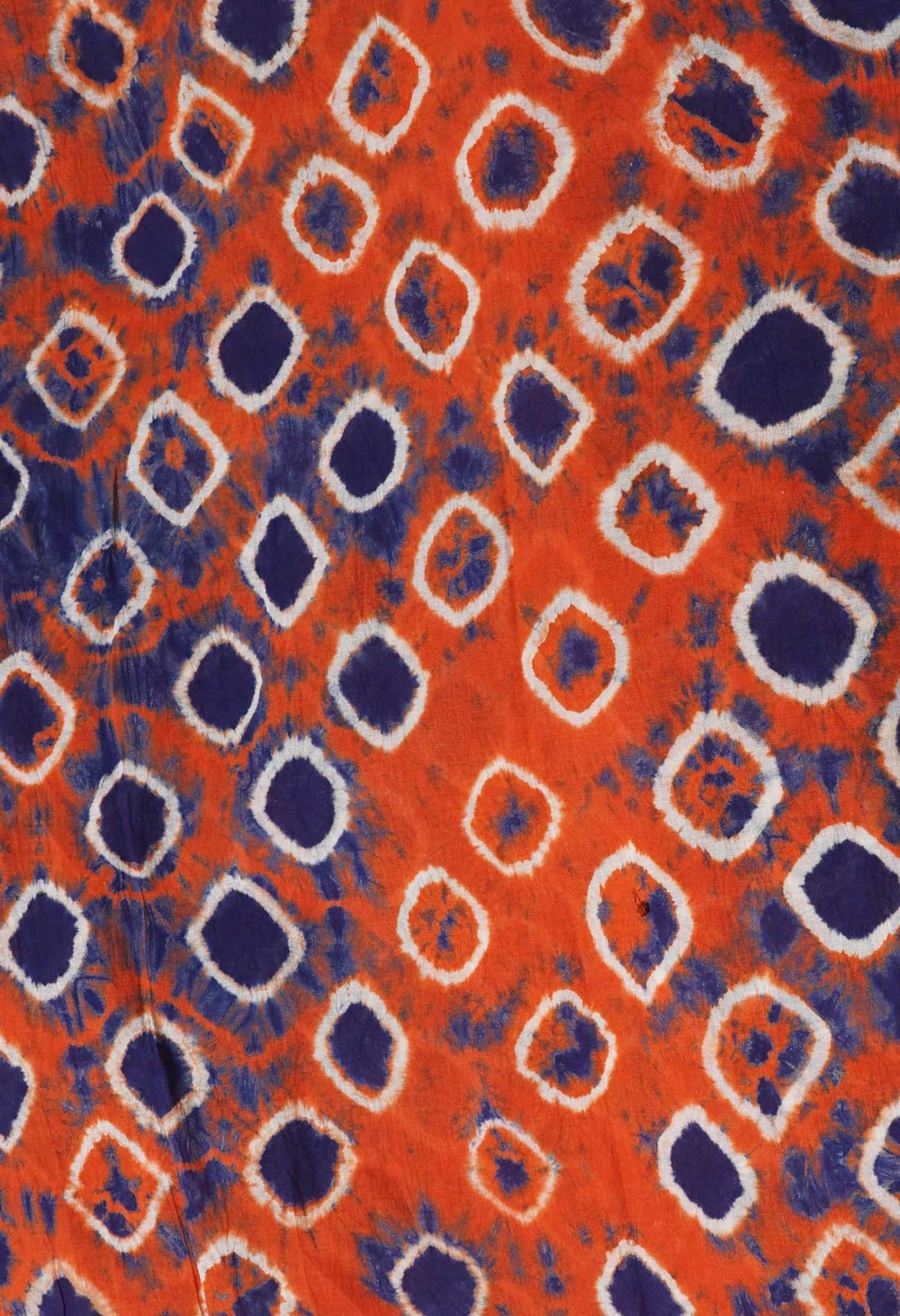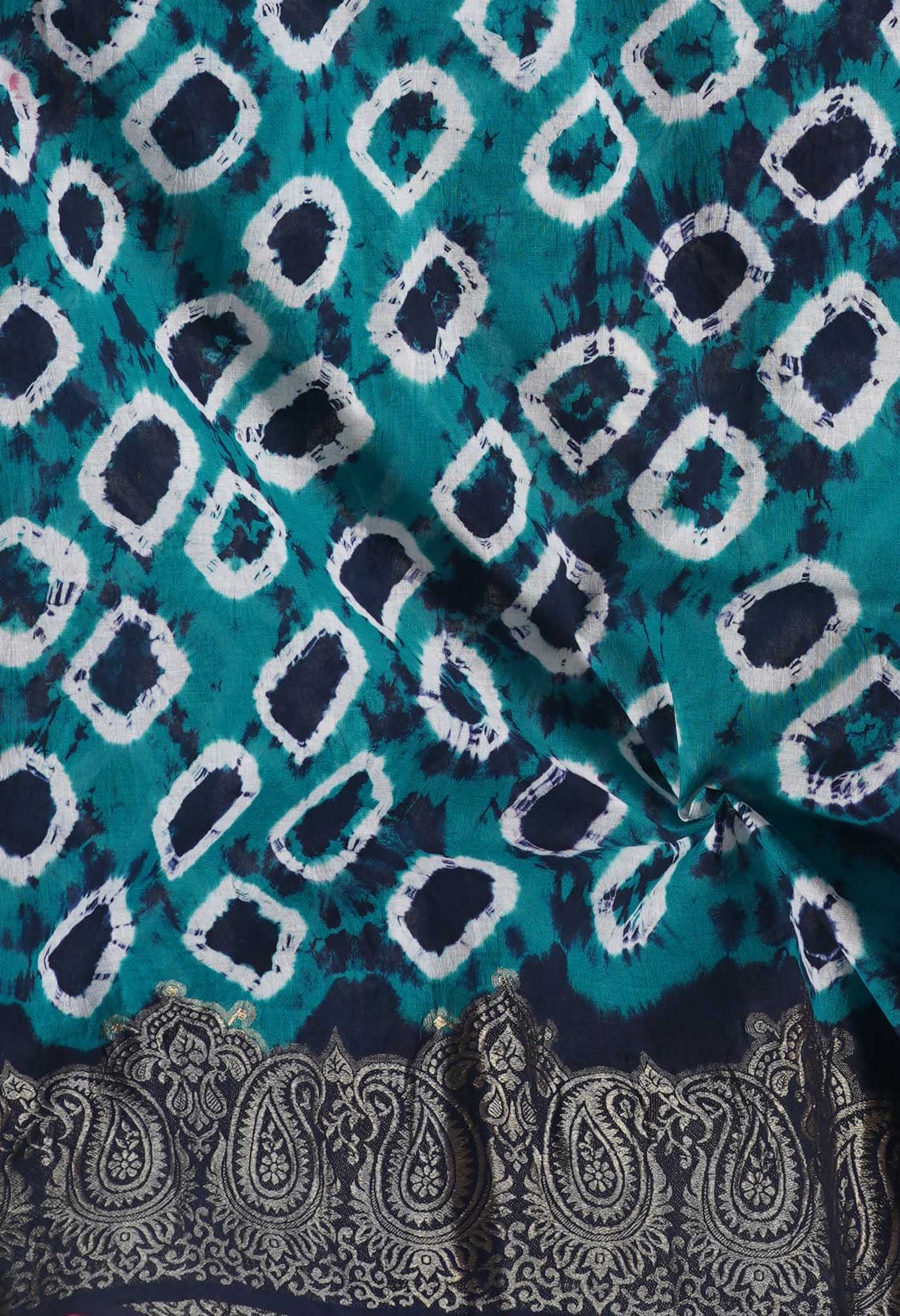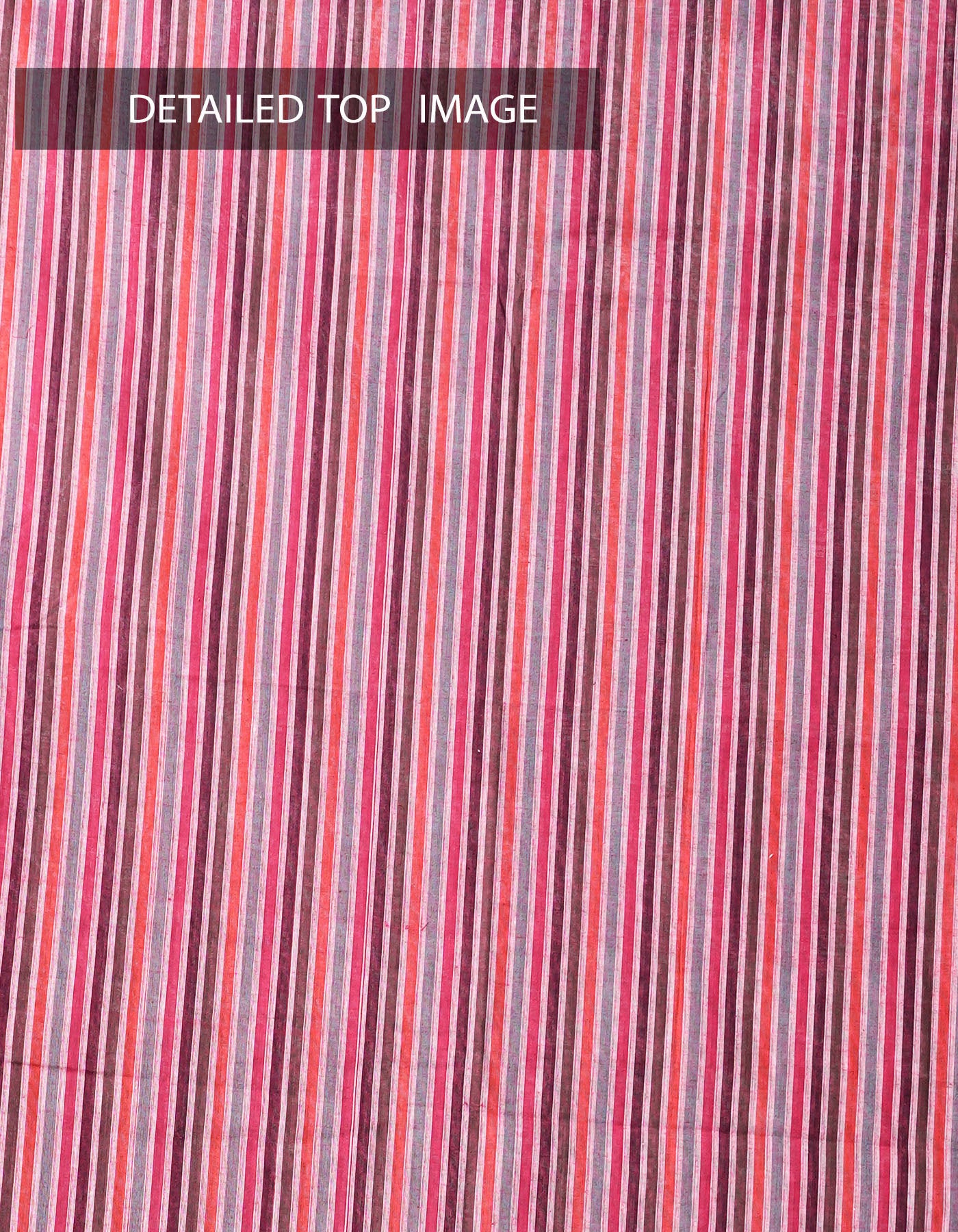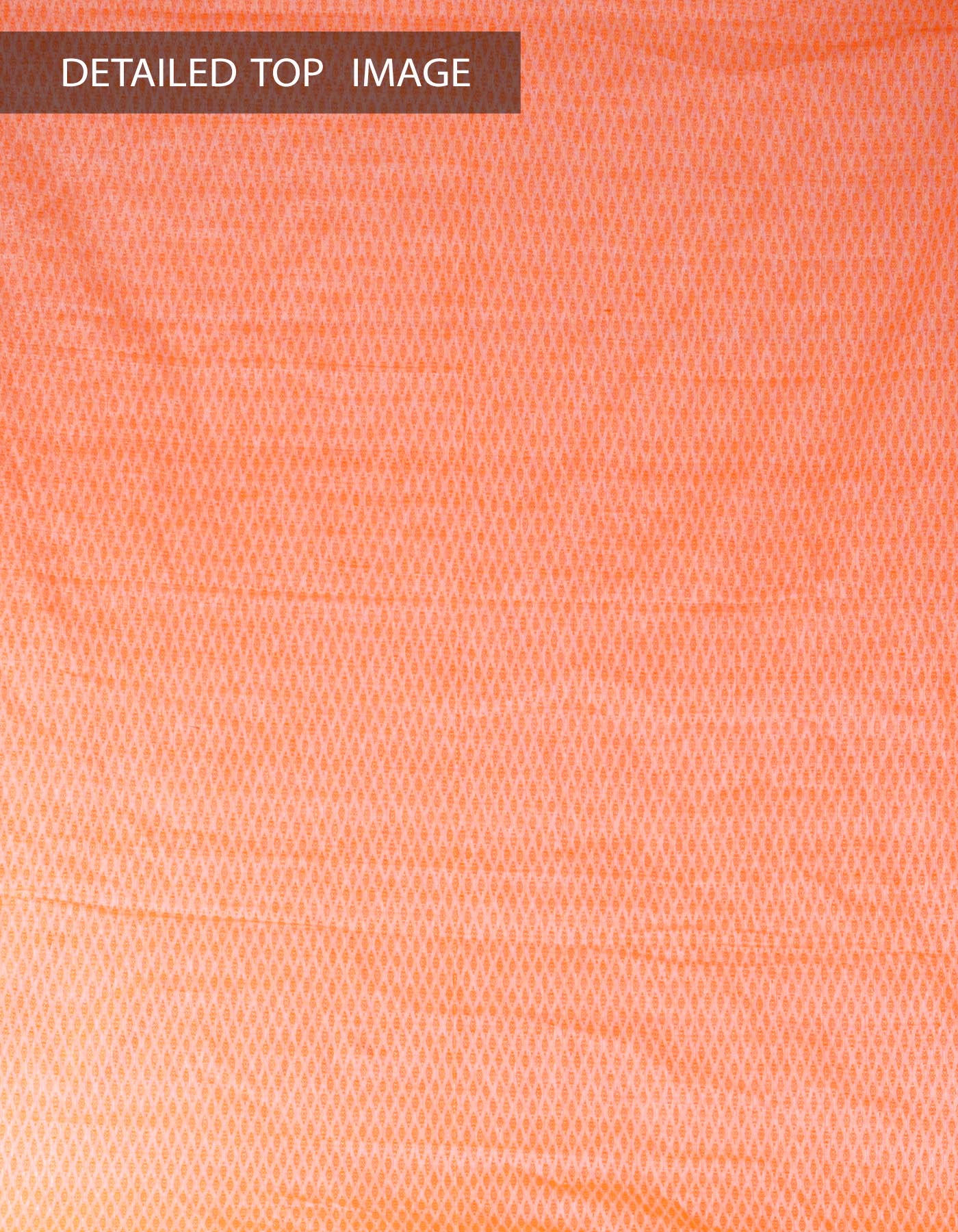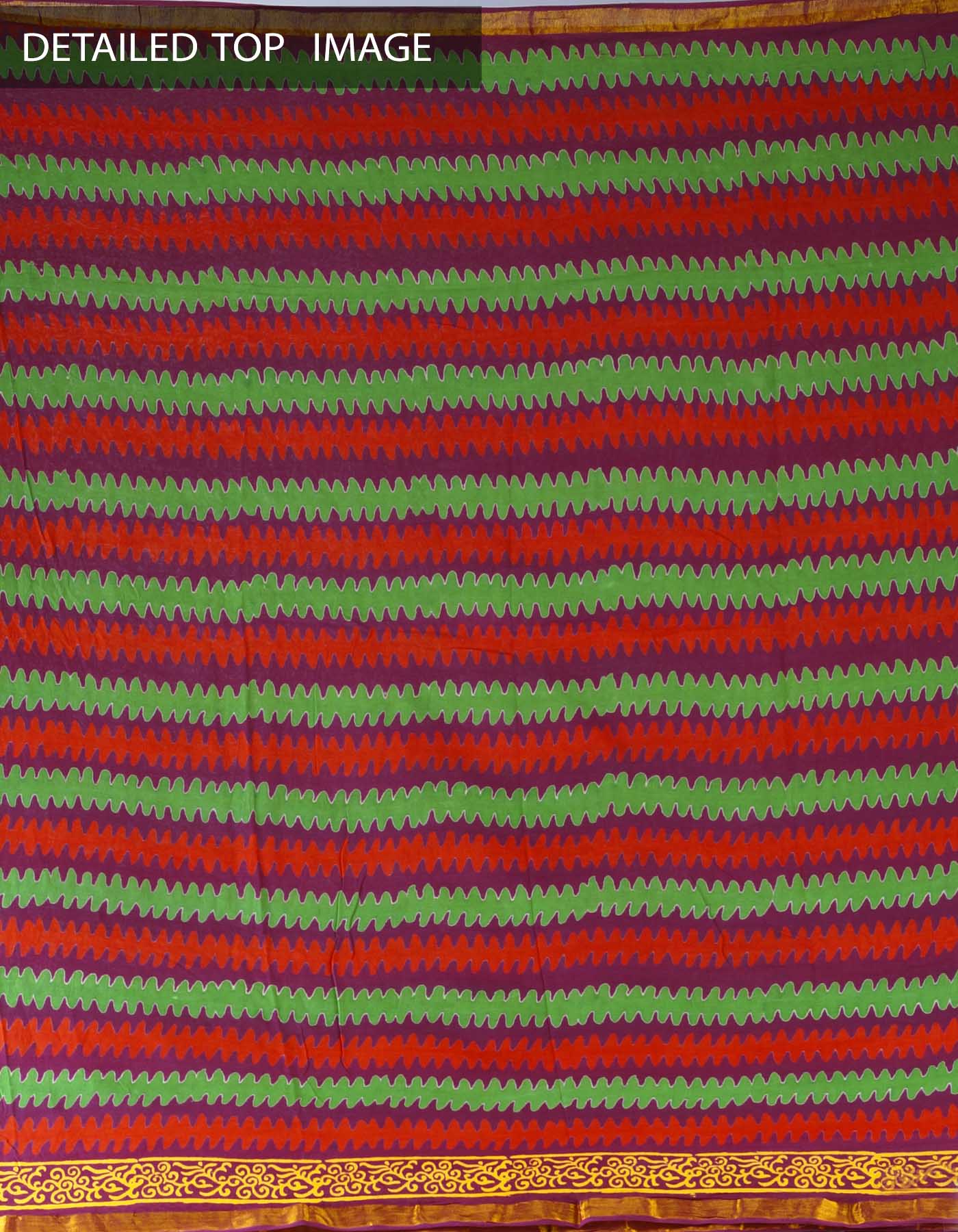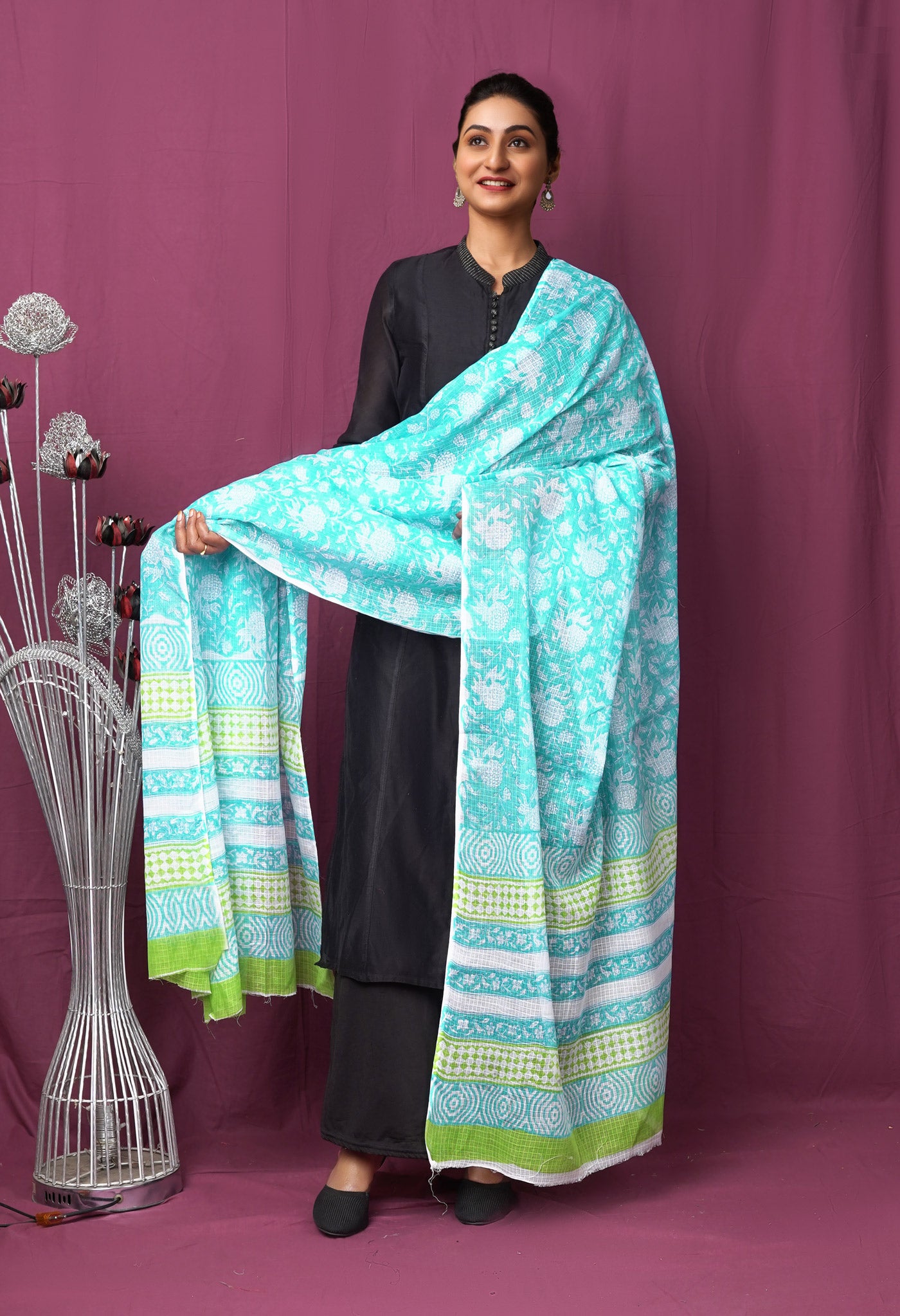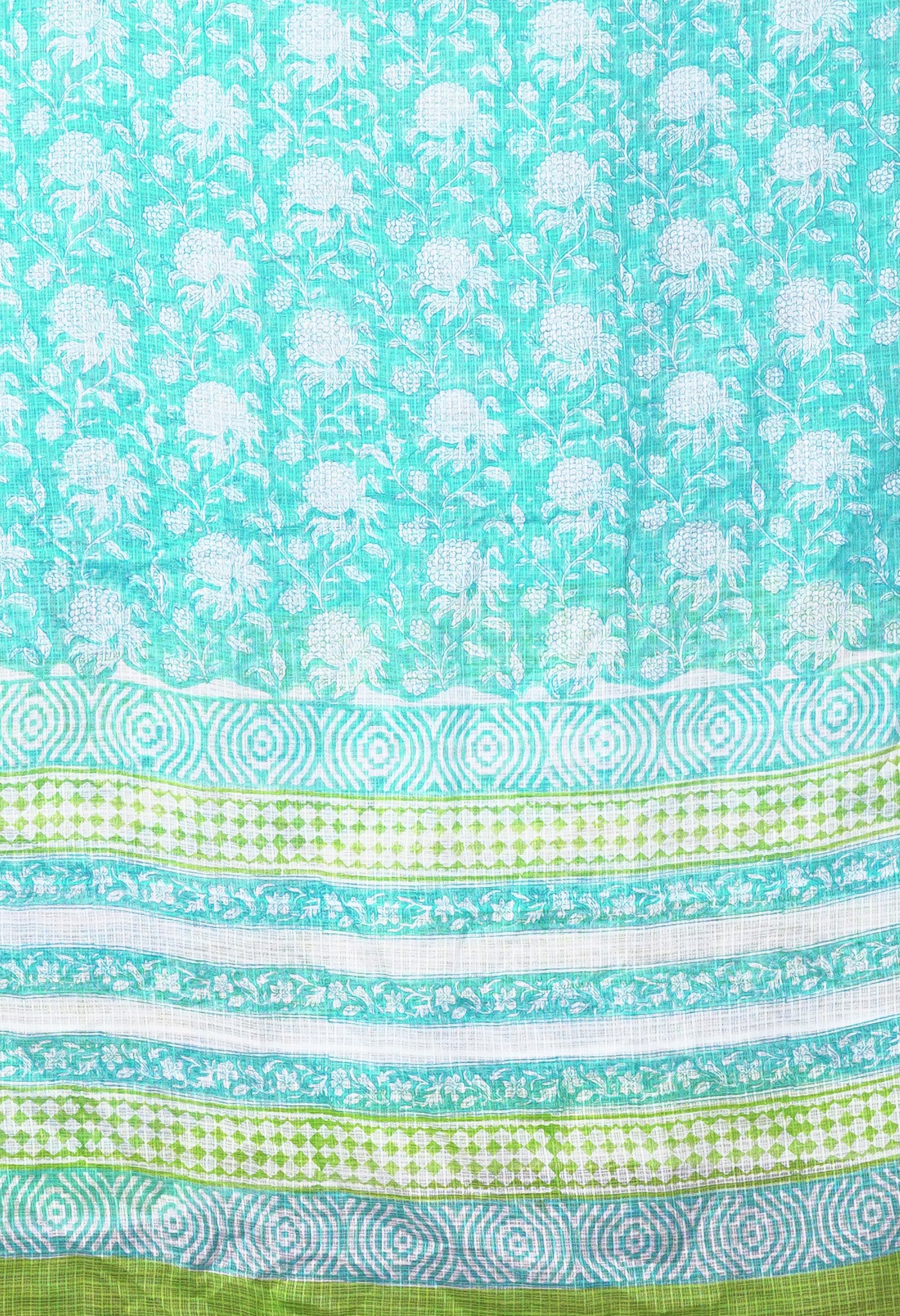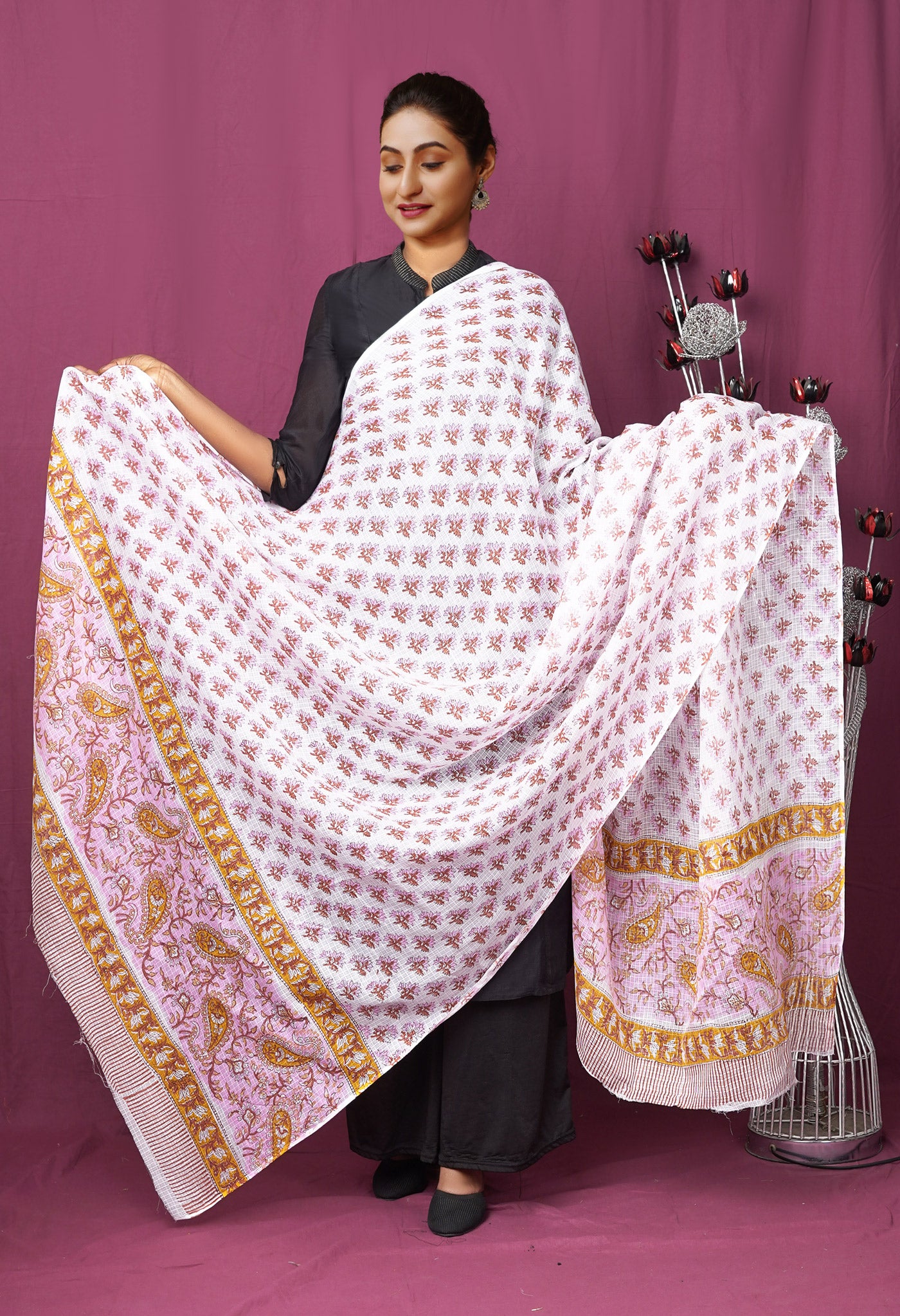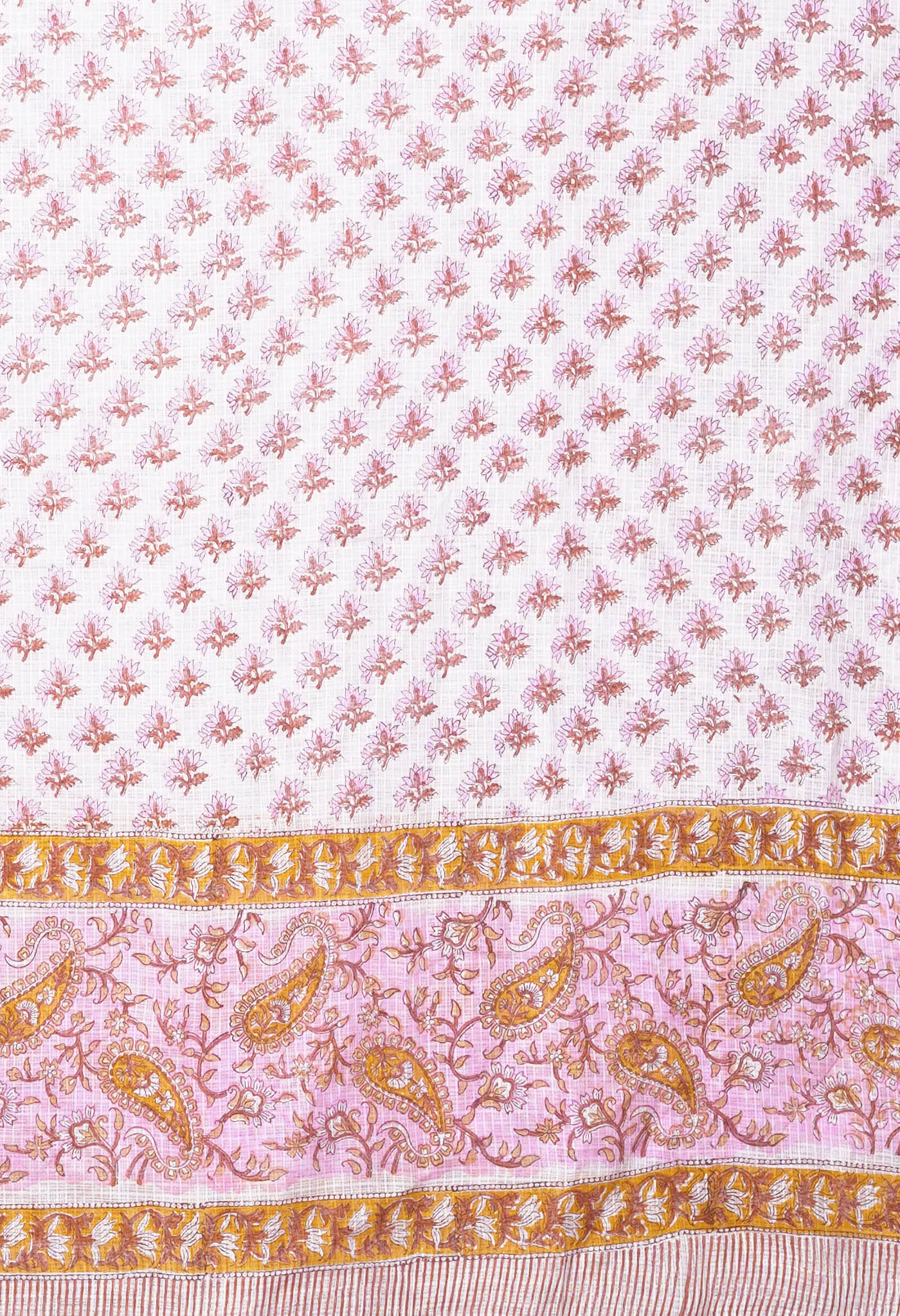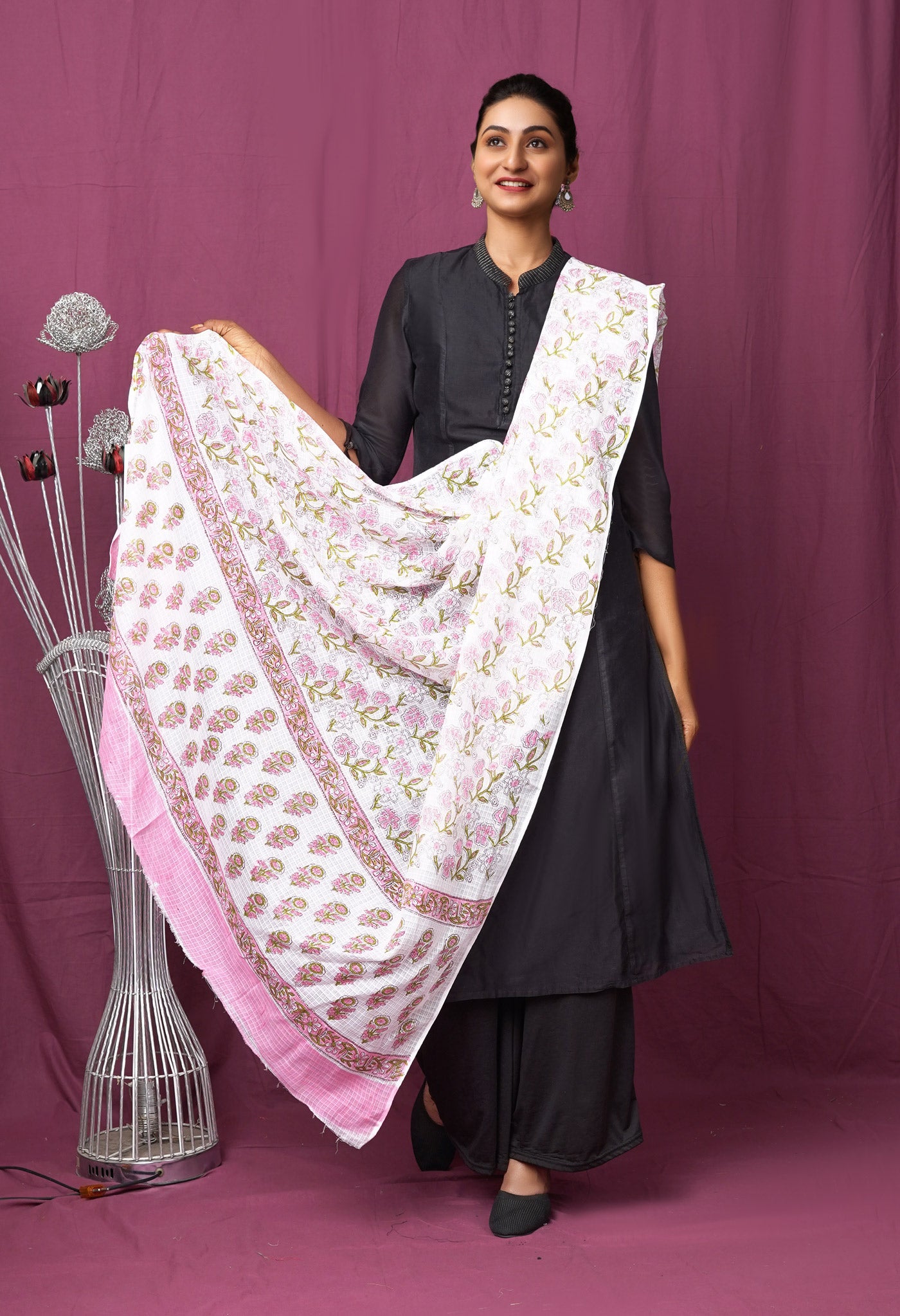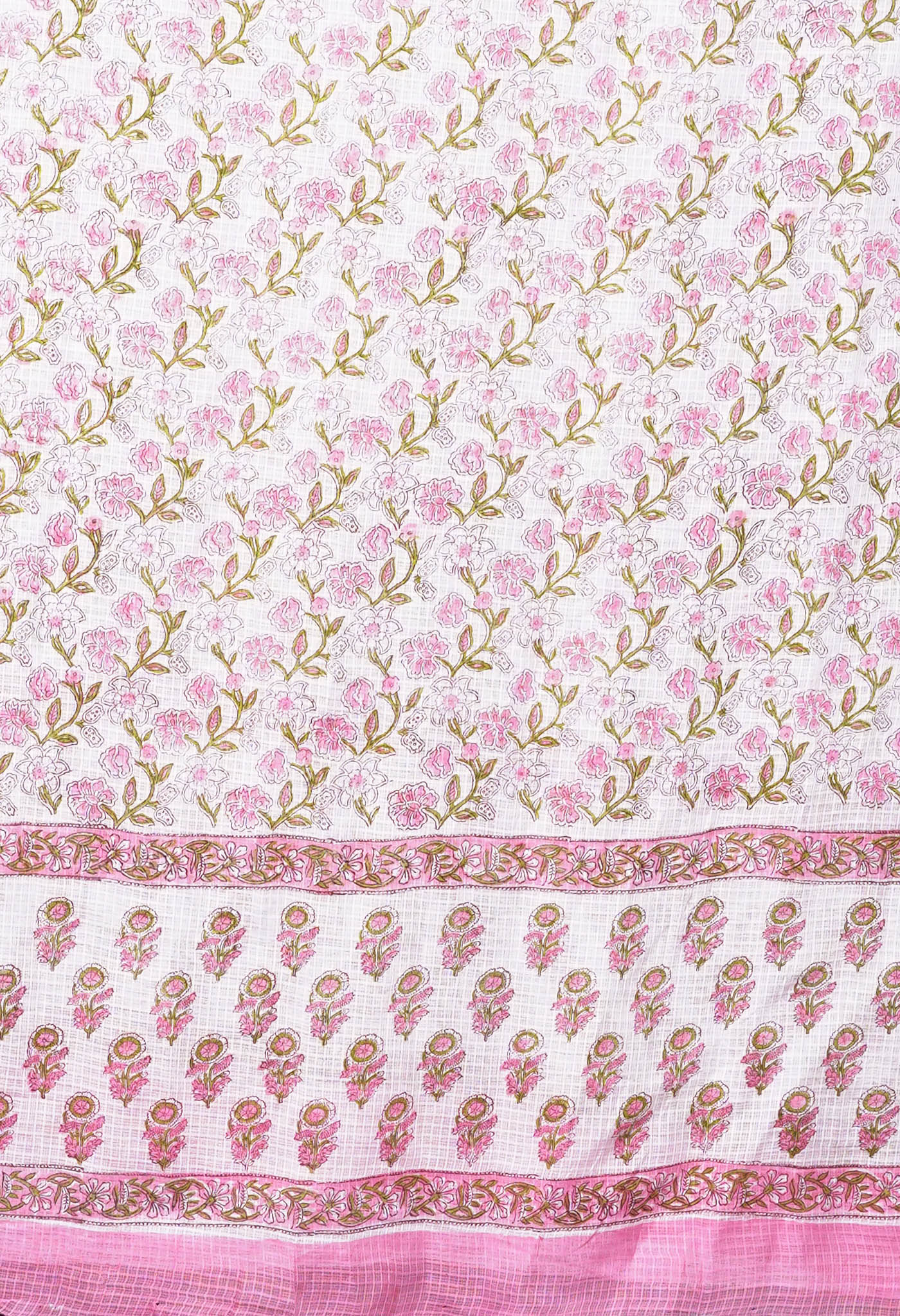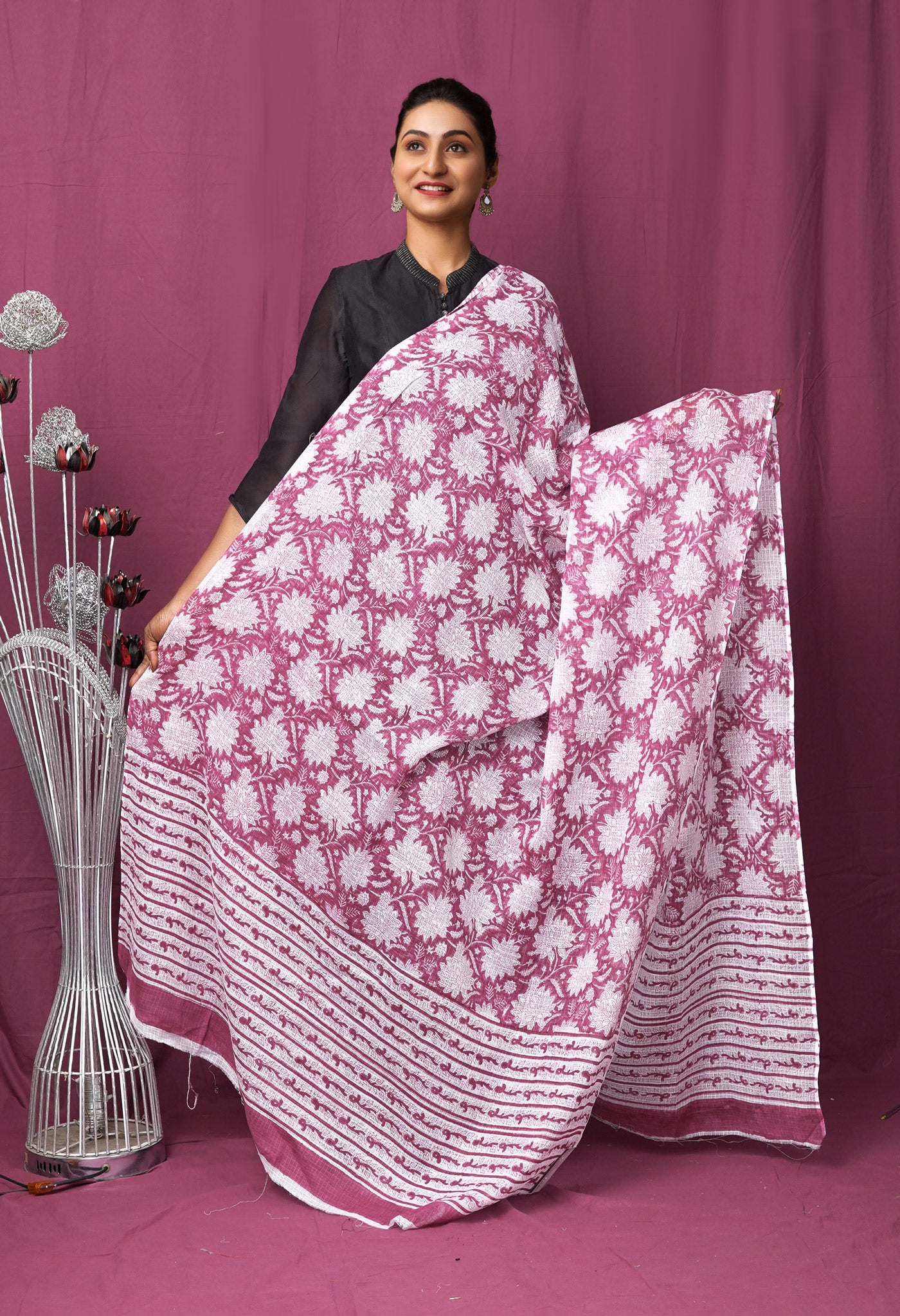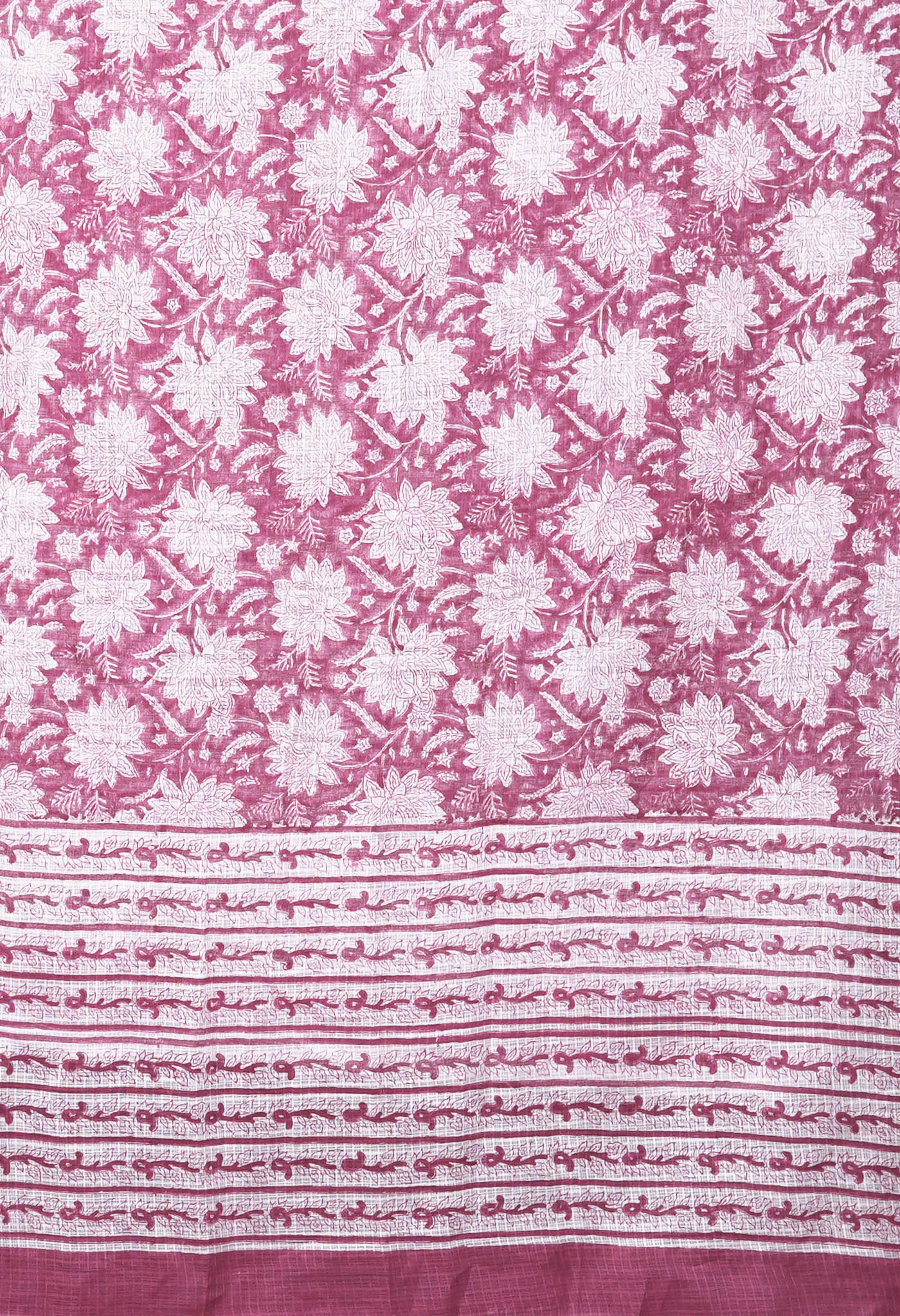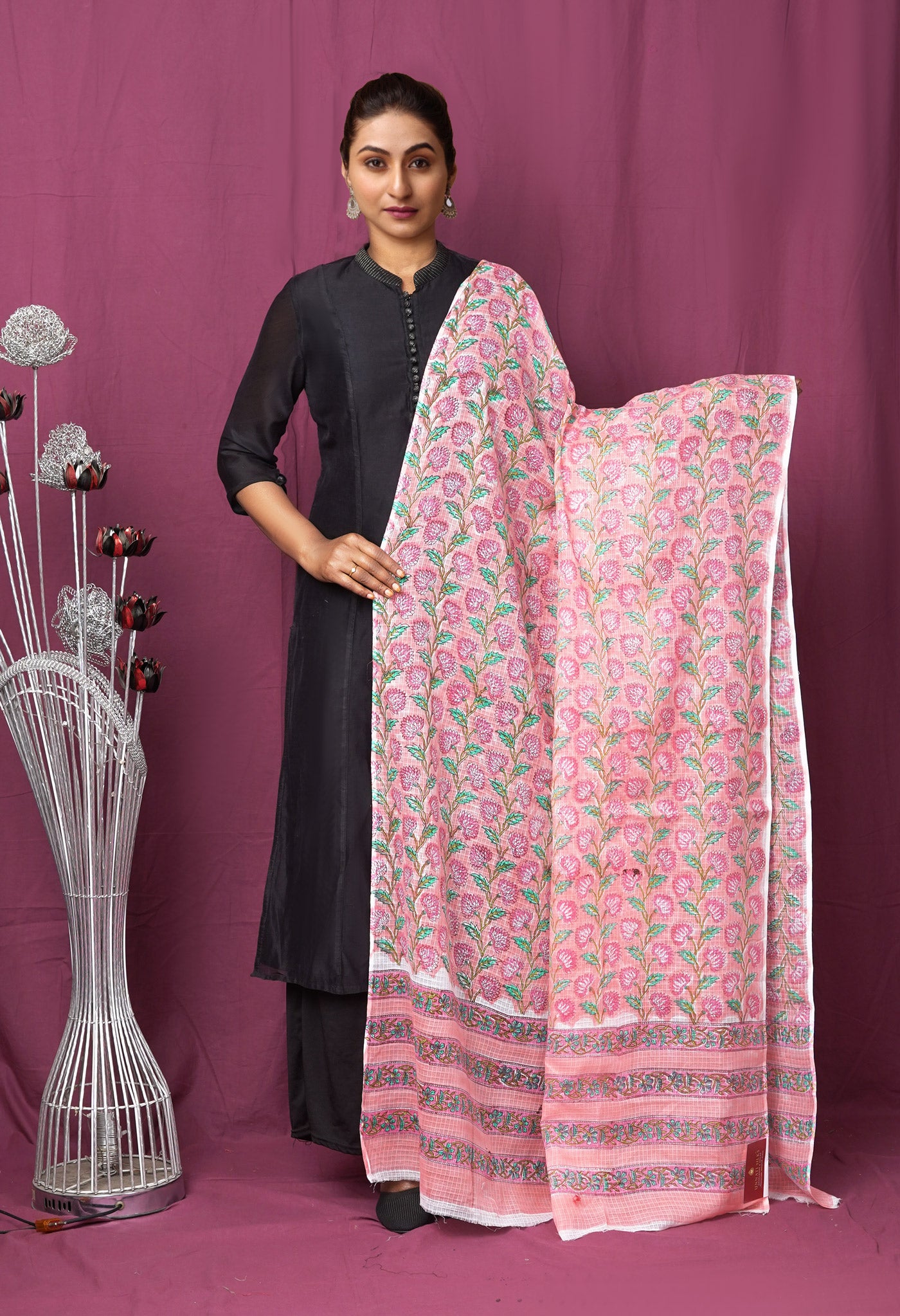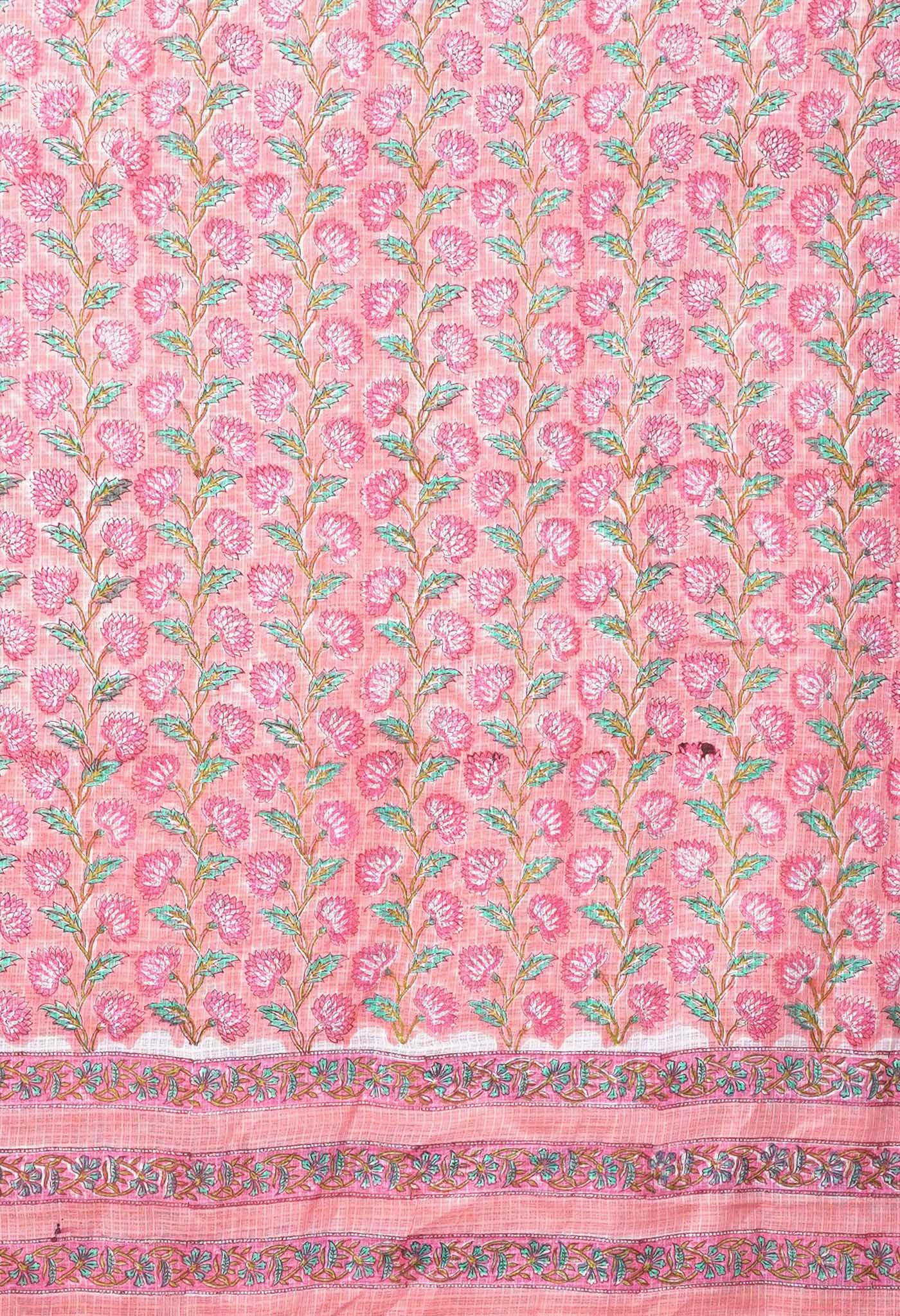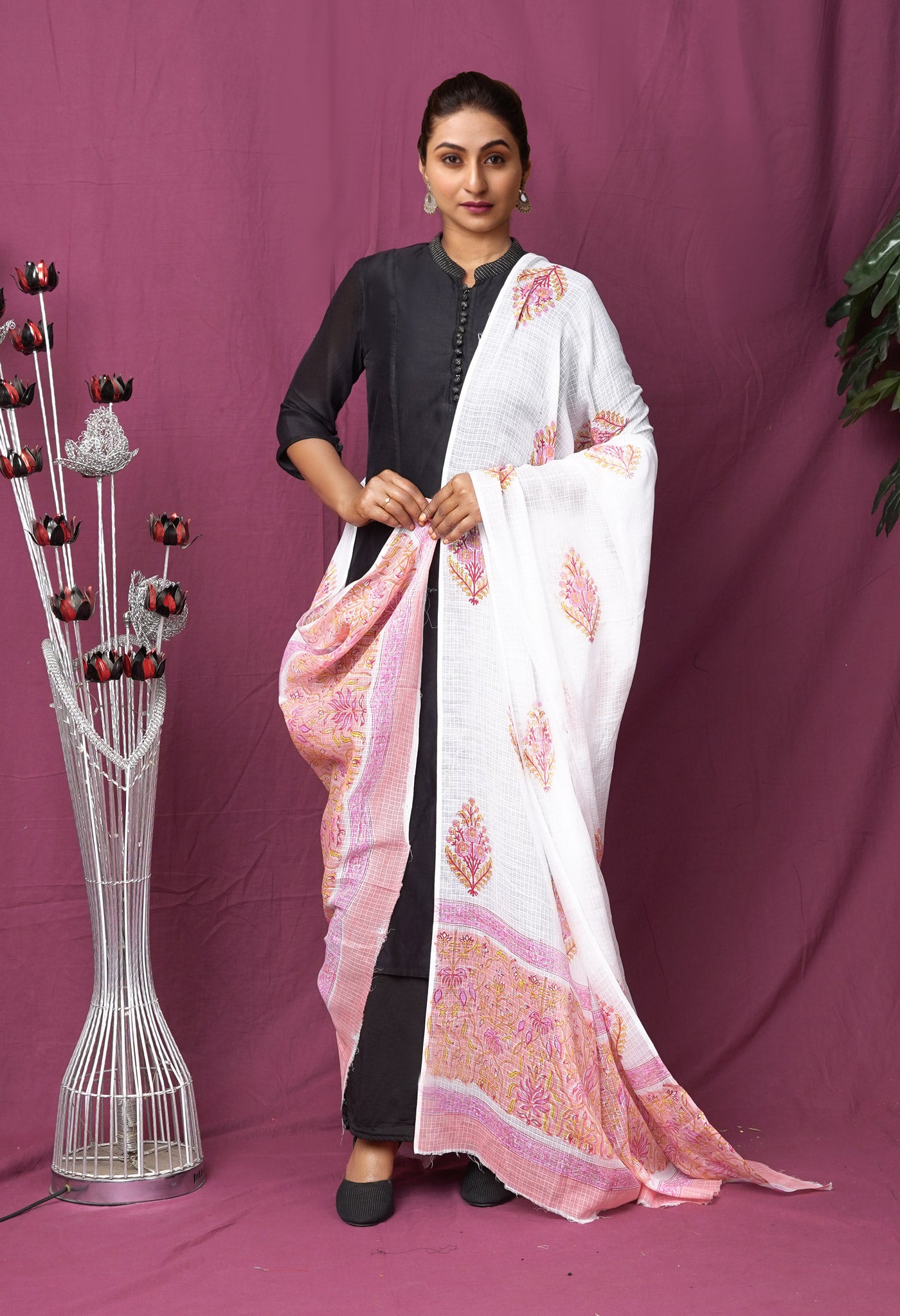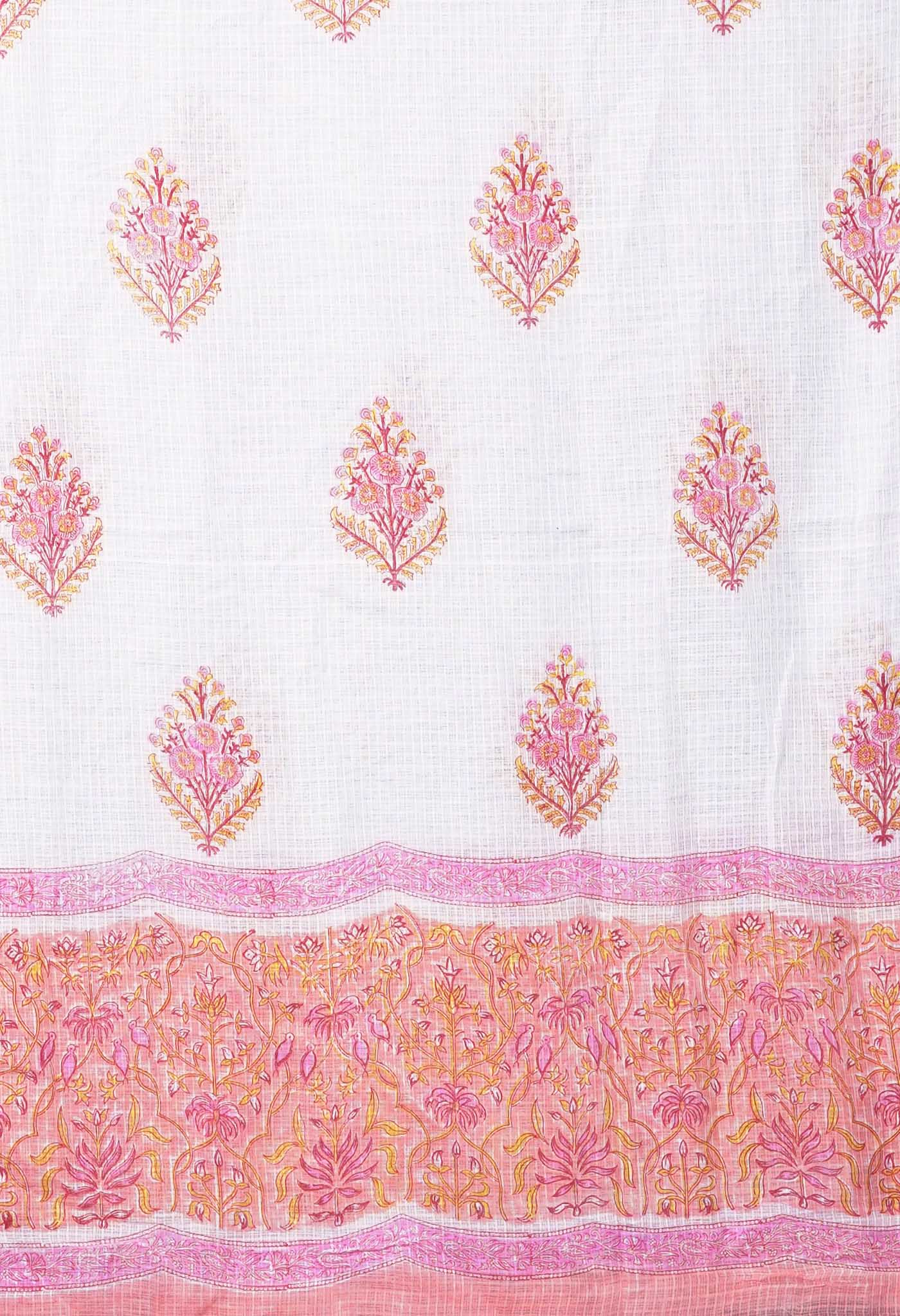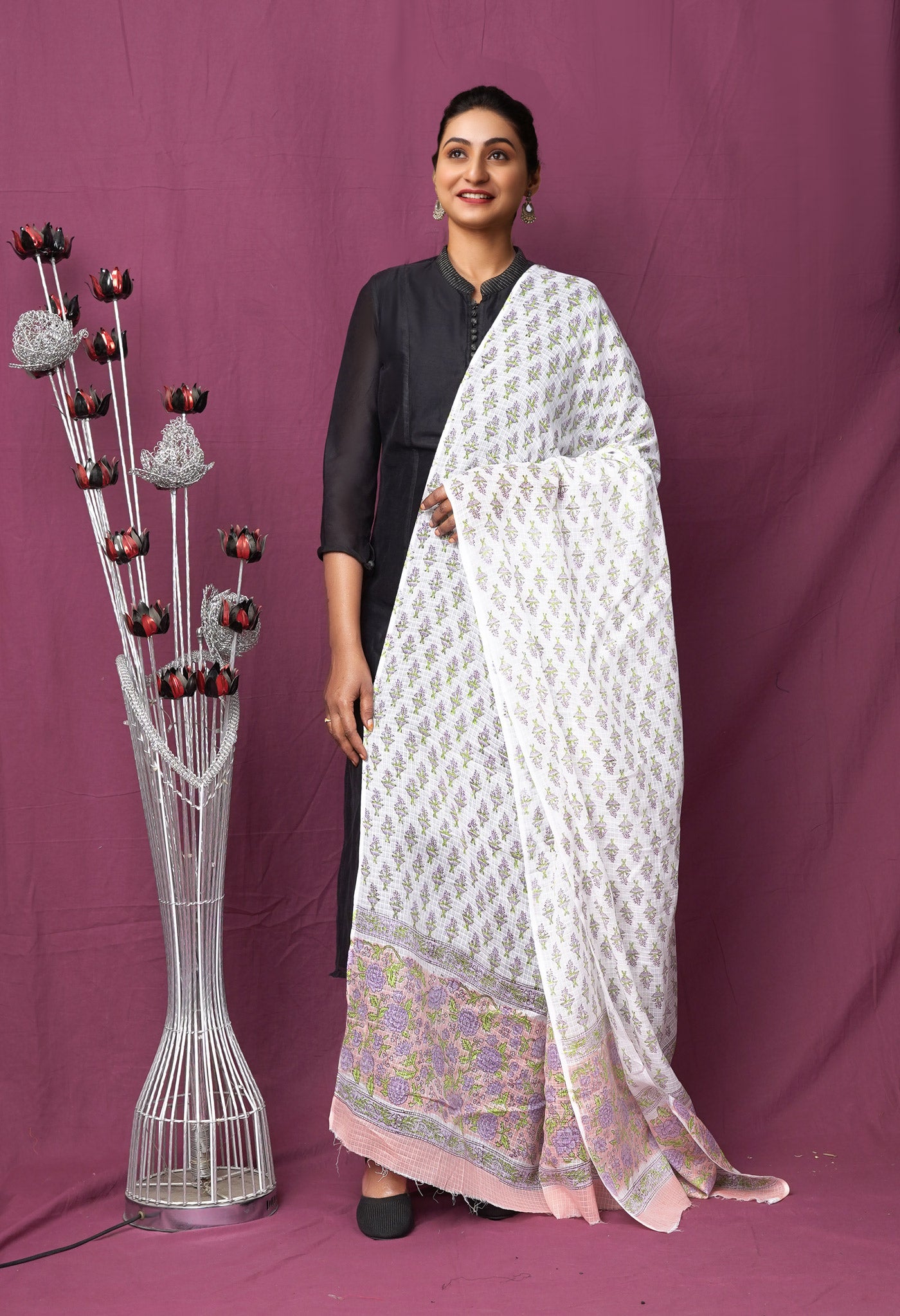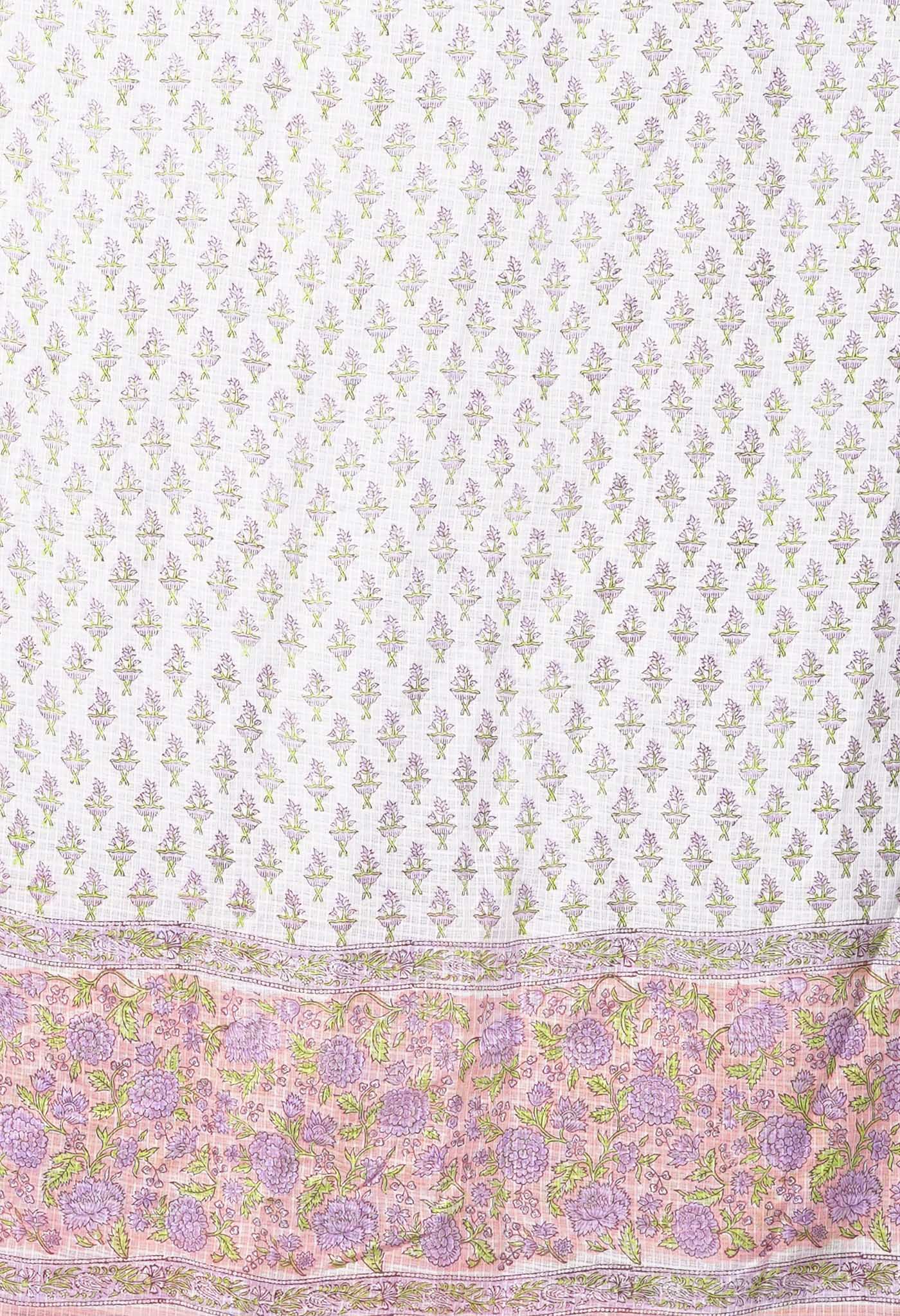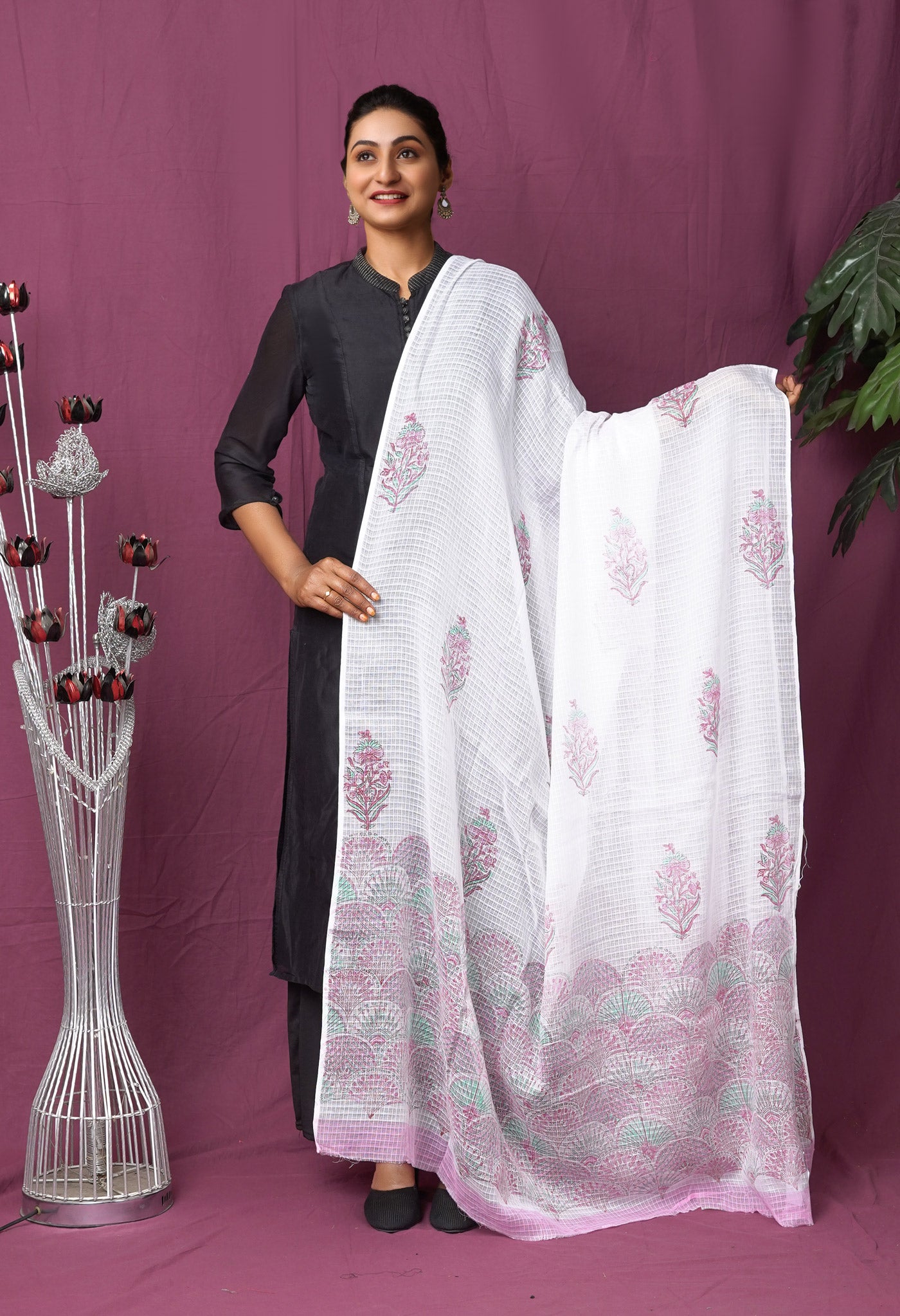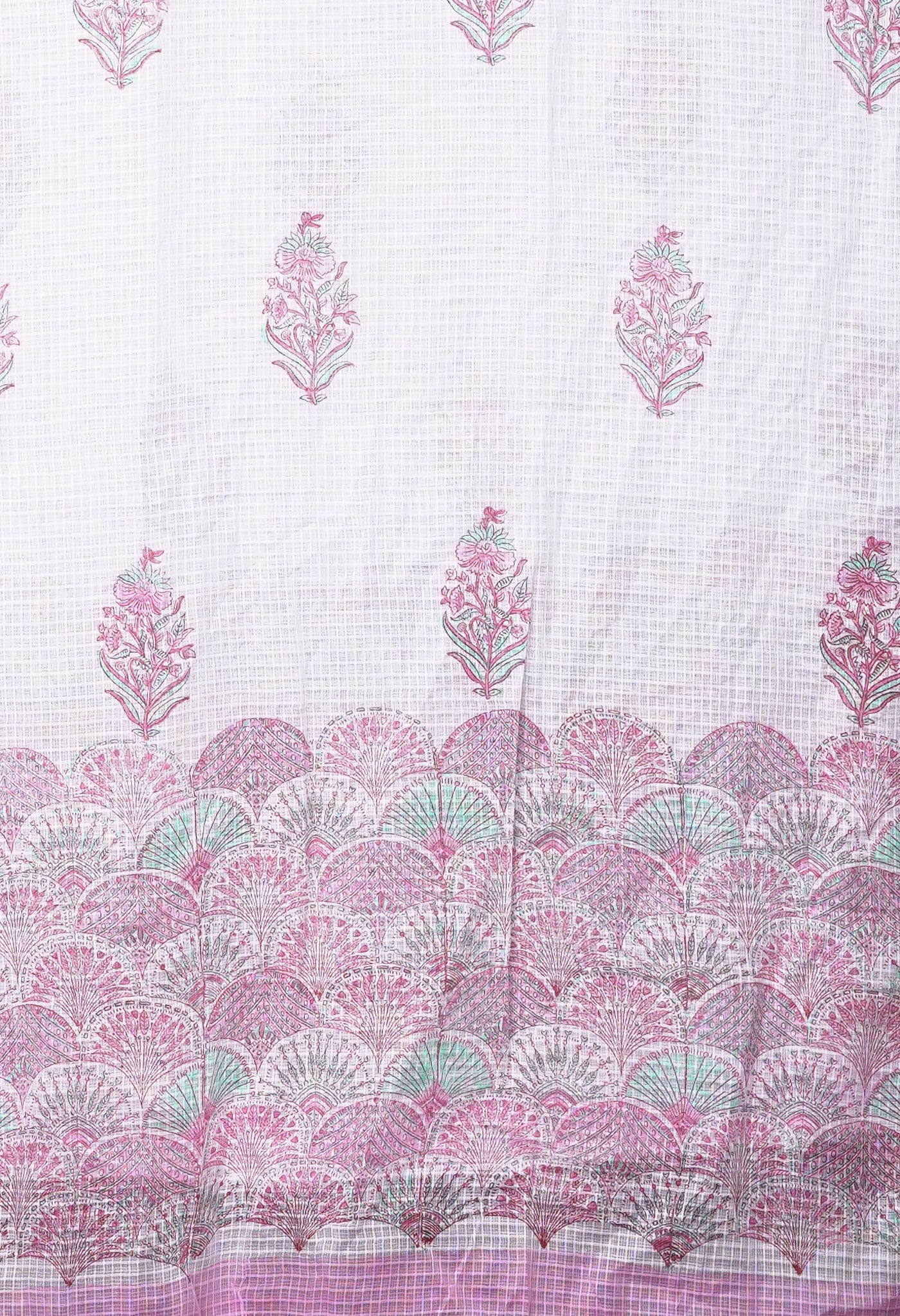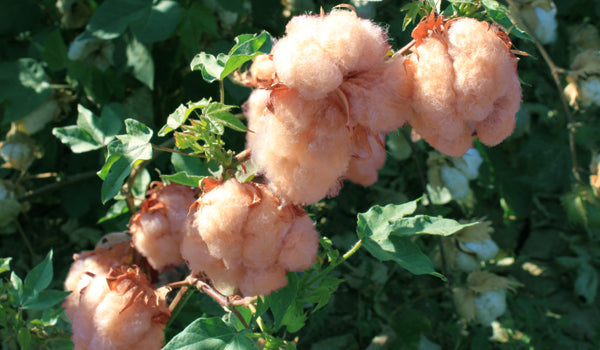
Naturally colored cottons – a regain in popularity
Environmental concerns in recent times have assumed significance never before seen. There is now a tendency to reflect and review all that is before us to find out whether prevalent practices are good enough to continue with or would recalling back earlier ones be in our better interests.

In the textile industry this is very much a reality especially in the manner in which chemicals have made inroads into the use of dyes and coloring substances for fabrics, their disposal after the coloring processes an added worry on account of being unfriendly to the ecology.
Conventional white cotton versus the naturally colored cotton
In the last decade many comparisons have been made of the conventional white cotton fibre that requires dyeing and the naturally grown colored cotton. The conventional white cotton needs to be dyed or colored whereas the naturally colored one does not.
The study, a comparison of natural brown colored cotton knitted fabric with a white one was made in manner of process steps and cost by the data and methods of a dye house. Calculations were made by taking the treatment steps of the fabrics in the production into account.
A comparison of all the relevant factors were made, that threw up pleasant surprises.
- Naturally colored cotton was evaluated by washing and softening steps. The white cotton fabric dyed with the same color (brown) of naturally colored cotton in the laboratory and was evaluated by bleaching, dyeing, washing and softening steps.
- Calculations were made by taking the treatment steps of the fabrics in the production into account. Calculations and comparisons were made by taking energy, water, labor, electricity, chemical, auxiliary agent and dyestuff costs into account. As a result all the flowcharts in the dye house were evaluated.
- It was found that treating the naturally colored cotton fabric is 2.9 times less expensive than treating white cotton fabric in the dyehouse.

 A little-known fact
A little-known fact
Not widely known is the fact the cotton color that we see today was not always off-white. Colored cottons existed in the 3rd century B.C. in Indo-Pakistan, Egypt and Peru. Natural colors of cotton then were mocha, tan, gray, and red-brown. It was during the industrial revolution that the looms came. Since the colored cotton fibres were short, processing them on the looms became a hindrance. So the long-fibered white cotton slowly and steadily replaced them on the looms and subsequently growing white cotton became an inevitable part of agriculture and the colored cottons grew extinct for a long time. Recent concerns about the state of the environment and the desire to get back to all things environmental friendly like organic farming, saw a slow start and revival of the once extinct naturally colored cottons.

Why did white cotton prevail all these years?
For several reasons!
- It is the most important natural fiber in as many as 80 plus countries of the world. It replaced colored cotton during the industrial revolution when cotton fabrics if they had to be manufactured quickly and efficiently on the looms needed its long fibers as compared to the short and cumbersome fibers of the colored cottons.
- The colored cottons are 4500 years old, having been grown with some of the ancient civilizations, but priorities changed over time to push them into oblivion.
- White cotton was perceived as the better of the cottons when the industrial revolution came about, though some feel it is debatable considering that white cotton has been thoroughly researched but colored cottons got the attention and was considered very recently. So in fact there are many facets that might come out soon.
- The colors of natural cotton are very limited to meet the demands of the market, whereas the white cotton could be dyed with any shade of color desired.
- In some countries the colored cotton plants were seemingly contaminants of the white variety.

Colored cottons – a patron in Sally Fox to re-kindle the interest
Sally Fox of the United States can be said to be the pioneer in the revival of the colored cottons in 1988. The white cotton was till then considered superior to the colored cotton mainly for its machine ability. She developed a way to make colored cottons tolerant to machine processing. Till then it had been seen as naturally colored cotton fibers being inferior to white cottons merely for this reason alone. So comparisons and deeper studies were just not made.

When Sally Fox experimented and showed to others that naturally colored cottons were manageable on the machine, interest grew in several parts of the world, like, Israel, Brazil, Peru, Greece and Turkey. Studies were made and work was done with genetic modifications in order to develop new colored fibers with good quality in these countries.
Over time others joined in. In fact recently about 30 odd countries conducted research on increasing the colors of naturally colored cottons apart from the existing green, brown, a red tone and a tan one. In the process development has been made to have gray, black, mahogany, purple, orange, red, pink, blue, green, grey and cream, as well. They being at various stages in the genetic experiments, would be available commercially soon after.

It was not simply a matter of trying out something new. The attention of scientists, technologists and industrialists was attracted for their ecological and economic advantages. Not only was the adverse effects of the increased use of chemical dyes on the environment being felt as a matter of concern, some even saw it as a way of doing with the dyeing process in the bargain that would help matters.
Sally Fox had created her own firm patenting her own cotton but also having a registered trademark for the brown and green ones as well. So if other colors appeared in the market the demand for variety in colored fabrics that were not only environment-friendly but could cause some saving in the processes. In other words cotton fabrics from cultivation to the finished product would create alternatives for healthy, friendly clothing, furnishing and household products.

The essential difference between the two cottons – naturally colored and white
Though in many ways their chemical composition, structure and some of the properties quite similar, there are also noticeable differences between the two. The most significant difference between the two is the color. Color is controlled by a dominant gene, but the intensity of color is controlled by a host of environmental factors. The pigment in the colored cotton is not clearly defined. Studies are still underfoot for determining the composition and characteristics of the natural pigment in the colored cotton. The pigment amount is greater for brown cotton than for green cotton. This is one of the reasons to choose brown cotton fabrics in the study. Other differences between the two have also shown advantages and a few disadvantages of naturally colored cotton compared with the white cotton.

Let us see the advantages of naturally colored cotton
With time the properties of naturally colored cotton improved for better yield and qualities of strength, length, and the micro qualities to be competitive against conventional white cotton. Therefore the cultivation of naturally colored cotton as a commercial crop is increasing due to its reduced environmental impact.
- After the usage of naturally colored cotton fibers in the production of yarns, it was possible to use these yarns for woven and knitted fabrics as well as nonwovens.
- Naturally colored cotton can be grown by using organic farming methods because one of the inherent properties of it is the high resistance to insects and diseases.
- The avoiding of some chemical treatment stages is also a great advantage for ecological and/or organic textile production.
- Because of its natural colors, this type of cotton does not have to be dyed or bleached.

- By this way it is also beneficial for the human health, clothes made of naturally colored organic cotton have been found effective in preventing skin diseases, such as atopic dermatitis.
- Some researchers define that such kind of clothes protects the skin from ultraviolet radiation.
- Besides UV protection, anti-flammability and anti-mildew properties are properties which depend or partially depend on their intrinsic biological pigments.
- A very dramatic difference between traditional dyed white cottons and naturally colored cotton is the deepening natural color after washing. Naturally colored cottons do not fade in laundering as is typical of most conventionally dyed cottons. After laundering, the color becomes stronger and more intense. During laundering the molecules will reorient to become smoother, causing the color to appear brighter and more intense.
- Naturally colored cottons have a soft hand or “feel.” This feature combined with their unique non-fading and environmentally friendly properties, has helped to assure their niche market.
 In addition,
In addition,- The presence of natural pigments eliminates the need for dyeing textile products, thus saving not only a large amount of energy but also preventing many chemicals from polluting the environment and causing health problems.
- Dyeing may be considered as one of the most costly steps in fabric finishing so the elimination of chemical dyeing from textile manufacturing could make the textile product cheaper.
- In addition to the dyeing process some process steps such as bleaching and softening could be avoided. Only an effective prewashing step is enough in most cases. And because naturally colored cotton has an inherent softness, sometimes finishing with softeners is not needed. As the result of skipping these steps, a remarkable amount of water, energy and chemical saving is obtained.
- The combination of these natural characteristics– certain biological defense mechanisms and pigmentation – in naturally colored cottons is attractive from an environmental perspective.
- In the past cotton plants with colored fiber were considered a contaminant in several countries because they could cross and bring some color to white varieties. This thought is changing today because of the rise of naturally colored cotton’s advantages.

But with so many pluses there are also some minuses to be considered.
The disadvantages of naturally colored cotton
- Traditional white cotton with study and concentration on it since centuries gives good yields and fiber quality ((strength, length, micronaire, etc.). Comparatively the neglected color cottons not been encouraged, the yields and qualities of naturally colored cotton varieties are not as good, though studies about colored fibers have been increasing.
- Although the demand for colored cotton is increasing day by day, its cultivation is not increasing accordingly because farmers do not like it for some aspects such as low lint yield, negative fiber properties. As the result of low cultivation, the amount of commercially available naturally colored cotton with sufficient quality is very limited on the market.
- There is also still limited range of colors, although about ten cotton varieties with different colors have been reported breeding successfully worldwide, on commercial scale brown and green shades are mostly used. Shades may also change depending on seasonal and geographical factors.
- Some additional disadvantages, such as the absence of resistance to wilt diseases, lower moisture absorbency also limit the production of naturally colored cotton.
- Naturally colored cottons have not yet been commercialized on a large scale due to some limitations, such as low productivity, poor fiber characteristics, non-uniformity of colors, and so on.

Evaluation after a comparative study of the two types of cotton
The considerations that were made:
In the study, a comparison of brown naturally colored cotton knitted fabric with a white one was aimed to make by taking the process steps and cost of these steps into account by the evaluation methods of a dye house, older than 10 years.
Naturally colored cotton and the white cotton whose color was matched with the color of the naturally colored cotton were assumed to be treated in the dye house and the treatment sets were compared to interpret the advantages.
The stages that were compared
- In laboratory conditions a simple pretreatment was applied to the naturally
- colored cotton. The white cotton fabric was bleached and reactive dyed in brown color matching with the color of the naturally colored cotton in laboratory sample machine.
- Color matching works was made in the laboratory by taking the naturally dyed cotton fabric as original sample. White cotton was dyed with the same color of the original sample in laboratory type sample dyeing machine. Color measurements were made by a spectrophotometer.
- The flowchart of the assumed process steps in whole production is: Opening the®Batching the fabric in the grey house* Cutting the®Treatment in the dyehouse ®weighed fabric* ®Sanforizing ® Drying in the stenter ®tubular fabric.
In every step one worker is needed, except the drying step, two workers work in this step.
In the dyeing stage:
- The flowchart of the assumed chemical treatments in the dyehouse for naturally colored cotton is: ® Washing ®Oil removing
- The flowchart of the assumed chemical treatments in the dyehouse for white cotton is: 2nd Rinsing® 1st Rinsing ®Hydrogen Peroxide bleaching ® Cold Rinsing-Neutralization ® Reactive Dyeing ® ® Soaping at 95°C ® Washing at 95°C ®Washing at 70°C Softening®Washing at 40°C

Chemical Treatment Process of the Naturally colored cotton fabric:
Chemical treatments of naturally dyed cotton fabric were assumed to be at HT-Jet Dyeing Machine (150 kg) successively as 3 baths. Total time was 1 hour and 46 minutes and calculated automatically by the system, including waiting times.
Chemical Treatment Process of the White Cotton Fabric:
Chemical treatments were assumed to be at HT-Jet Dyeing Machine (150 kg) successively as 10 baths. Total time was 7 hours and 22 minutes and calculated automatically by the system, including waiting times.
Constants and Variables of Process Steps
In order to calculate the costs of process steps, some constants and variables were used and some considerations were made. Energy, water, labor and electricity costs were calculated for every step of the dye house treatments according to the real data and methods of an active, long living and successful dye house.
The Findings at the end of an elaborate exercise over both varieties of cotton – naturally colored and white were:
- There is no need to dye naturally colored cotton fabrics because the color is already present in the fiber. And it is a known fact that dyeing costs are higher than the other treatments in fabric finishing with respect to energy and water and consumption, chemical, auxiliary agent and dyestuff costs, labor costs and waste water treatment prices.
- The cost calculations made by using realistic values and considerations, it was found that in manner of chemical treatments naturally colored cotton is very advantageous. Energy, water, labor, electricity, chemical, auxiliary agent and dyestuff costs were all lower than the ones of the white cotton fabric.

In other words dyeing the white fabric in the dye house is 2.9 times more expensive than treating the naturally colored cotton with simple processes. In today’s competitive world with satisfaction even from small margins, the ratio close to 3.0 is remarkable. With environmental concerns uppermost in mind, it becomes imperative that individuals and organizations take care to protect it to the extent possible and do something for the sustainability.
Turkey being one of the leading countries in the world for the production of naturally colored cottons, it serves in its own interest to pursue fabrics with colored cottons even more.
- There is experimental evidence to demonstrate that naturally pigmented cottons, especially green cotton, have excellent sun protection properties, when compared with unbleached white cotton that needs to be treated with dyes or finishes to obtain similar properties. This gives rise to the hypothesis that pigments in naturally pigmented cotton fibersprotect the embryonic cotton seeds from the UV radiation of the sun, so it can be safely assumed that fabrics from such fibres would also do the same for the human body.
- The UPF values of the naturally pigmented cottons examined in a university study remained high enough, despite heavy units of light exposure and repeated laundering, that the fabrics merited sun protection ratings of “good” to “very good”.
- Agronomists proffer that the cost of dyeing could be up to half of the value as for white cotton. Being environment friendly, it eliminates disposal costs for toxic dye waste.
- Naturally colored cotton is also resistant to change as compared with the conventional dyed white cotton. After laundering, the color becomes stronger and more intense, a characteristic documented during research studies at Texas Tech University. The length of time required to "bring out" the color varies with color and variety. Eventually, the colors may start to return to their original color. Some naturally colored cotton darkens with exposure to the sun. However, green is seen as less stable and fades to tan when exposed to sunlight.

The areas of concern for naturally colored cotton
- Low yield potential of naturally coloured cotton has acted as a barrier in the expansion of its cultivation. Its cultivation has been limited to small pockets in tribal areas only. Though with the added interest over time, the problem is being addressed there is still a long way to go.
- The fibre of naturally coloured cotton genotypes, compared with white cotton, is of very low quality. Naturally coloured cottons are usually shorter in staple length, weaker in fibre strength and have low micronaire value. They also have low fibre maturity compred to white cottons. There is need to improve fibre properties of coloured cotton, particularly fibre strength to make it suitable for high speed spinning.
- Naturally coloured cotton genotypes currently available in the germplasm have limited lint colours. There are only two colours i.e. brown in various shades and green. With only two colours, naturally coloured cotton can not compete with white cotton as varied treatments of colours and shades can be easily imparted to white cotton.

- The colour of naturally coloured cotton is not stable and long lasting. All colours do fade in the sunlight. In sunlight, the green colour fades more quickly than brown colour. Brown colour also fades but at a very slow rate. The green lint which is exposed to sunlight becomes almost white and the portion which is covered with the bur ( at the bottom of the locule) remains dark green.
- Growing of coloured and white cotton in the vicinity will enhance the chance of contamination of white linted genotypes with coloured genotypes and vice-versa. Contamination may occur in three ways, viz. (1) through natural outcrossing with white cotton, (2) during ginning, and (3) during delinting. Growing of white cotton in the field in which coloured cotton was grown in the previous year may also lead to contamination through volunteers. Hence, cultivation of coloured cotton should be restricted to small areas only. Moreover, research work on coloured cotton should be restricted to only few research centres to avoid contamination of white cotton.
- There is very limited demand of naturally coloured cottons in India. In the last few years, the demand of naturally coloured cotton has increased in some European countries, which is about 5-6 lakh bales per annum. Looking to low demand, it would be desirable to restrict cultivation of coloured cottons to limited areas and to registered growers only.
- There is lack of proper marketing for the sale of naturally coloured cotton. It is necessary to develop marketing facilities before starting cultivation of coloured cotton on commercial scale. There should be written agreement between the purchaser and the producer for production of naturally coloured cotton.

In India, coloured cotton can be cultivated in Andhra Pradesh, Karnataka, Madhya Pradesh, Maharashtra and Orissa. Khadi and Village Industries Commission have experimented producing dress material using coloured cotton.
[/vc_column_text][vc_row_inner][vc_column_inner width="1/2"][vc_btn title="Buy Online Beautiful Pure Handloom Cotton Sarees" color="warning" align="center" link="url:https%3A%2F%2Fwww.unnatisilks.com%2Fsarees-online%2Fby-base-fabric-sarees%2Fhandloom-cotton-sarees.html||target:%20_blank"][/vc_column_inner][vc_column_inner width="1/2"][vc_btn title="Online Shopping for Pure Cotton Salwar Suits " color="warning" align="center" link="url:https%3A%2F%2Fwww.unnatisilks.com%2Fsalwar-kameez-online.html||target:%20_blank"][/vc_column_inner][/vc_row_inner][/vc_column][/vc_row]

